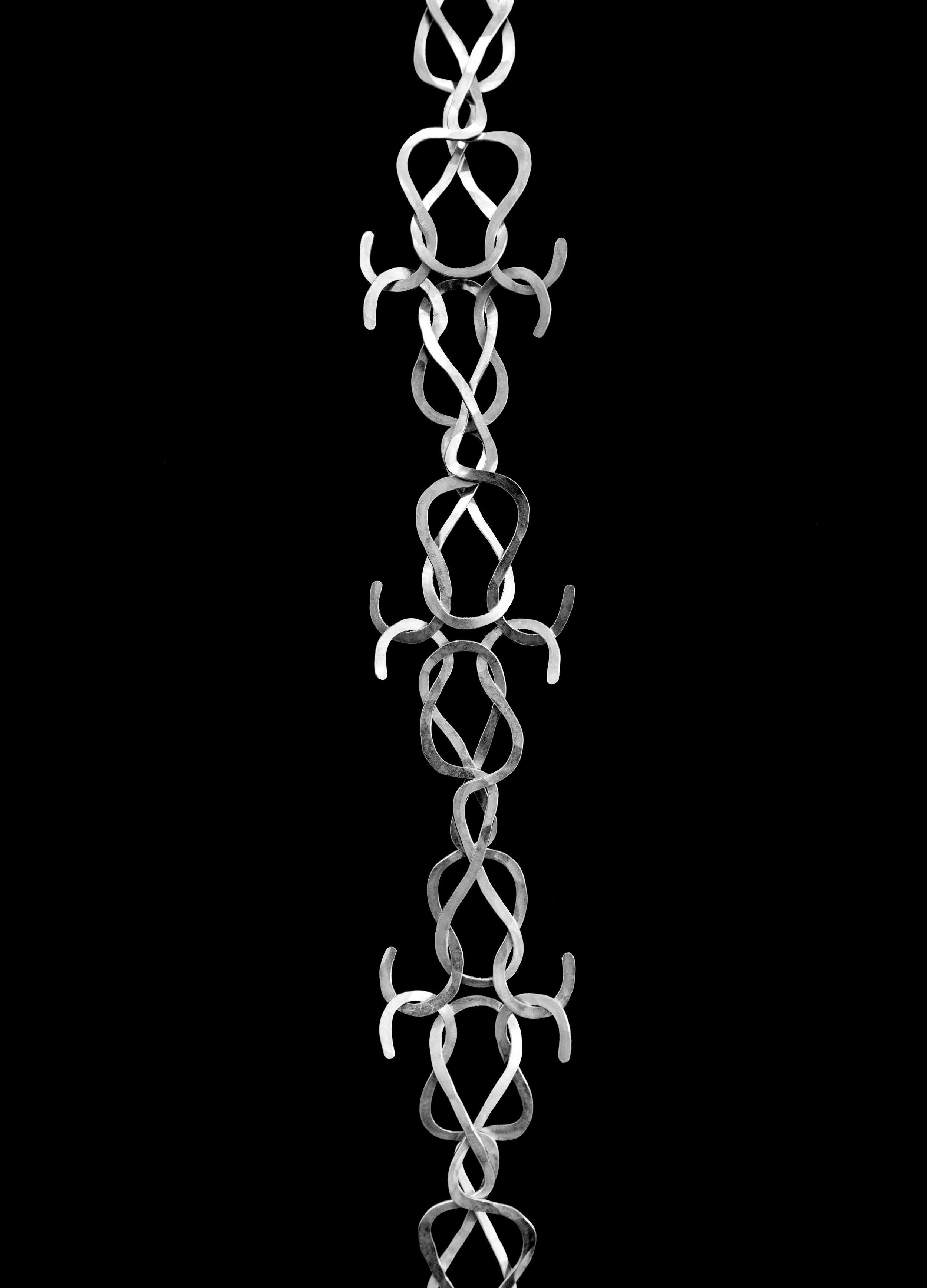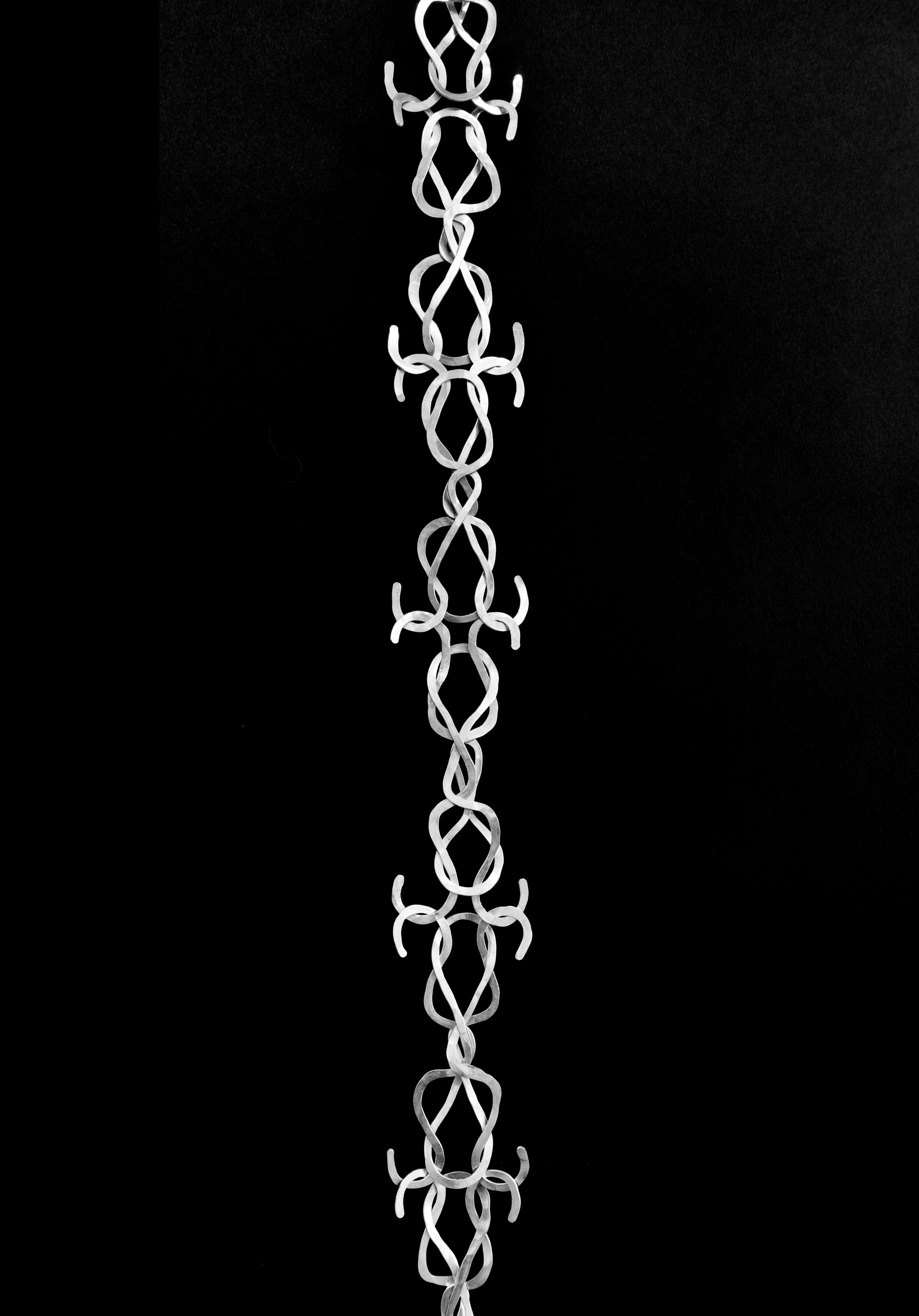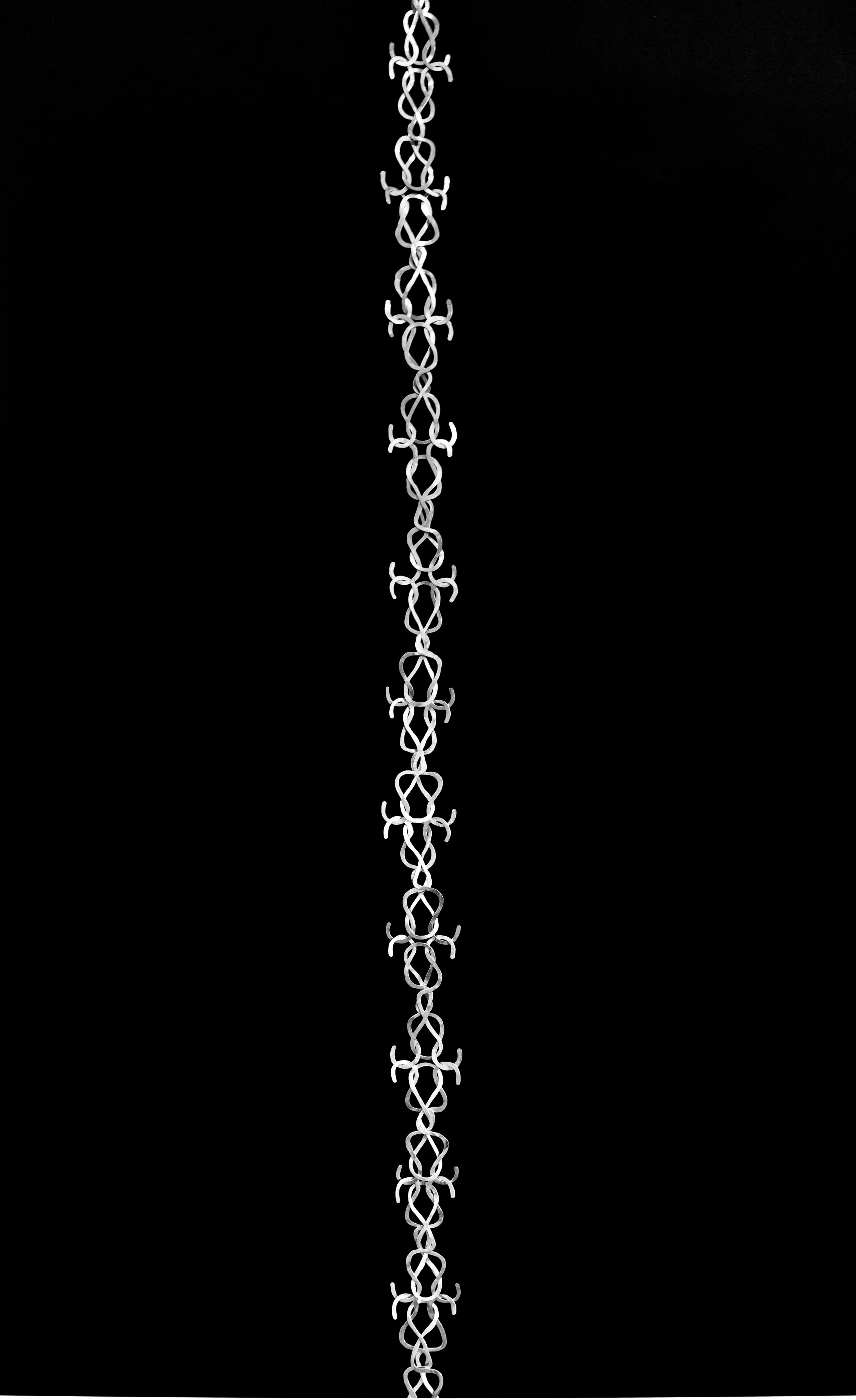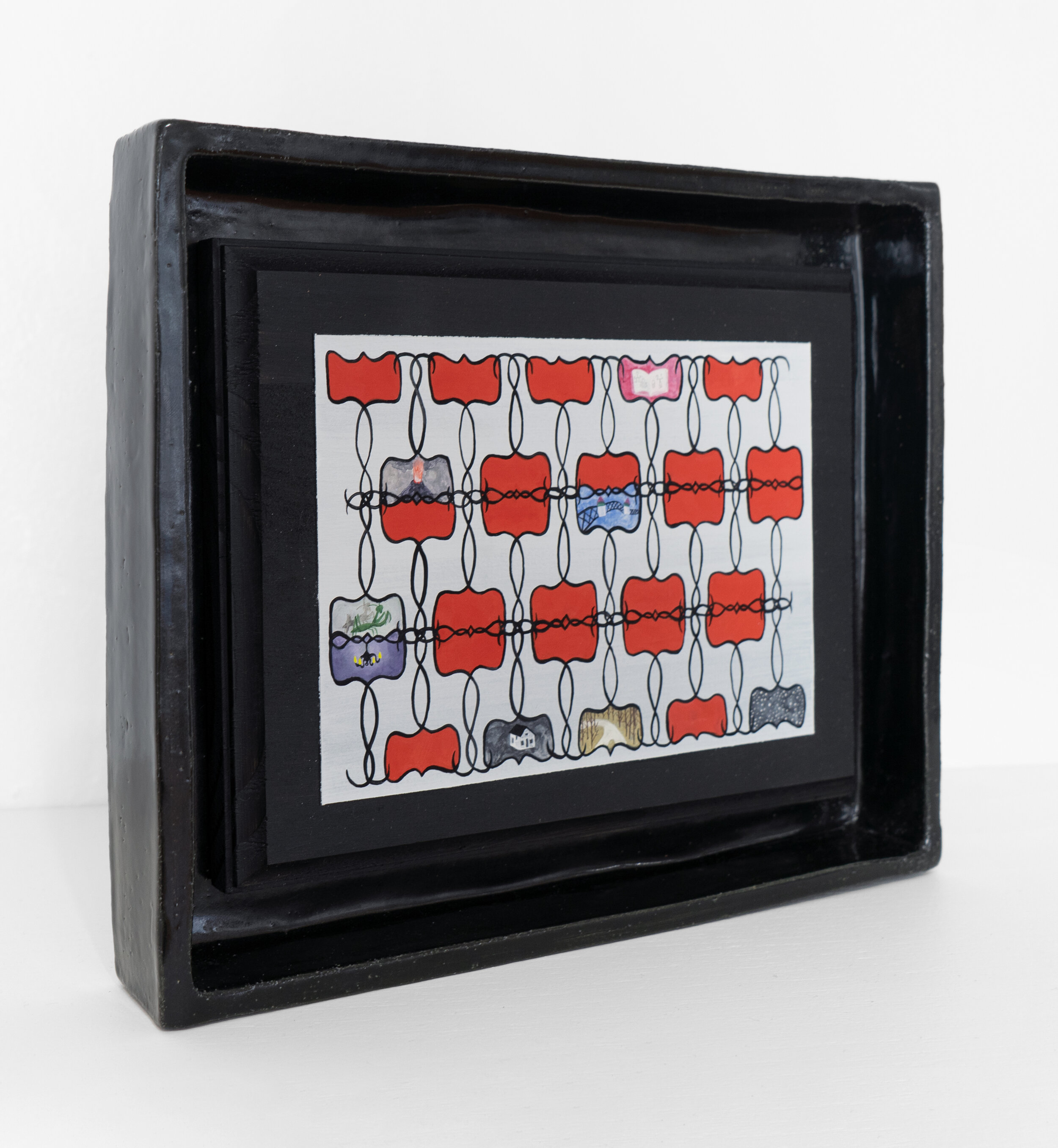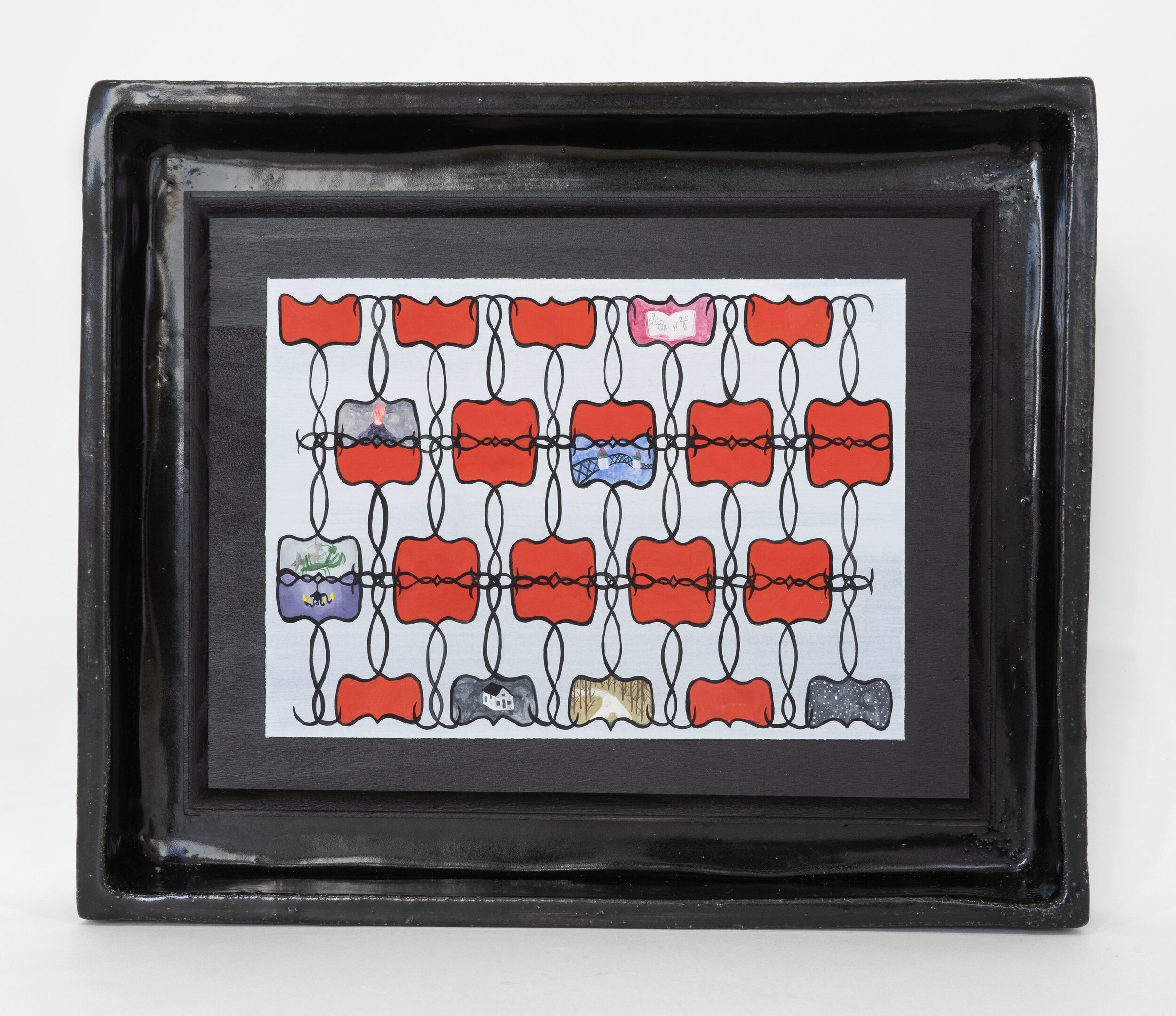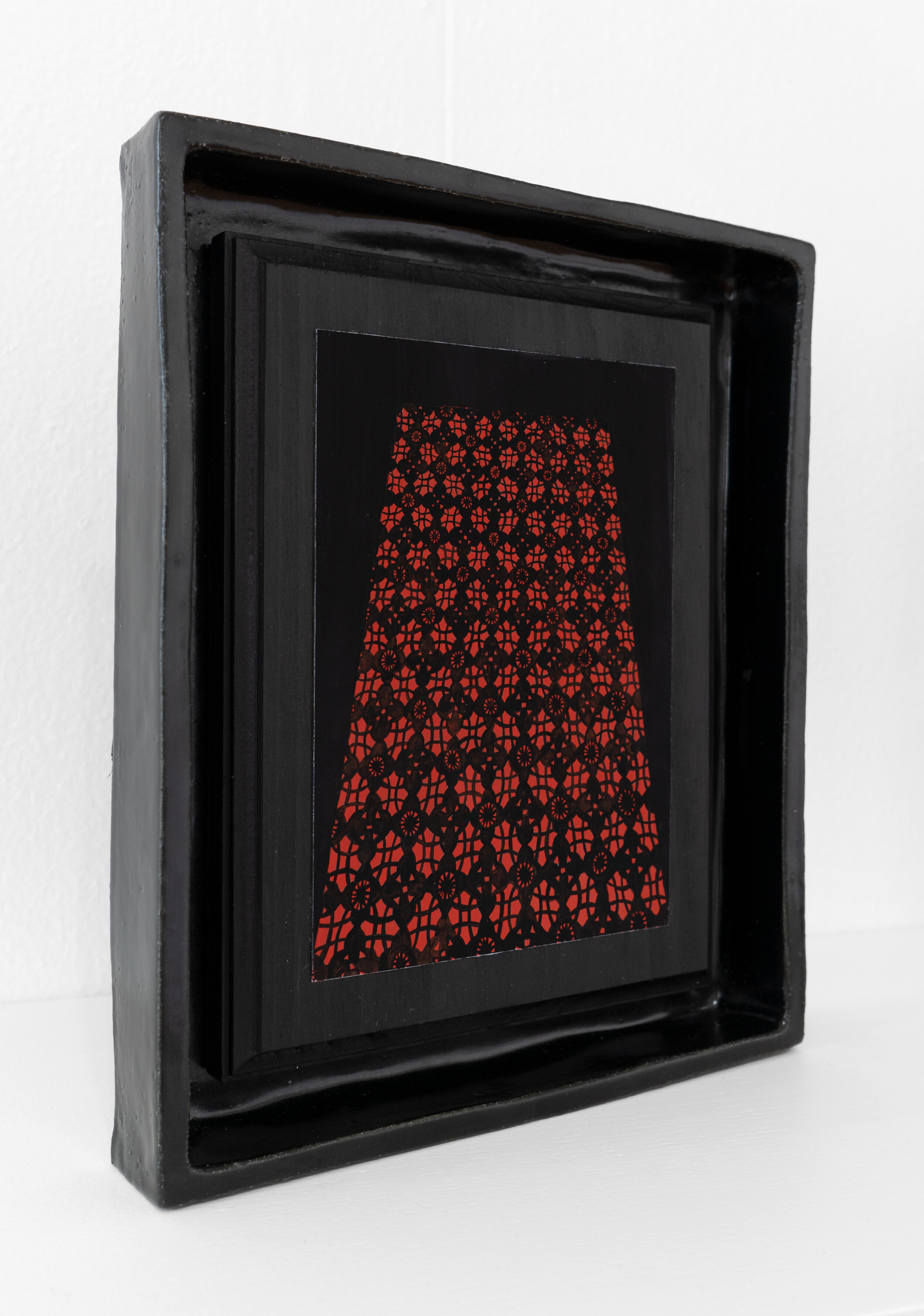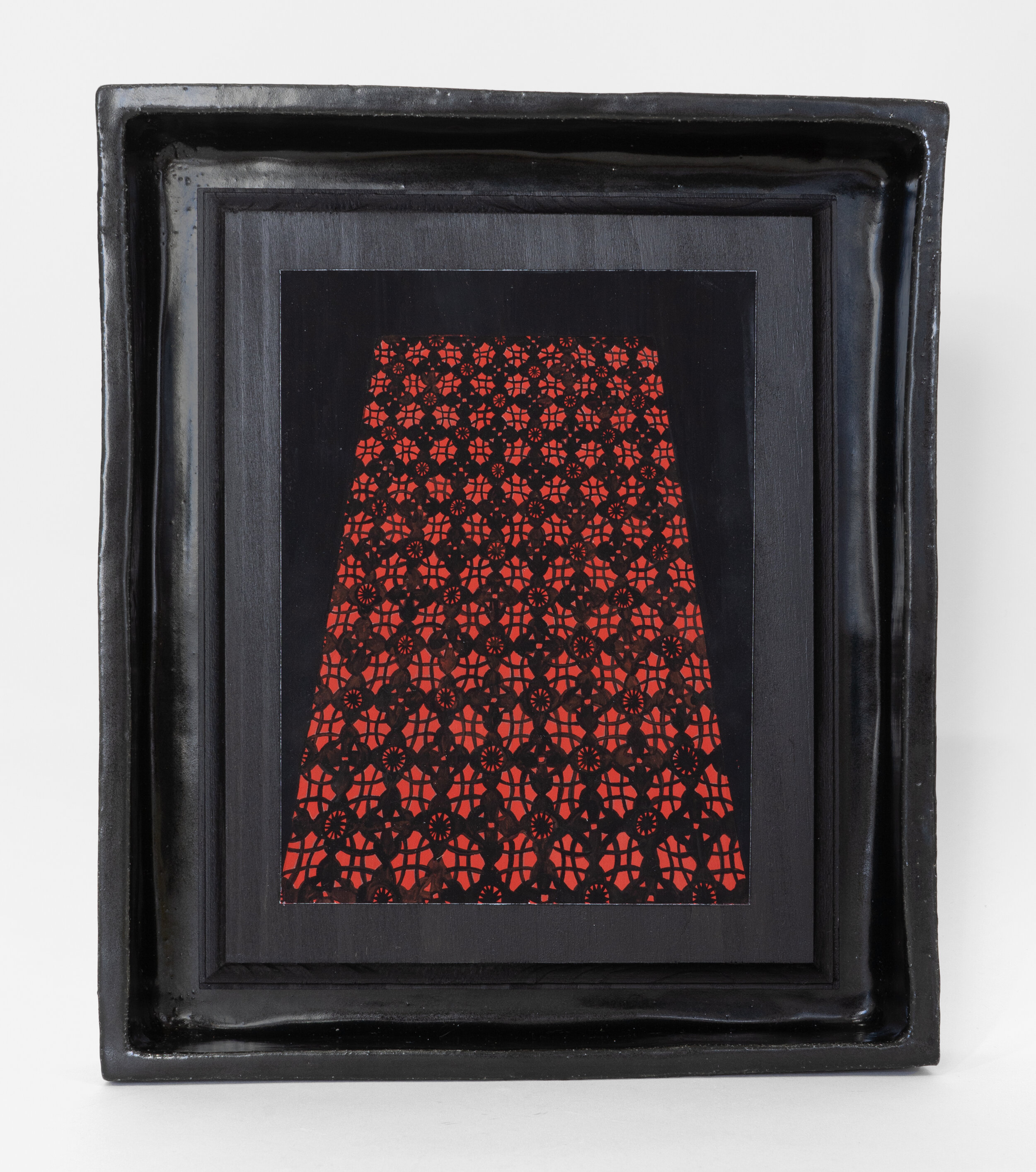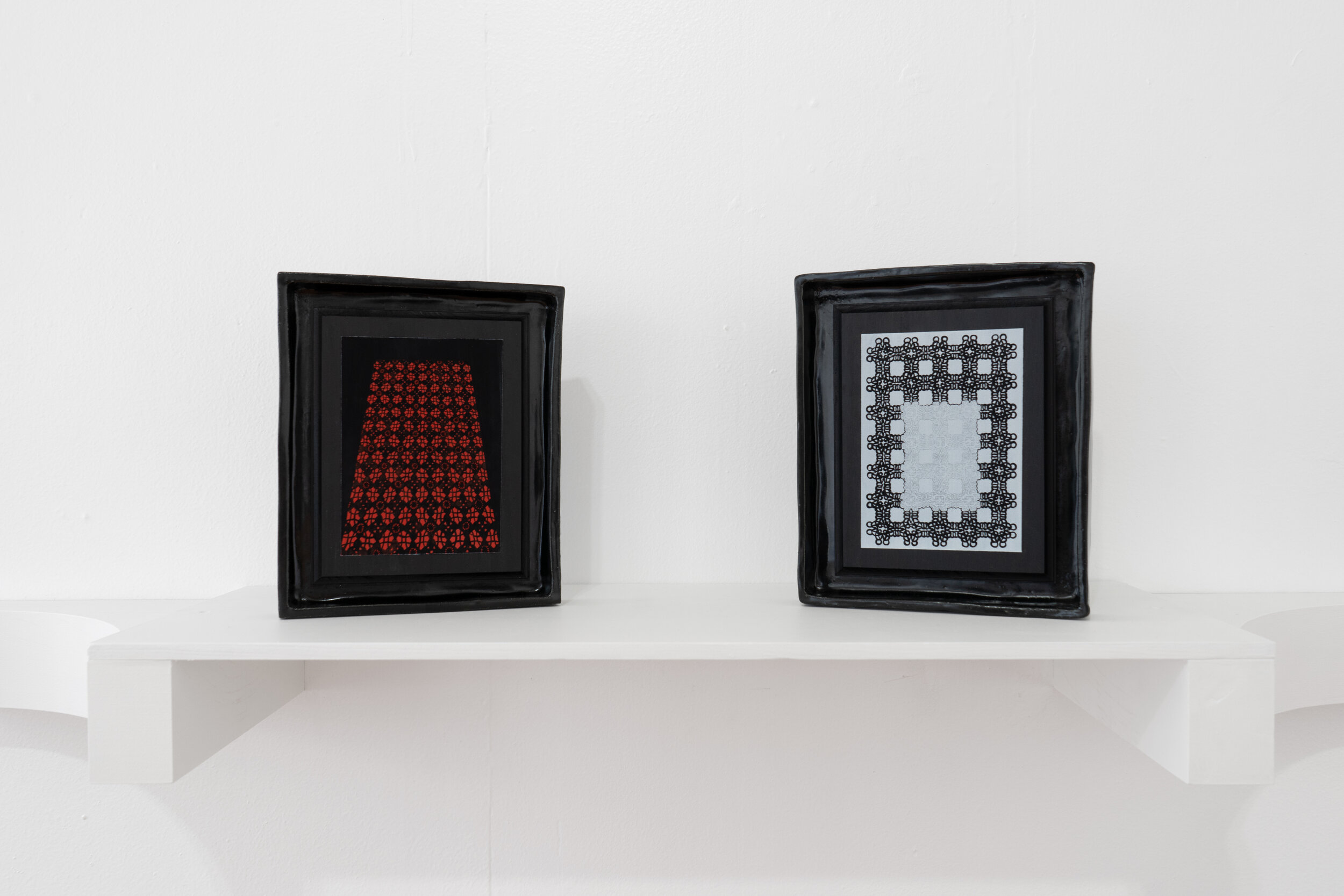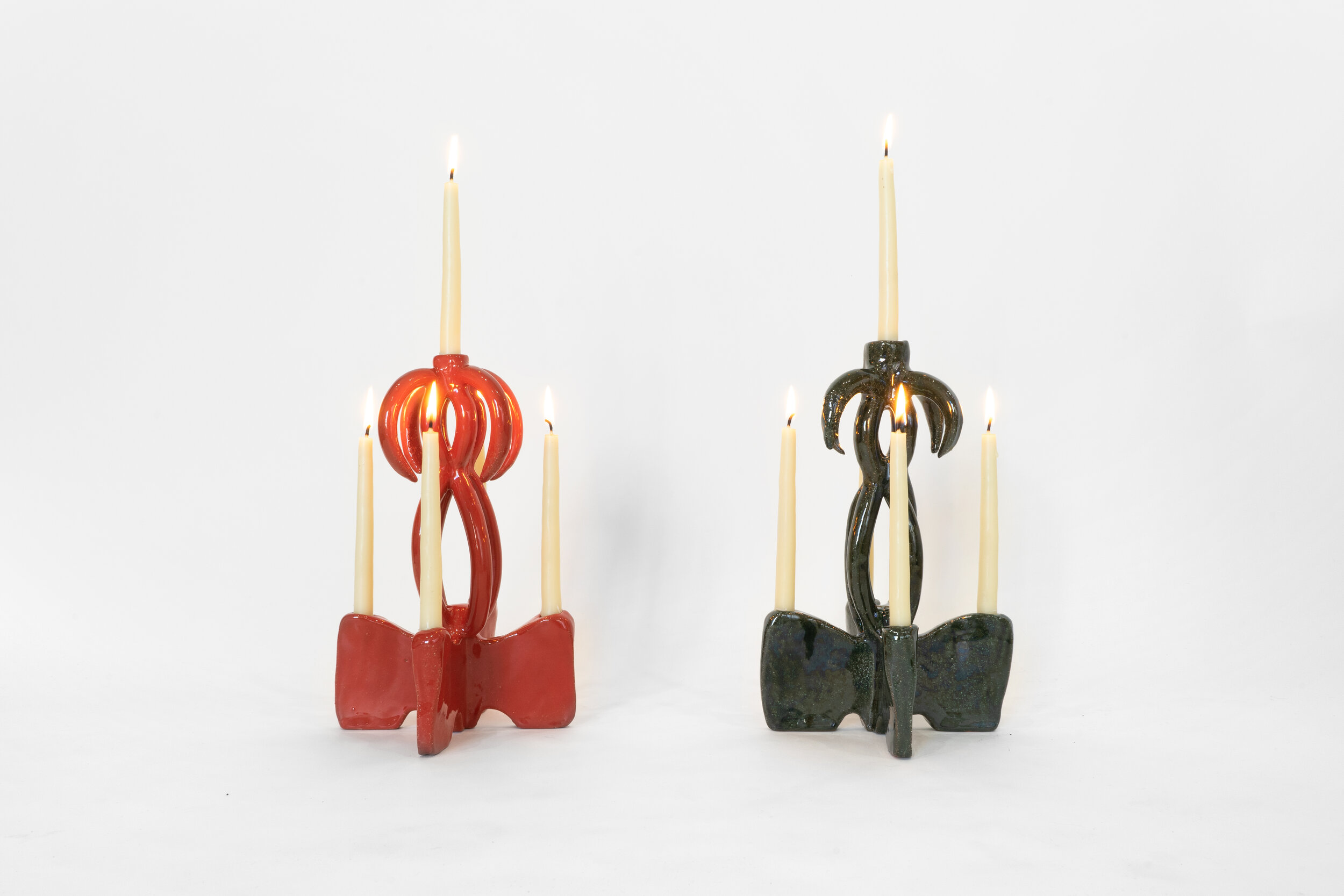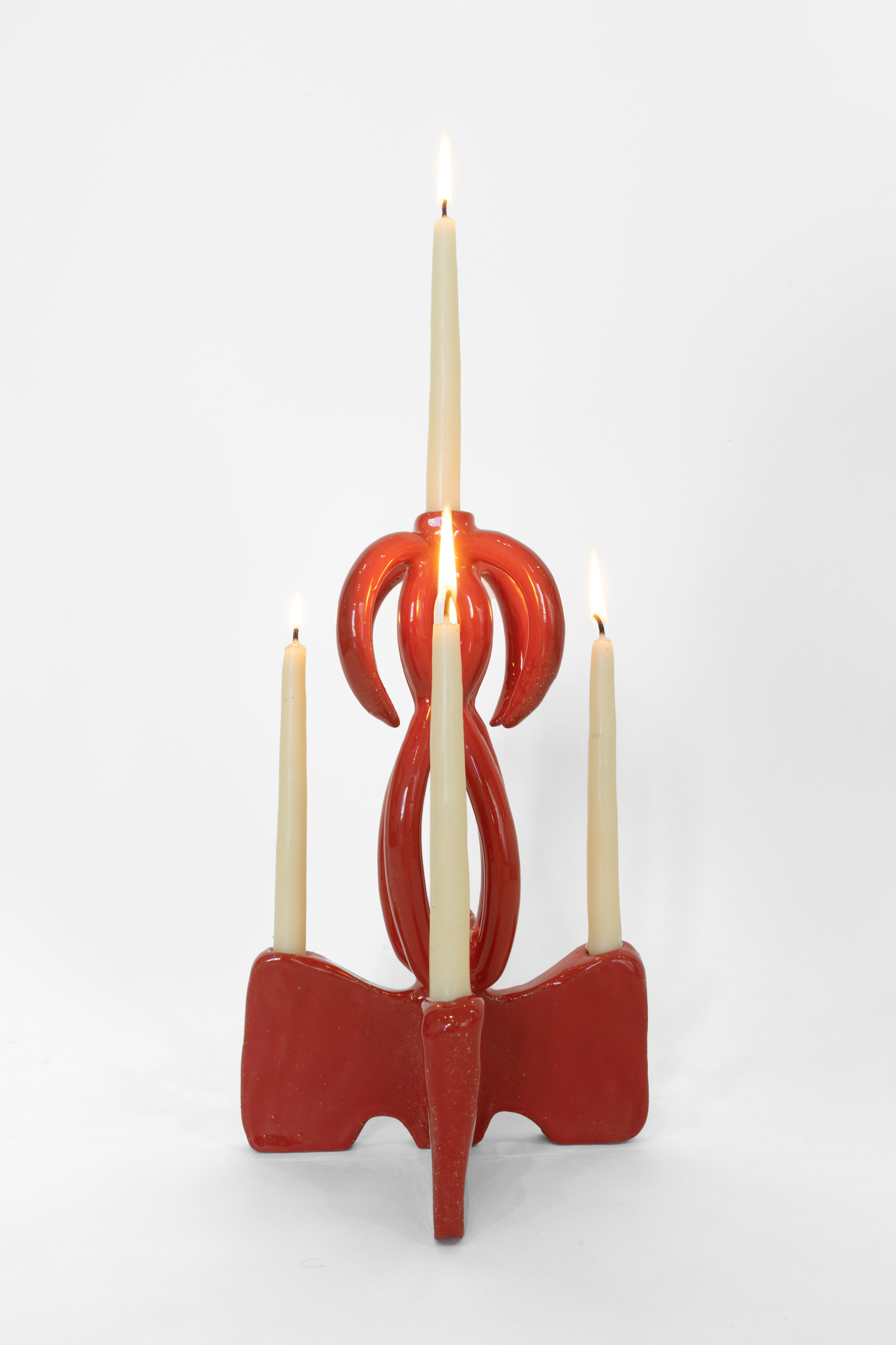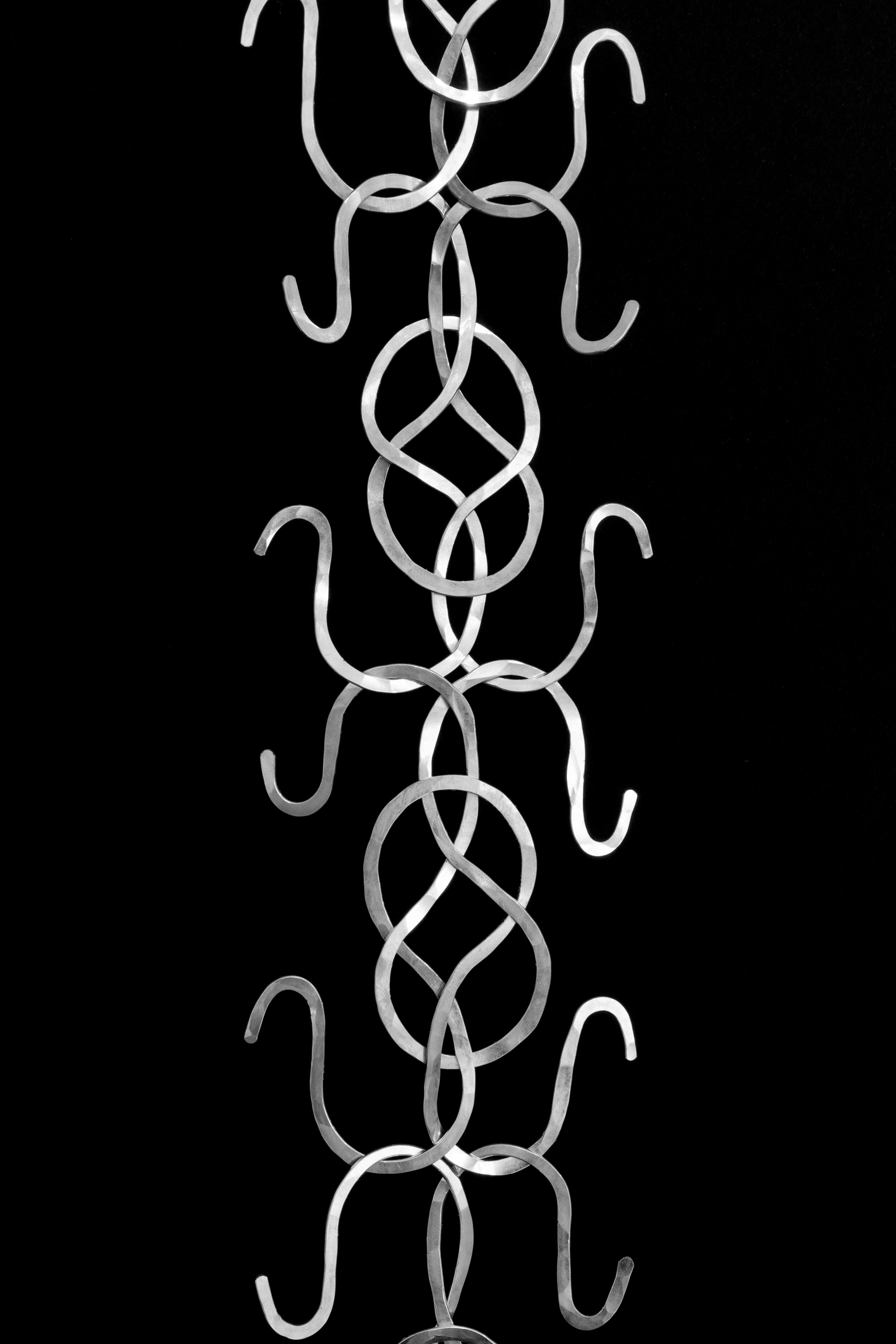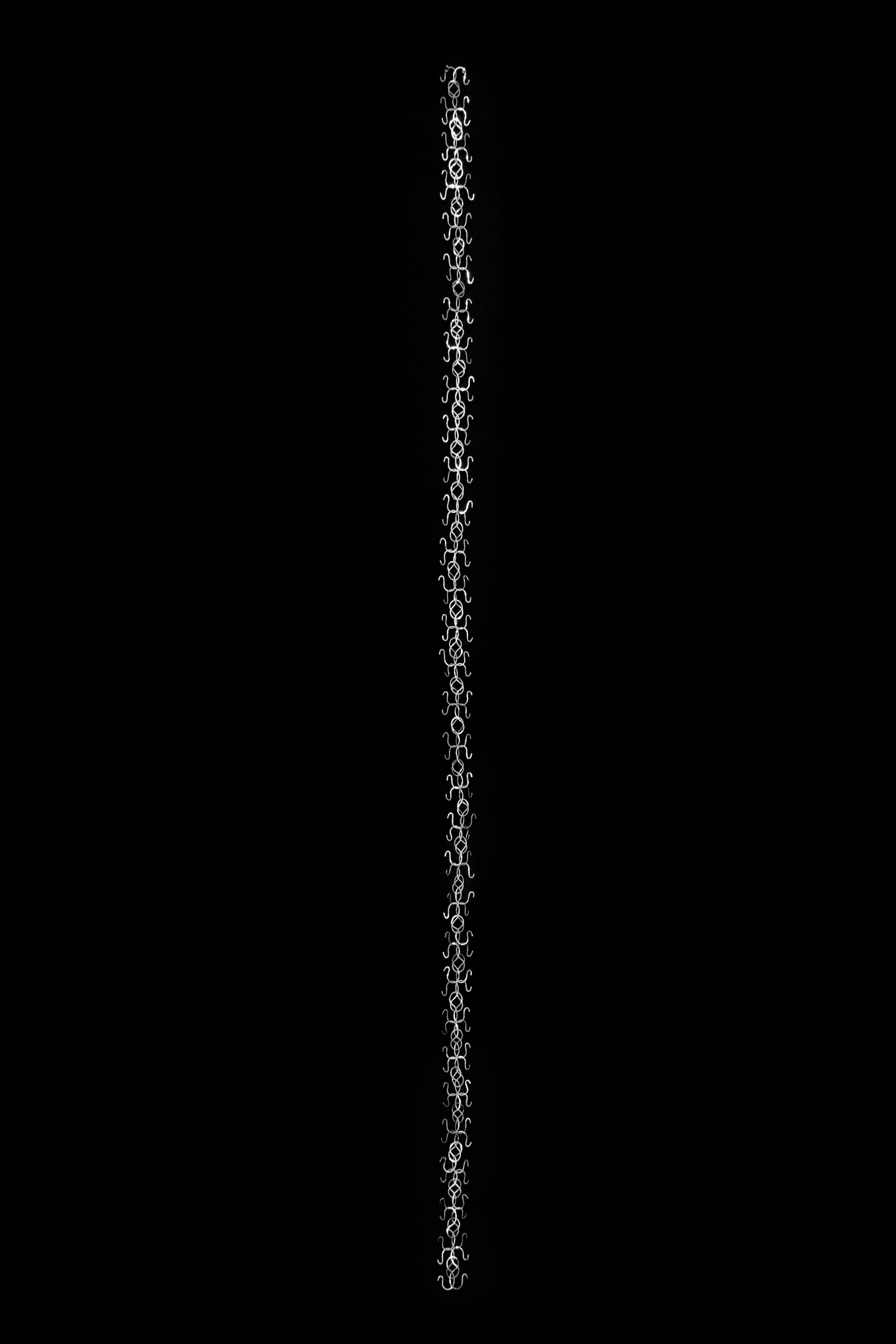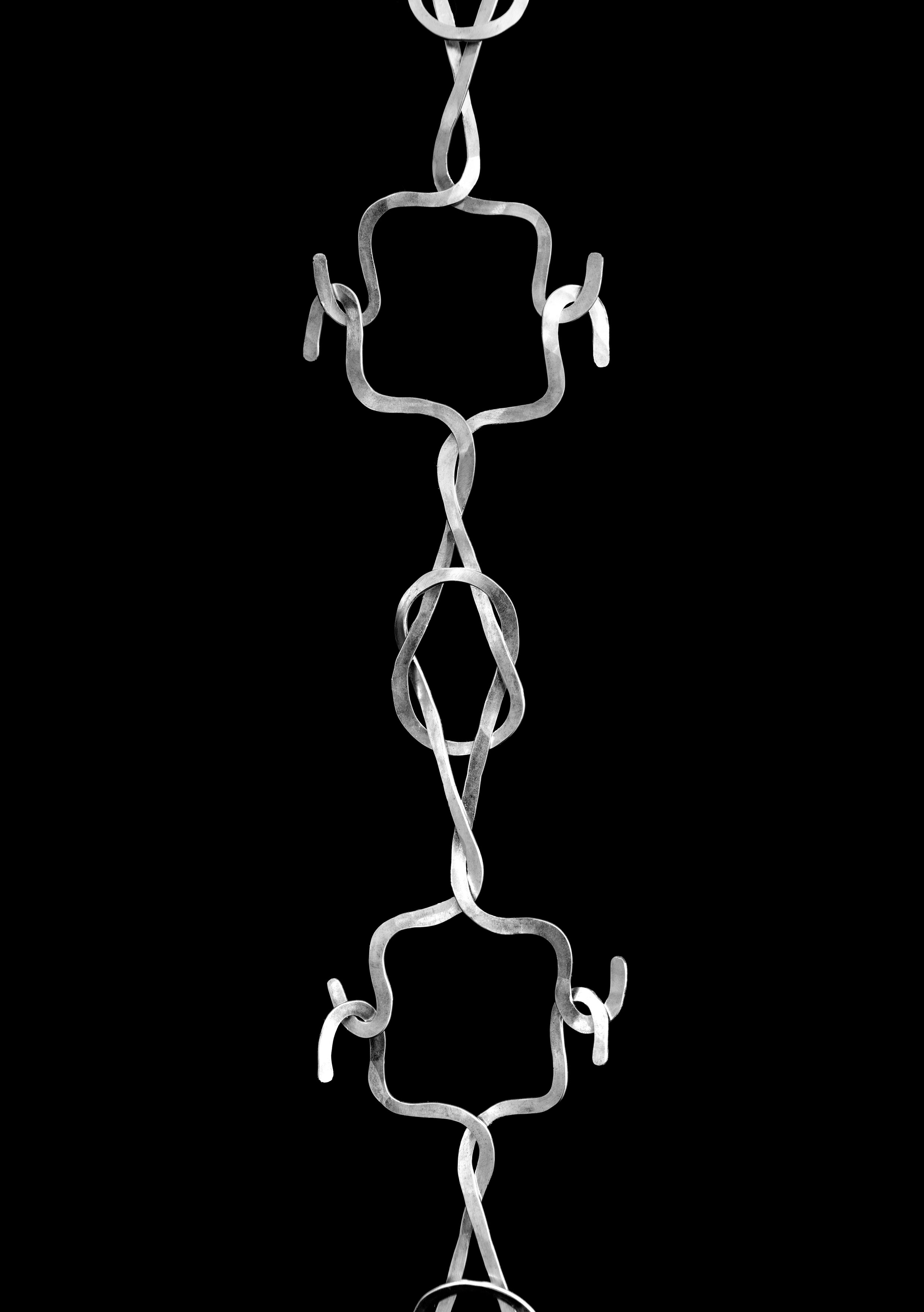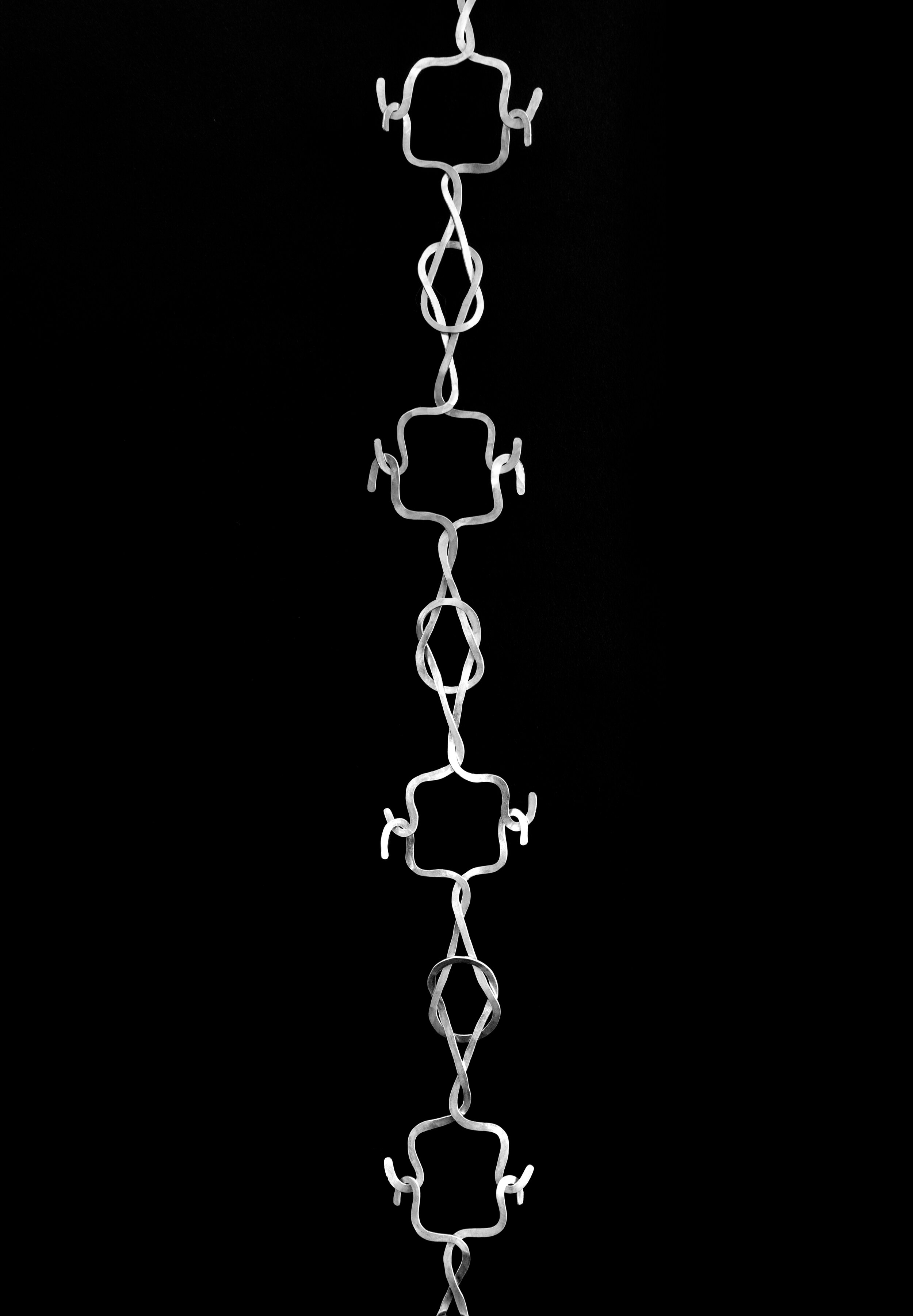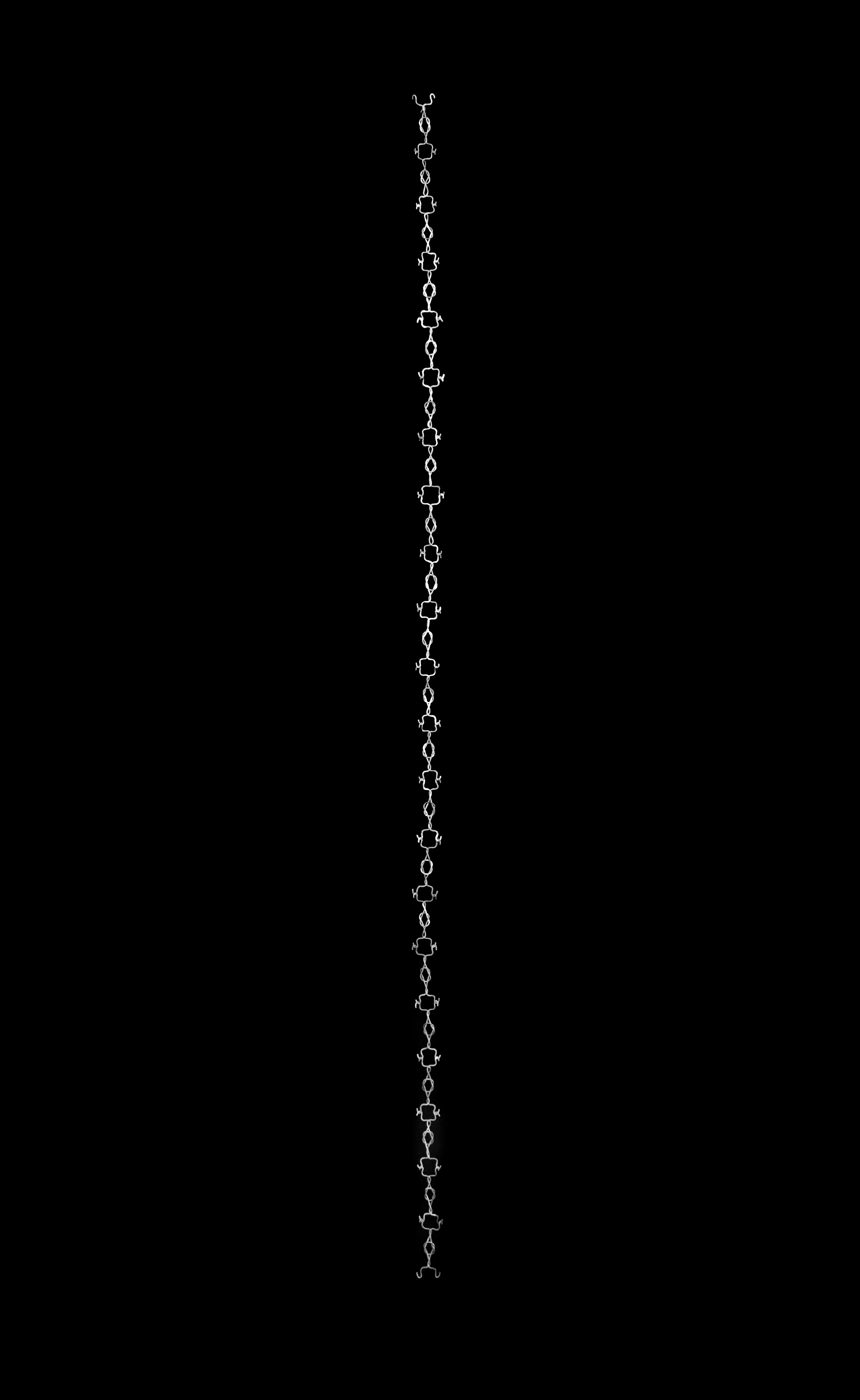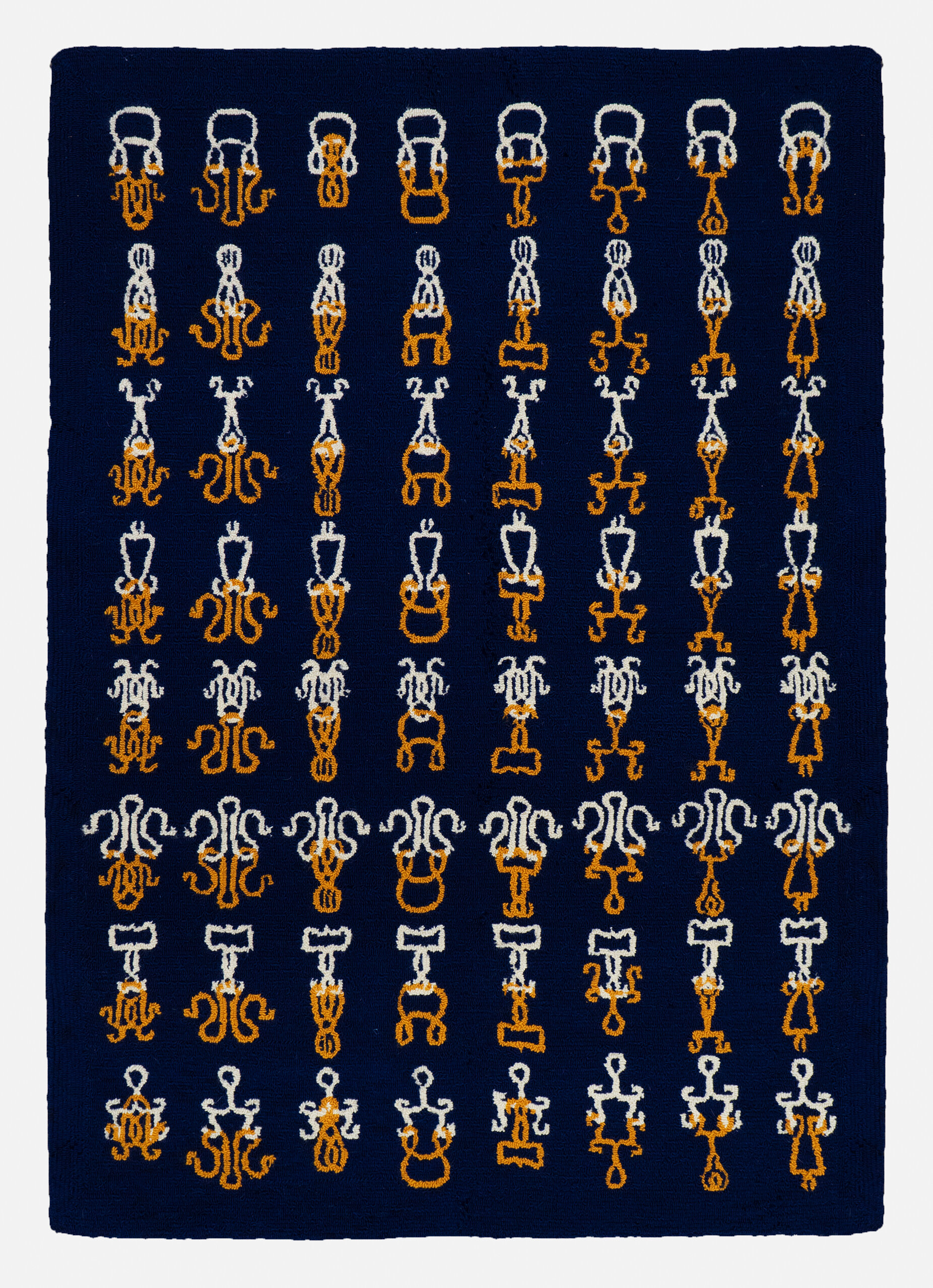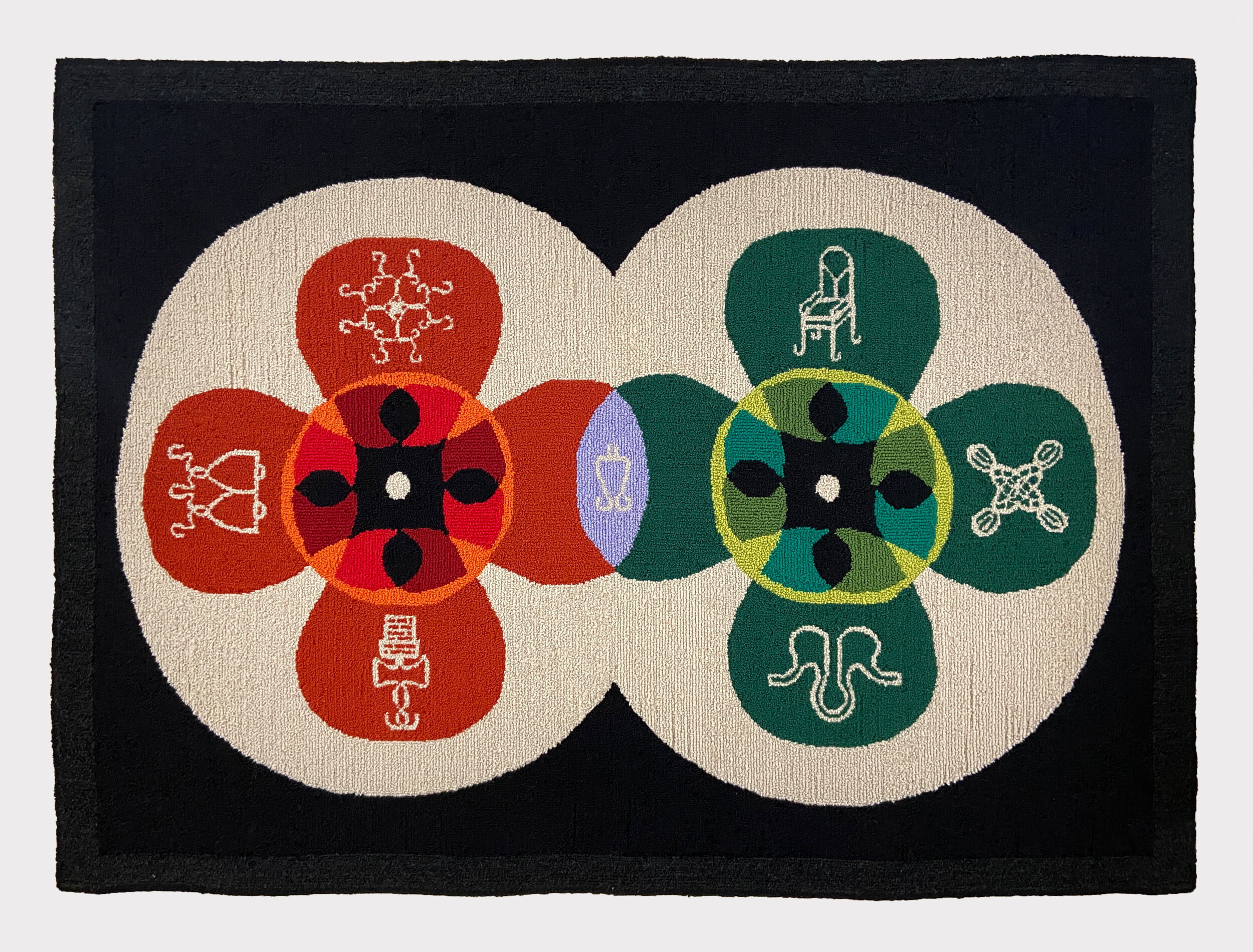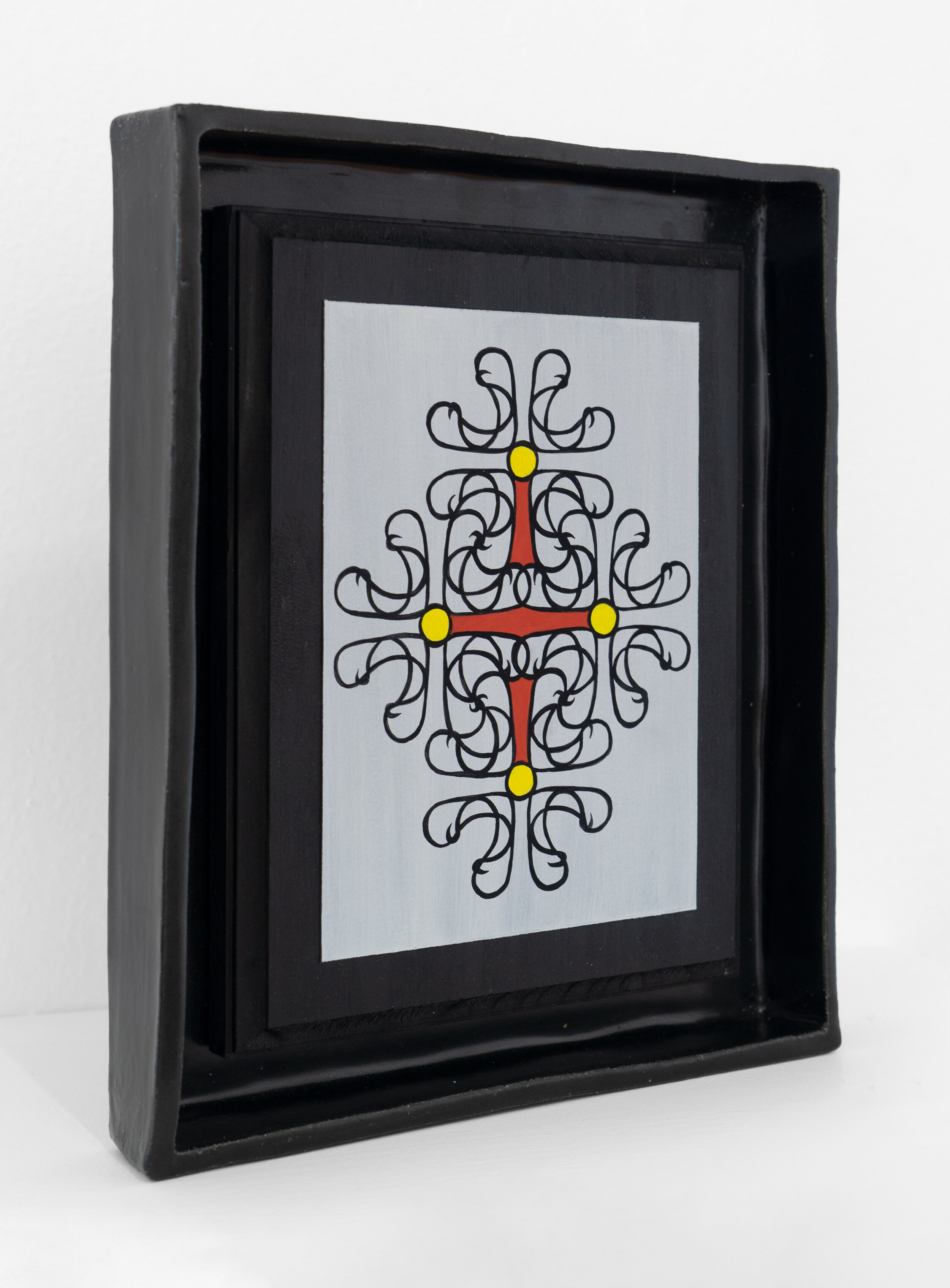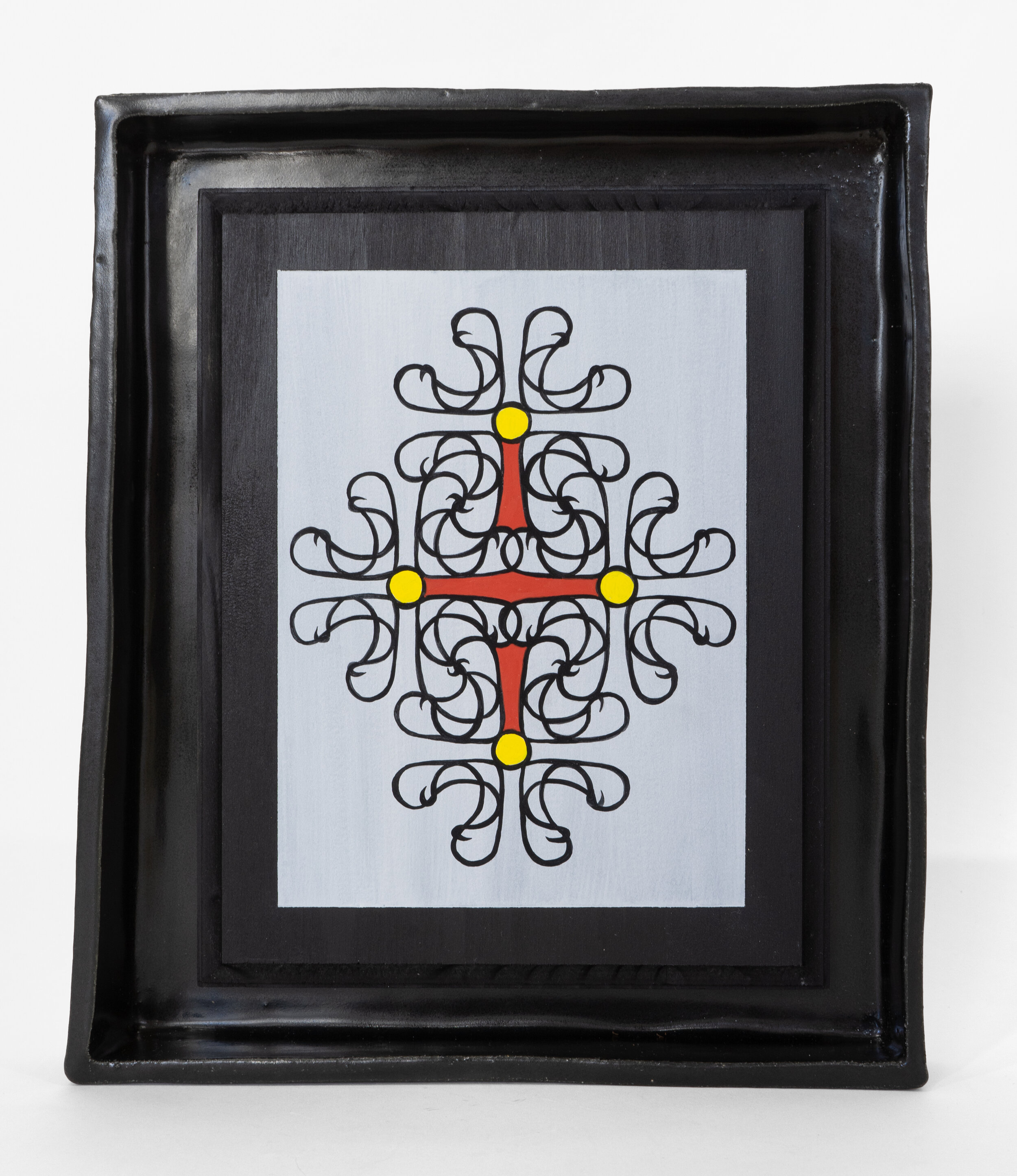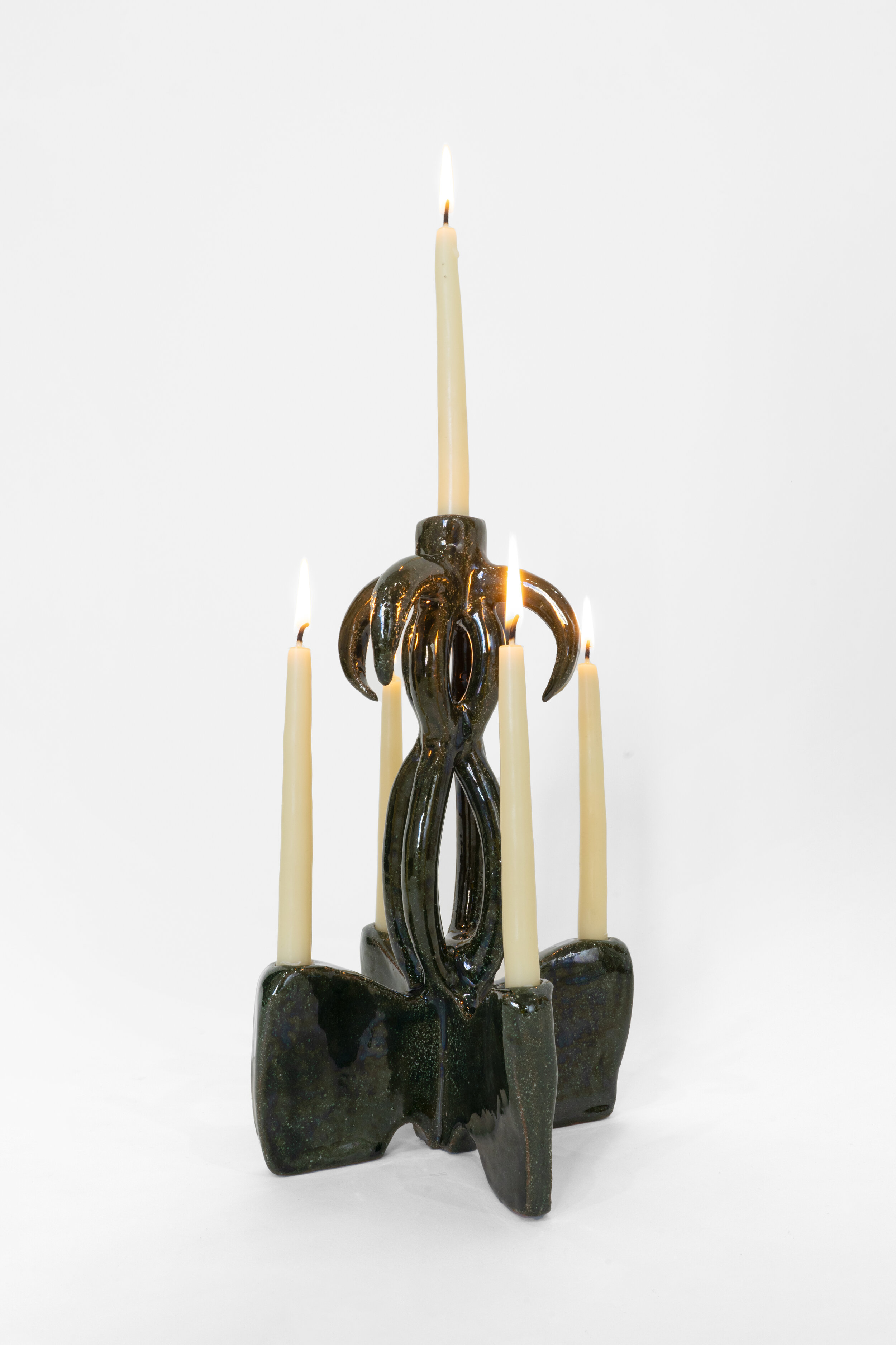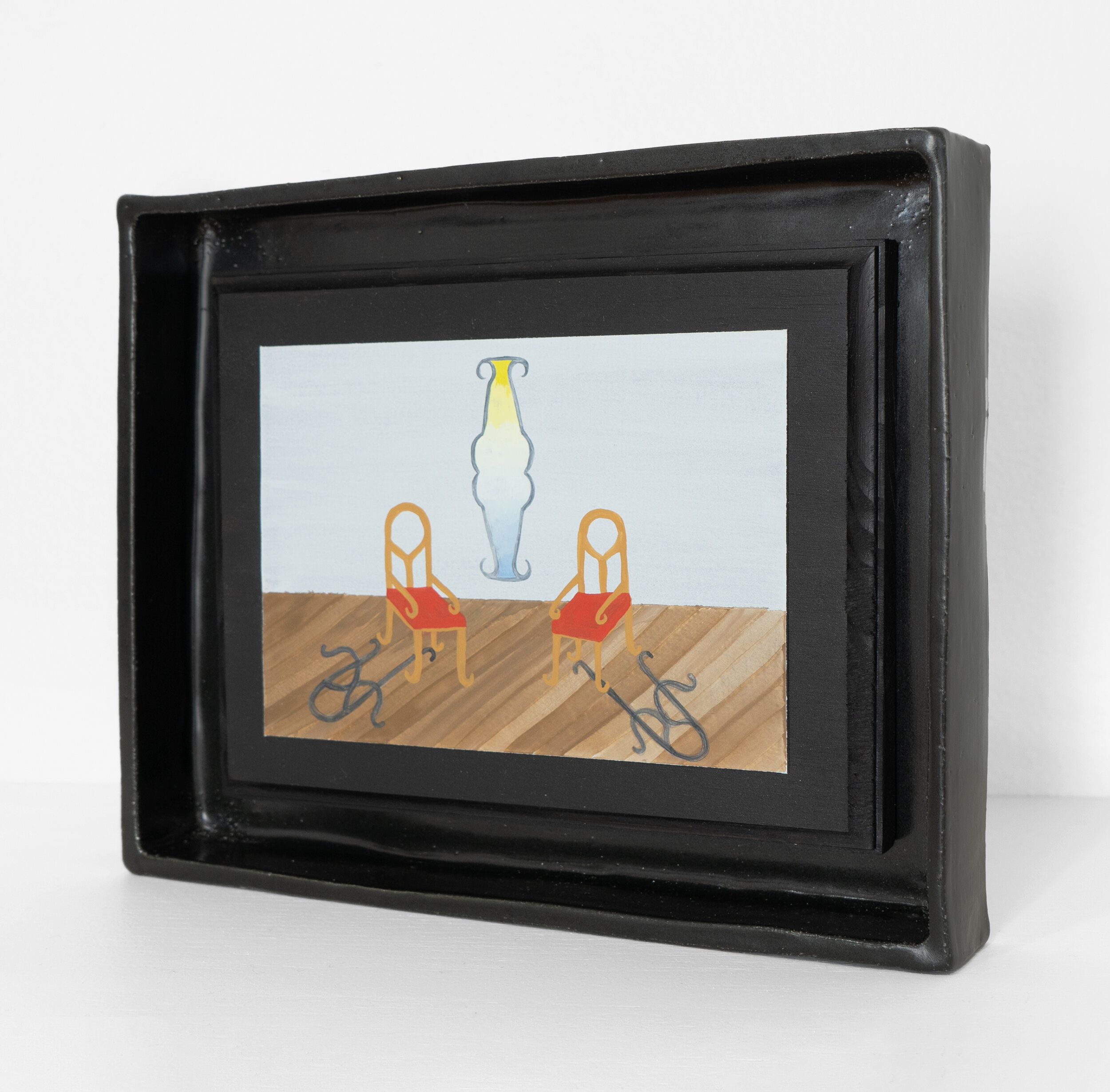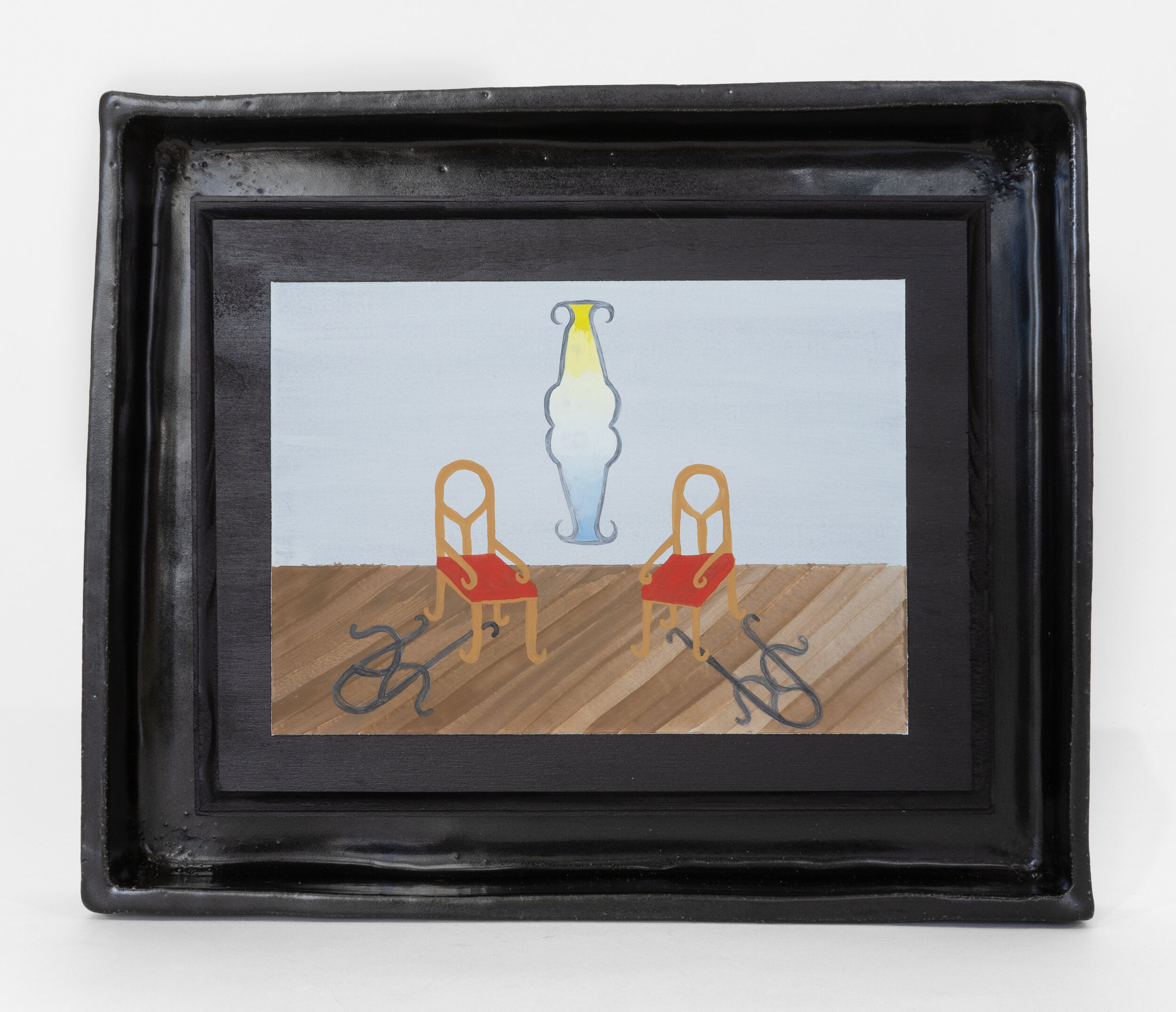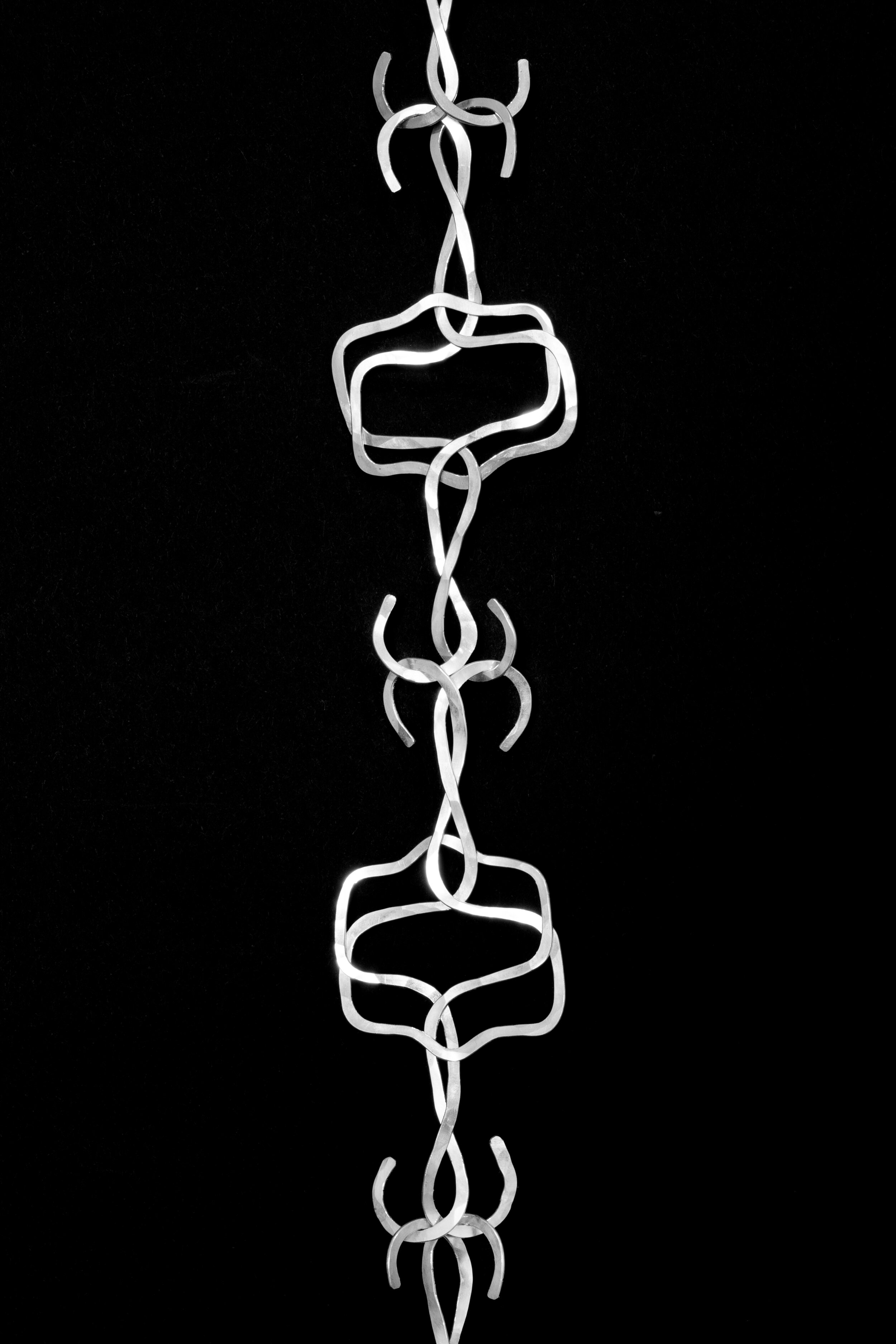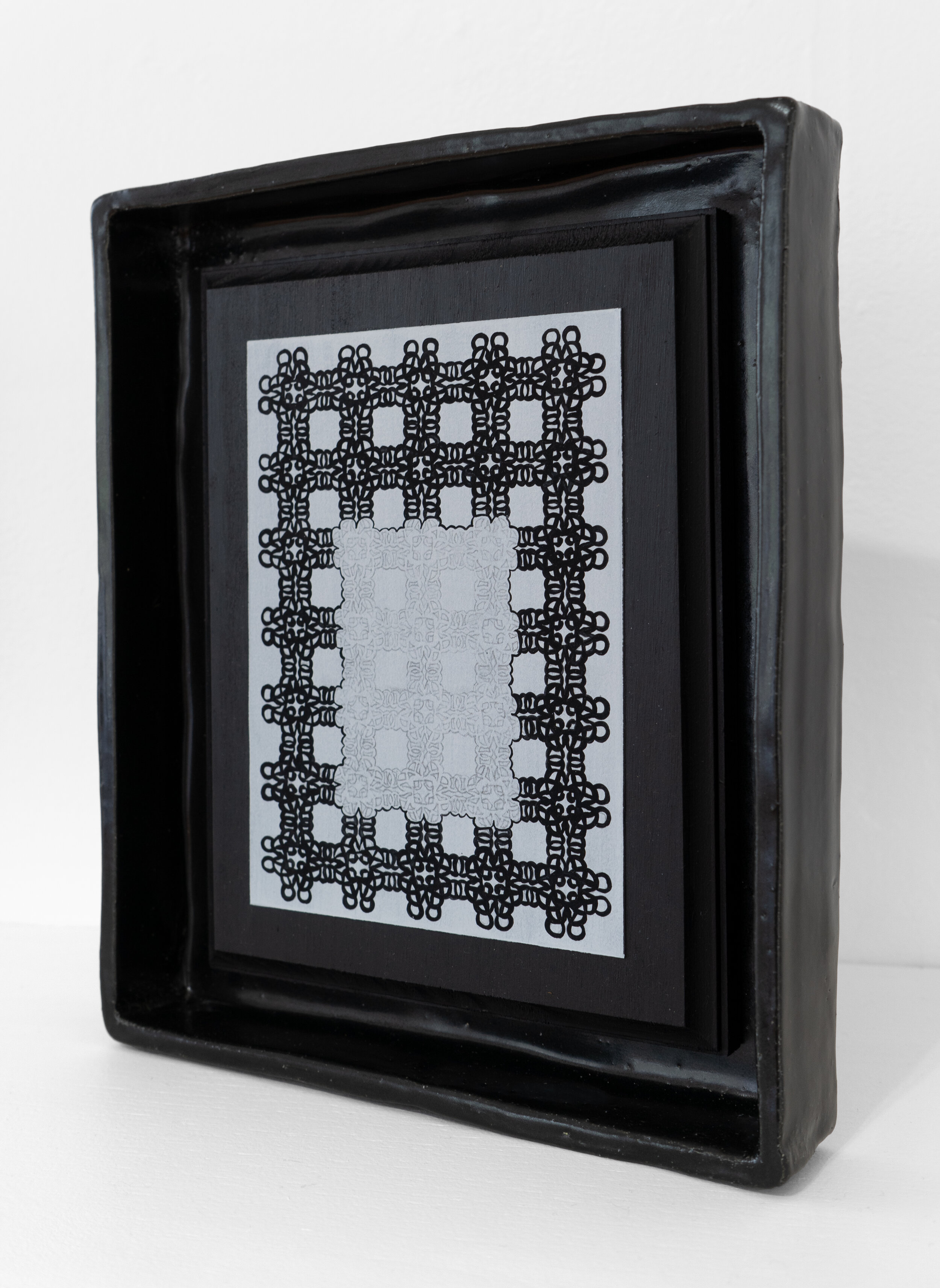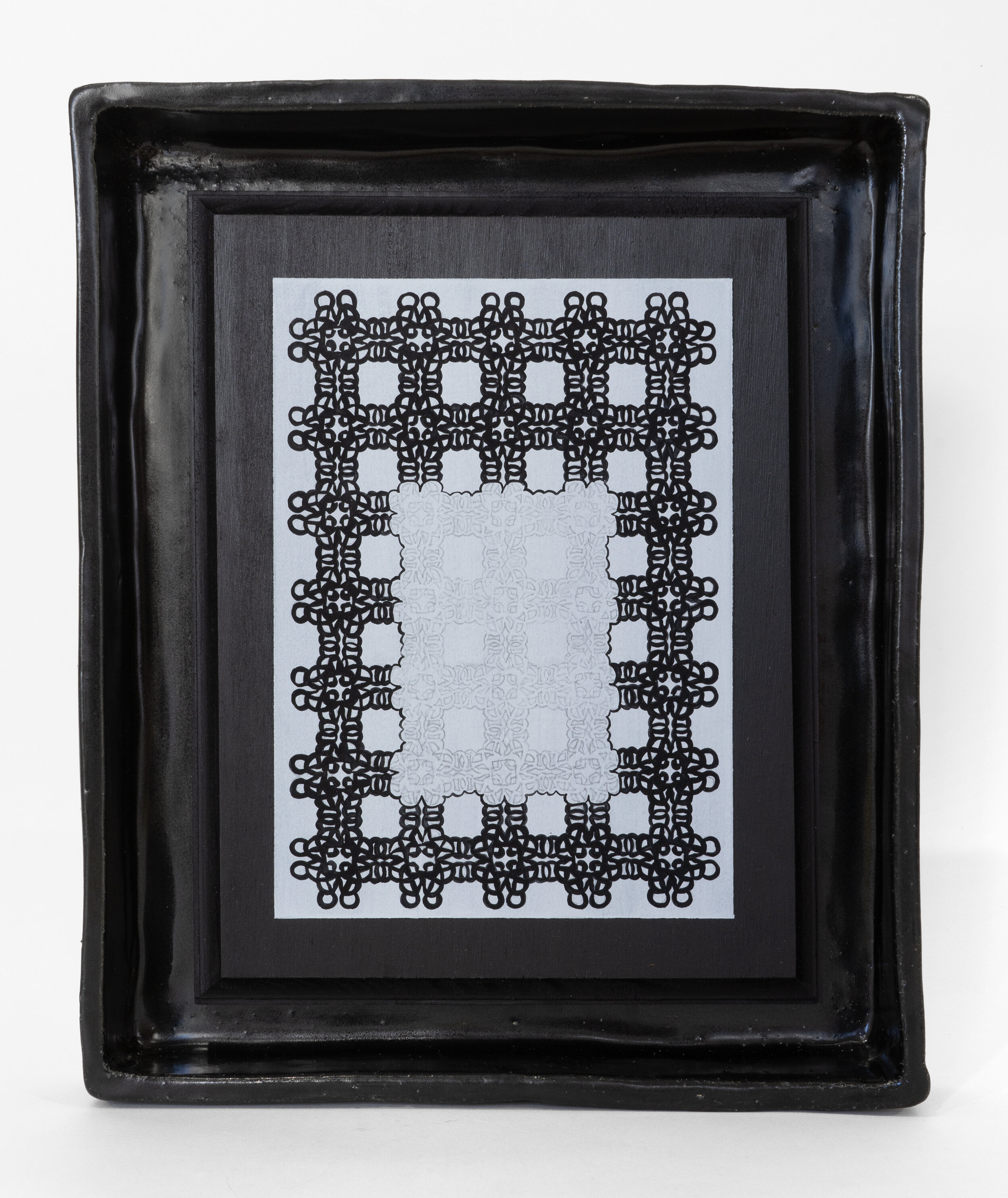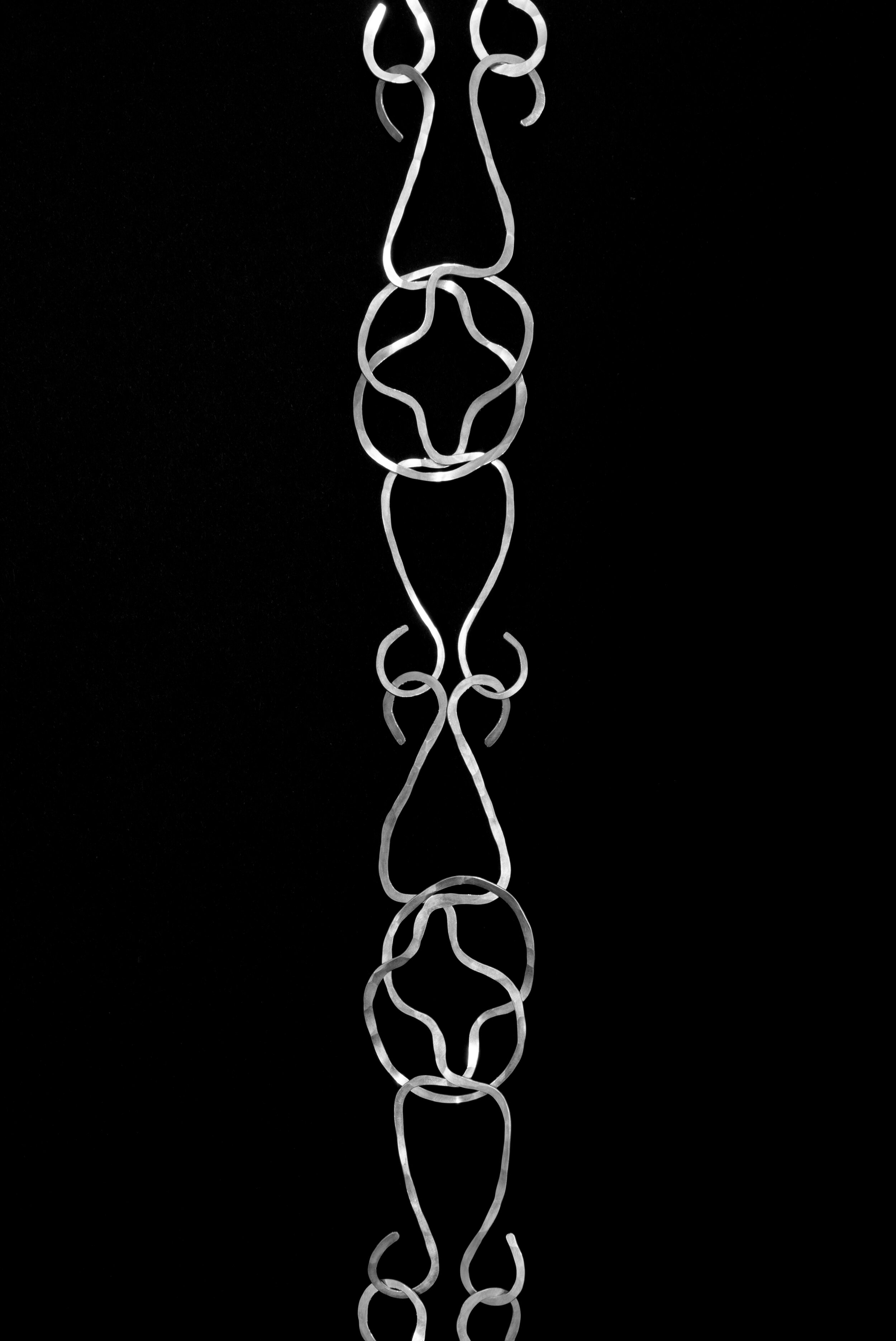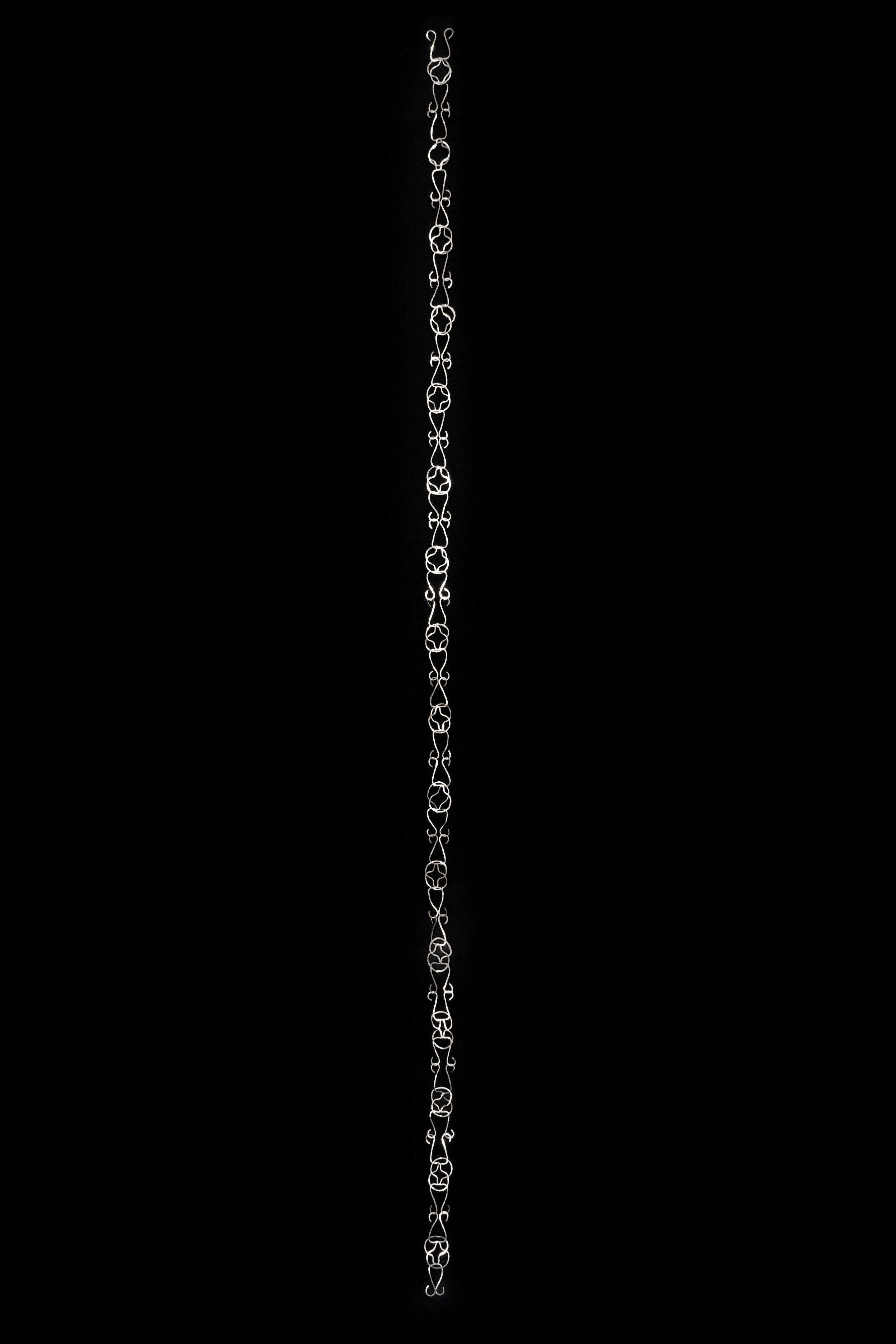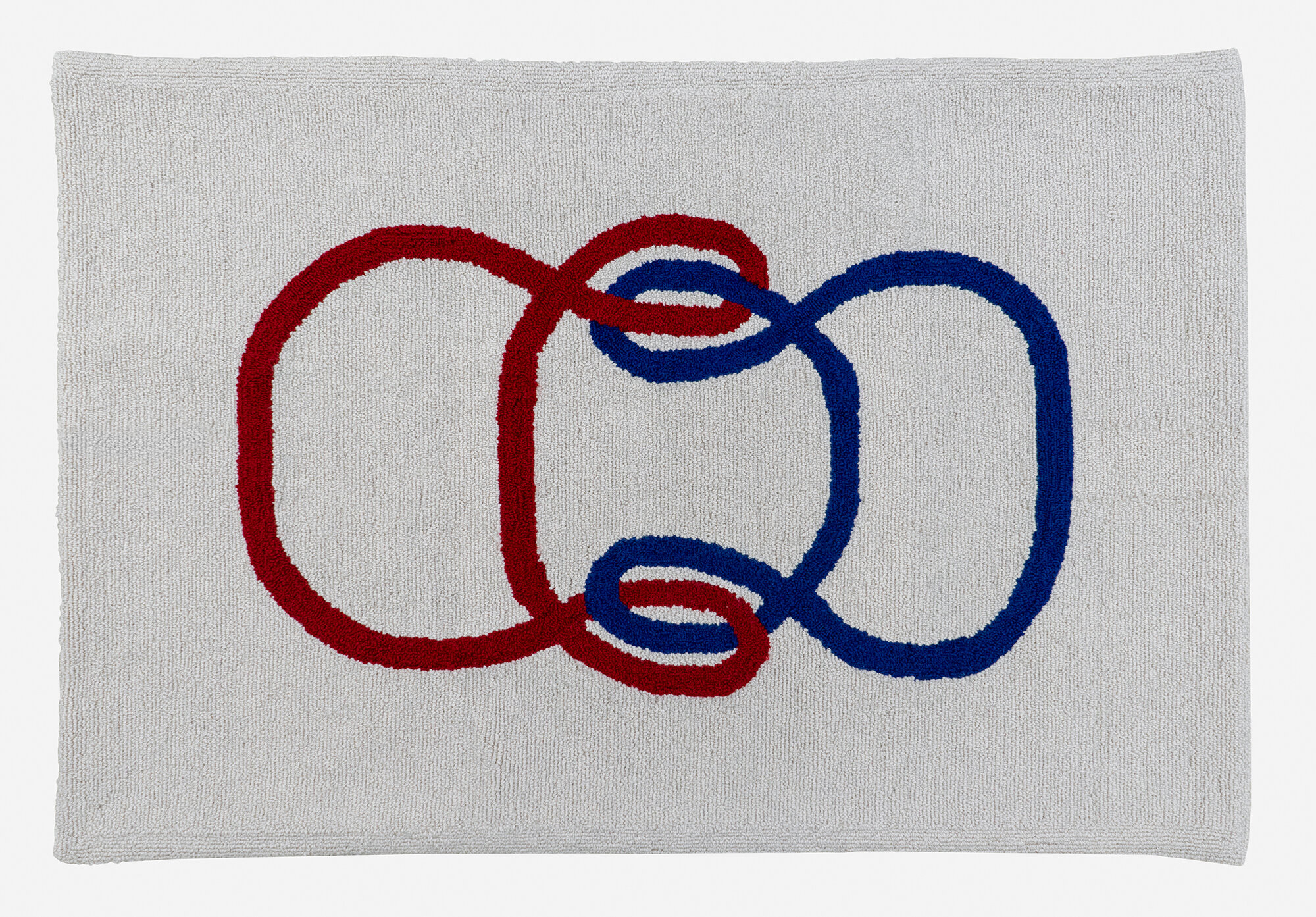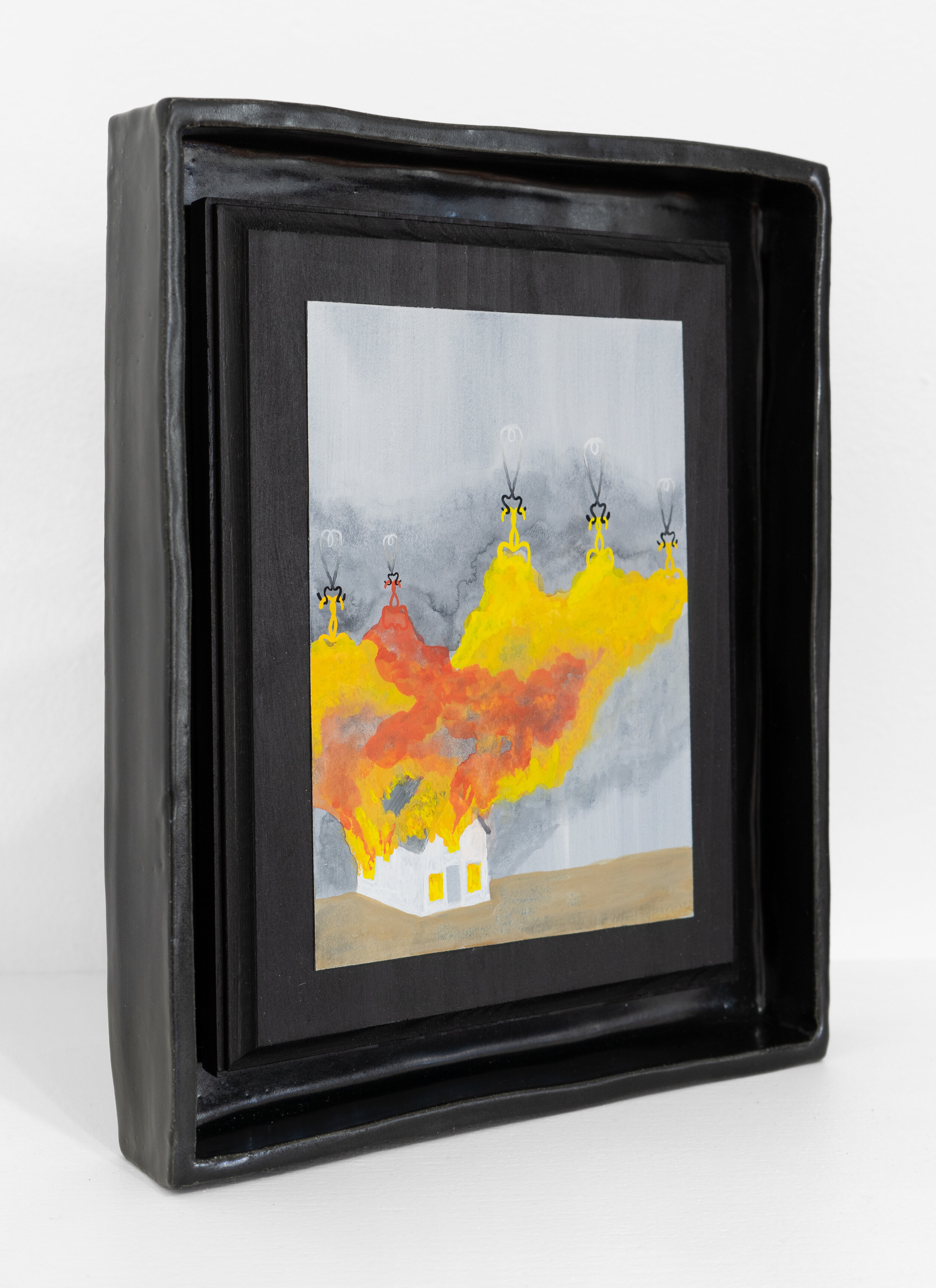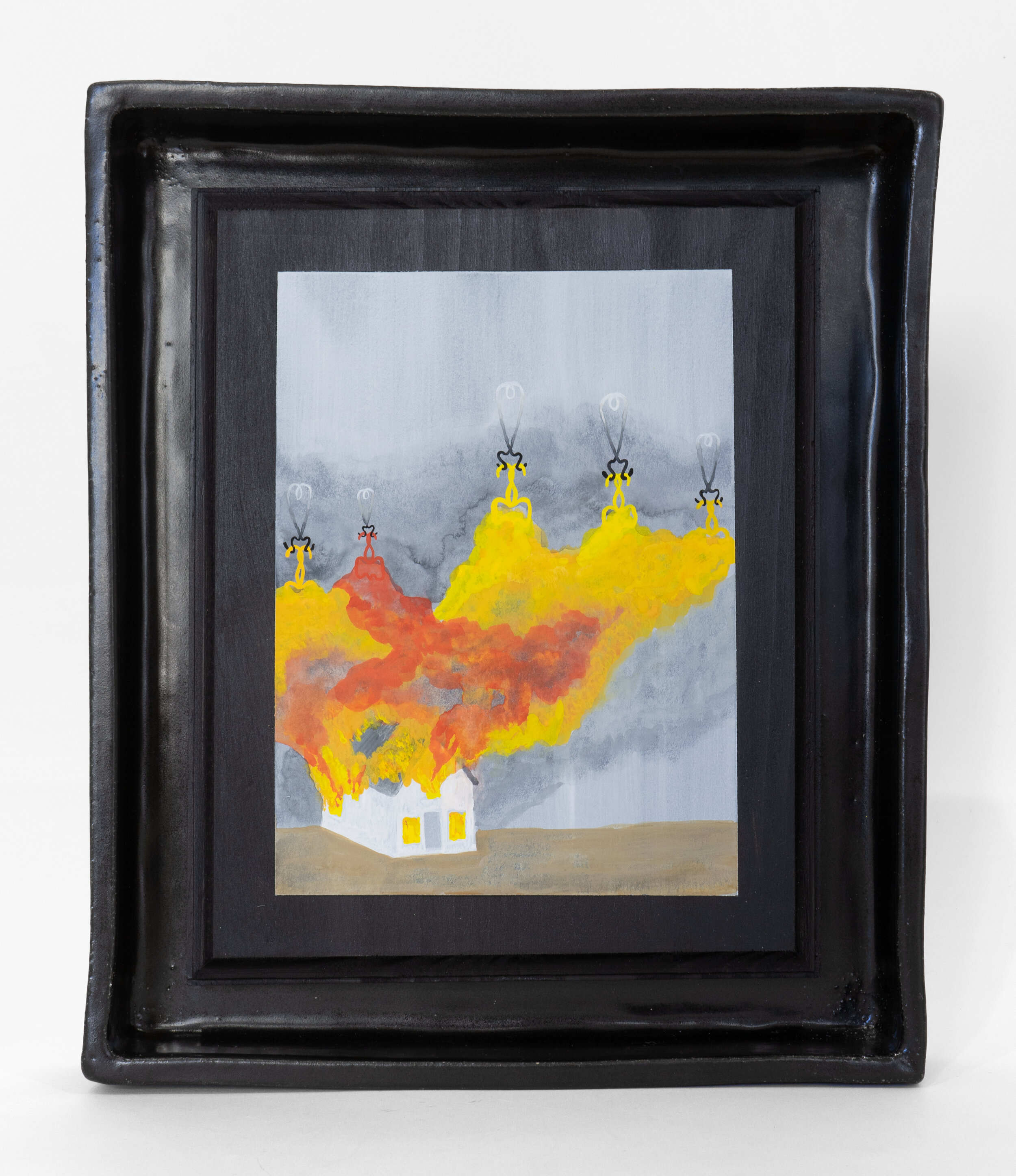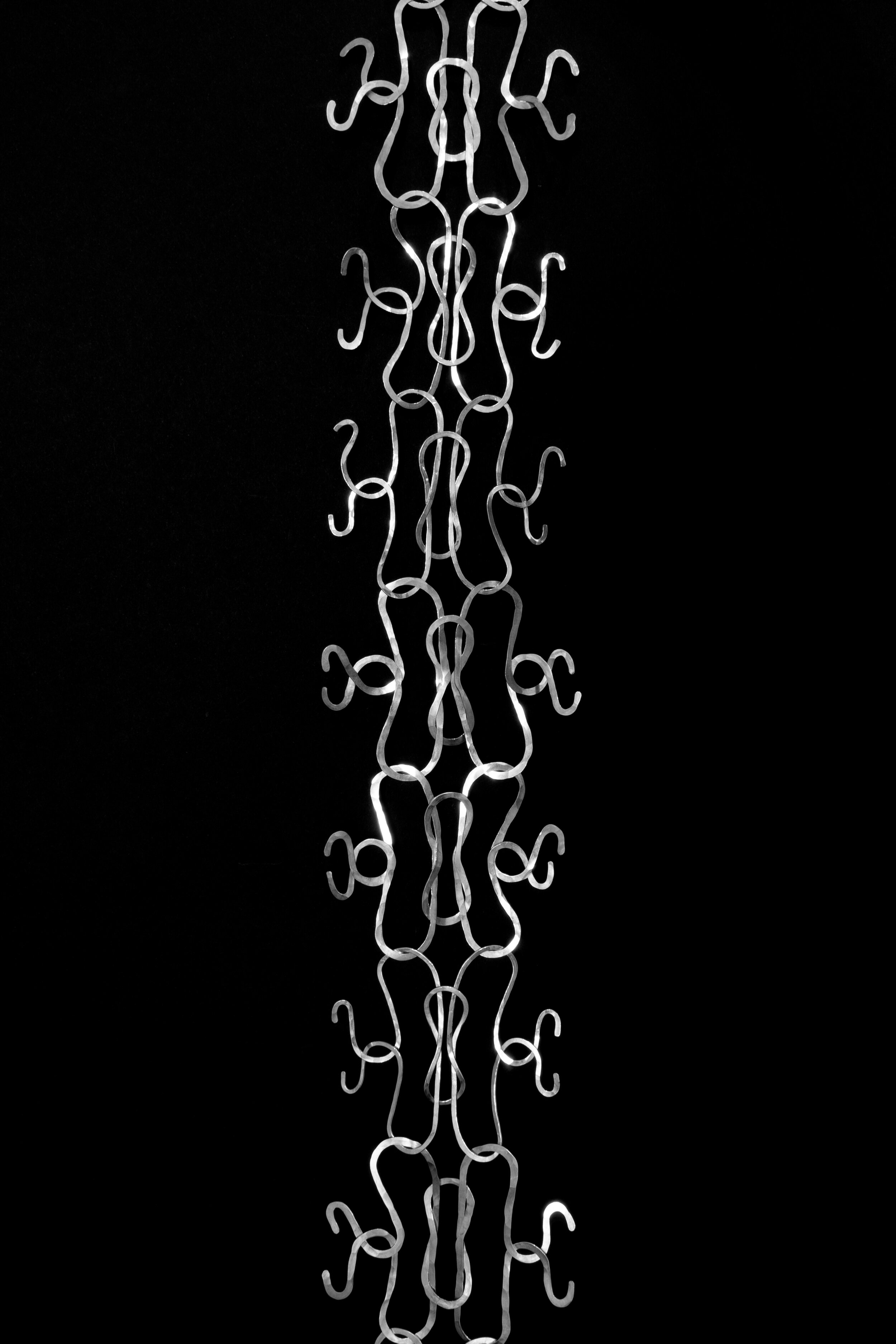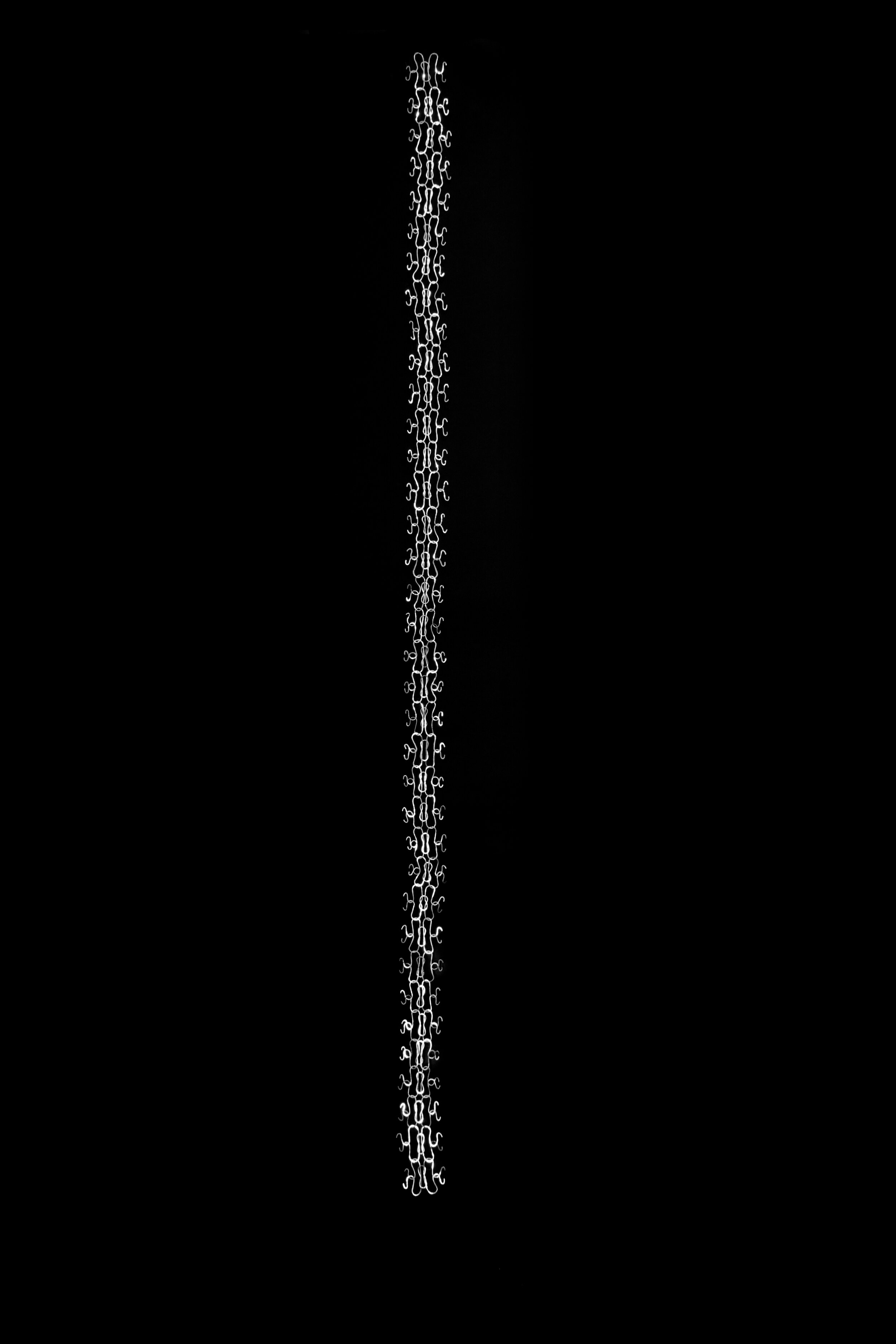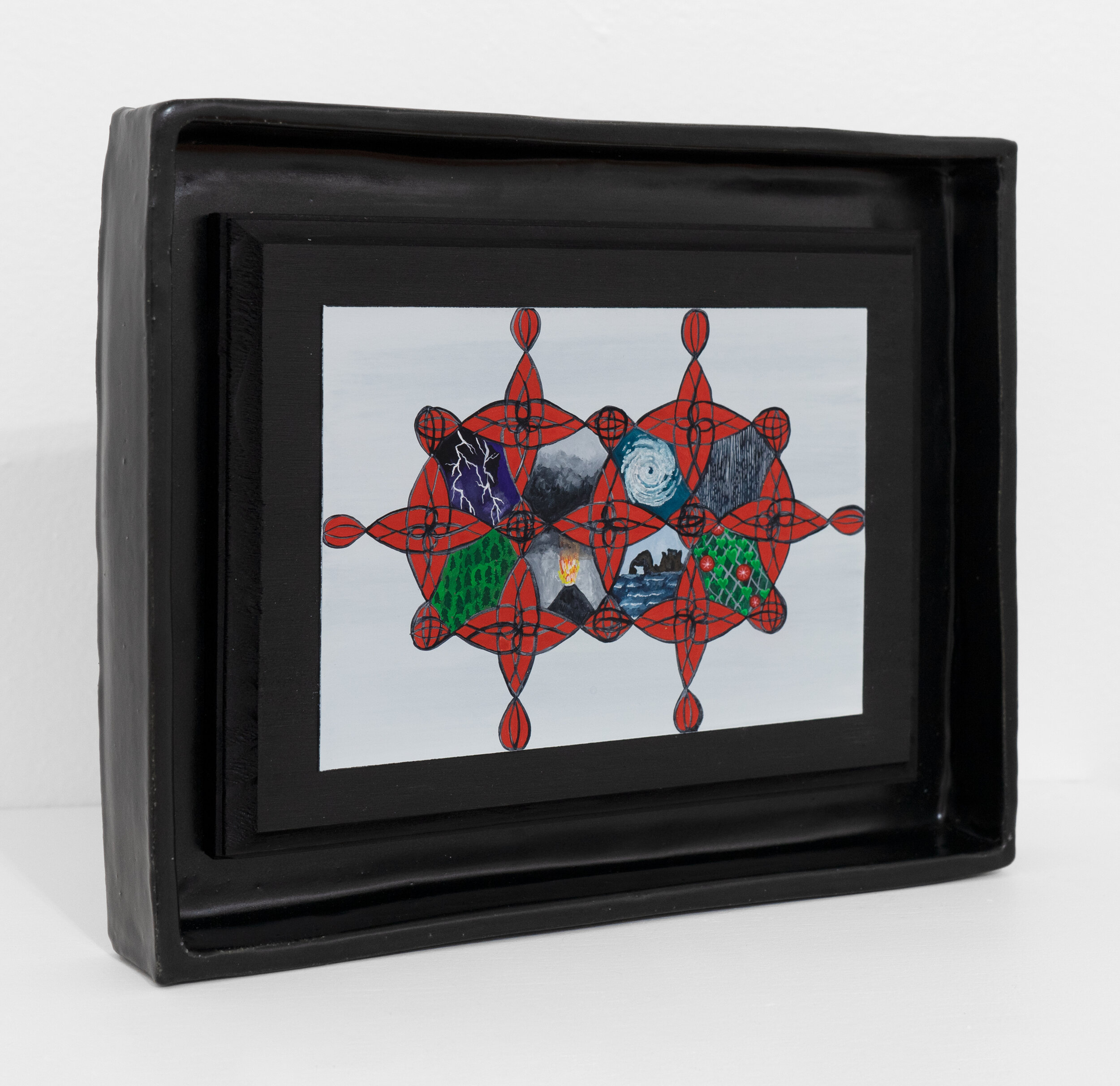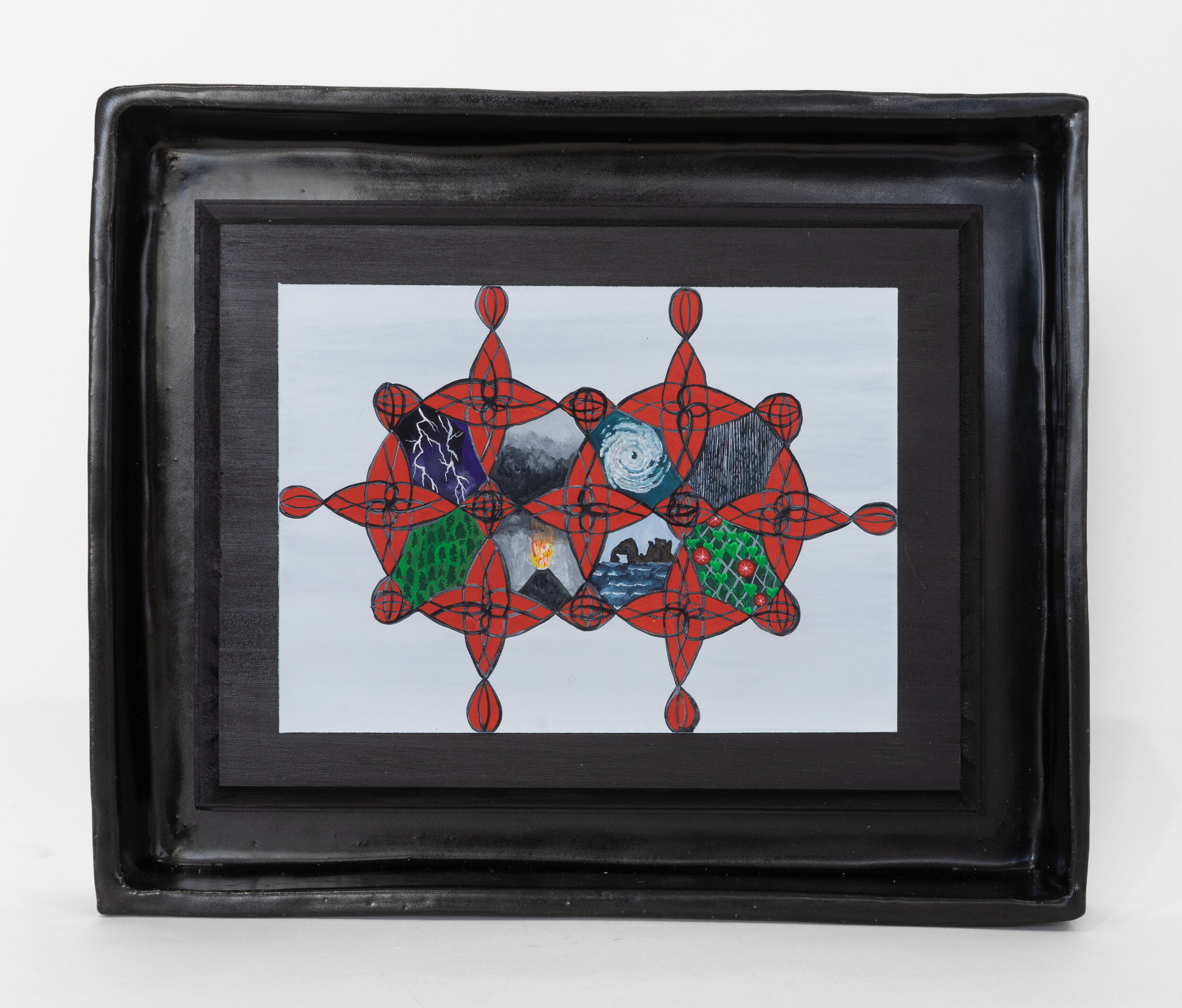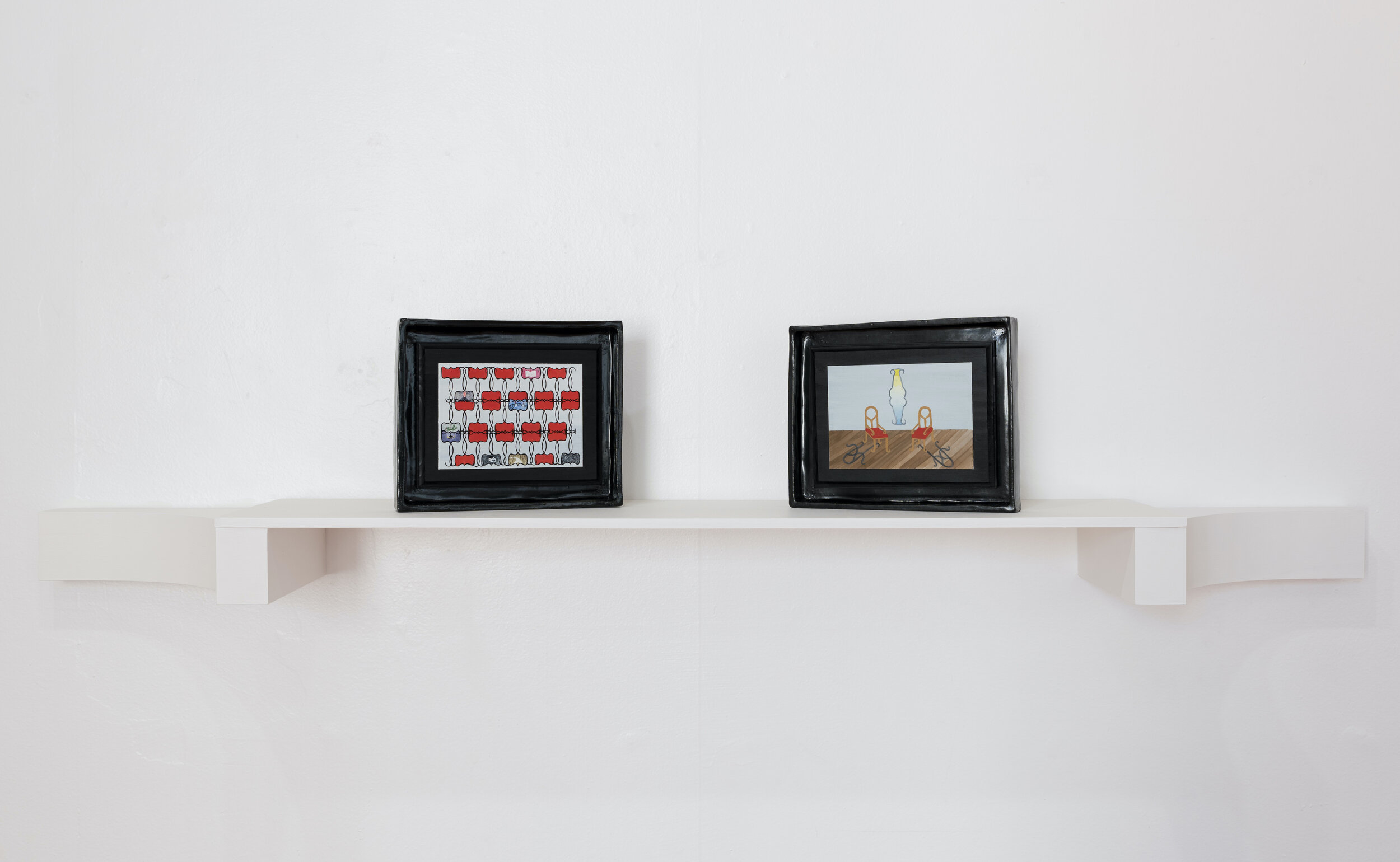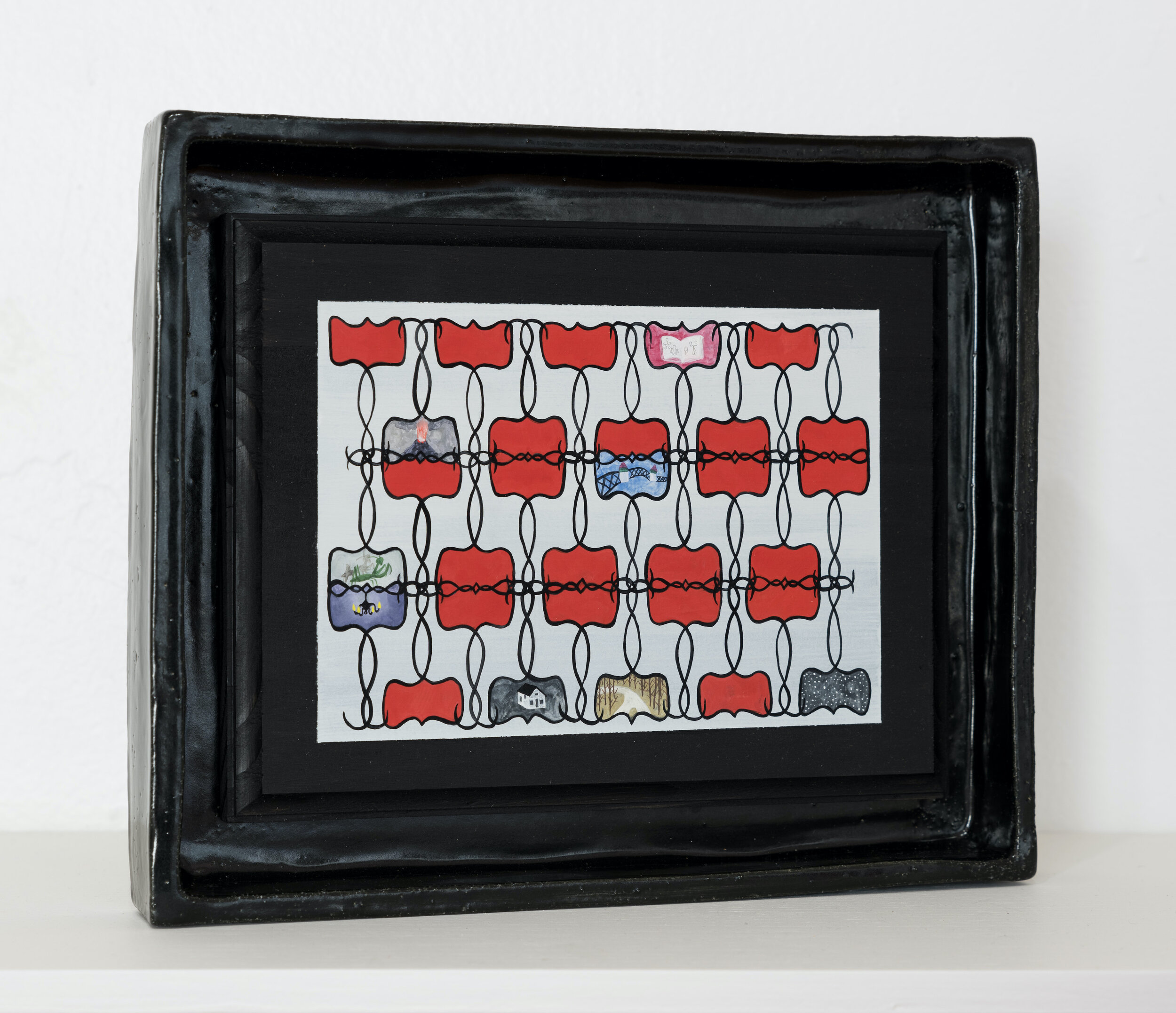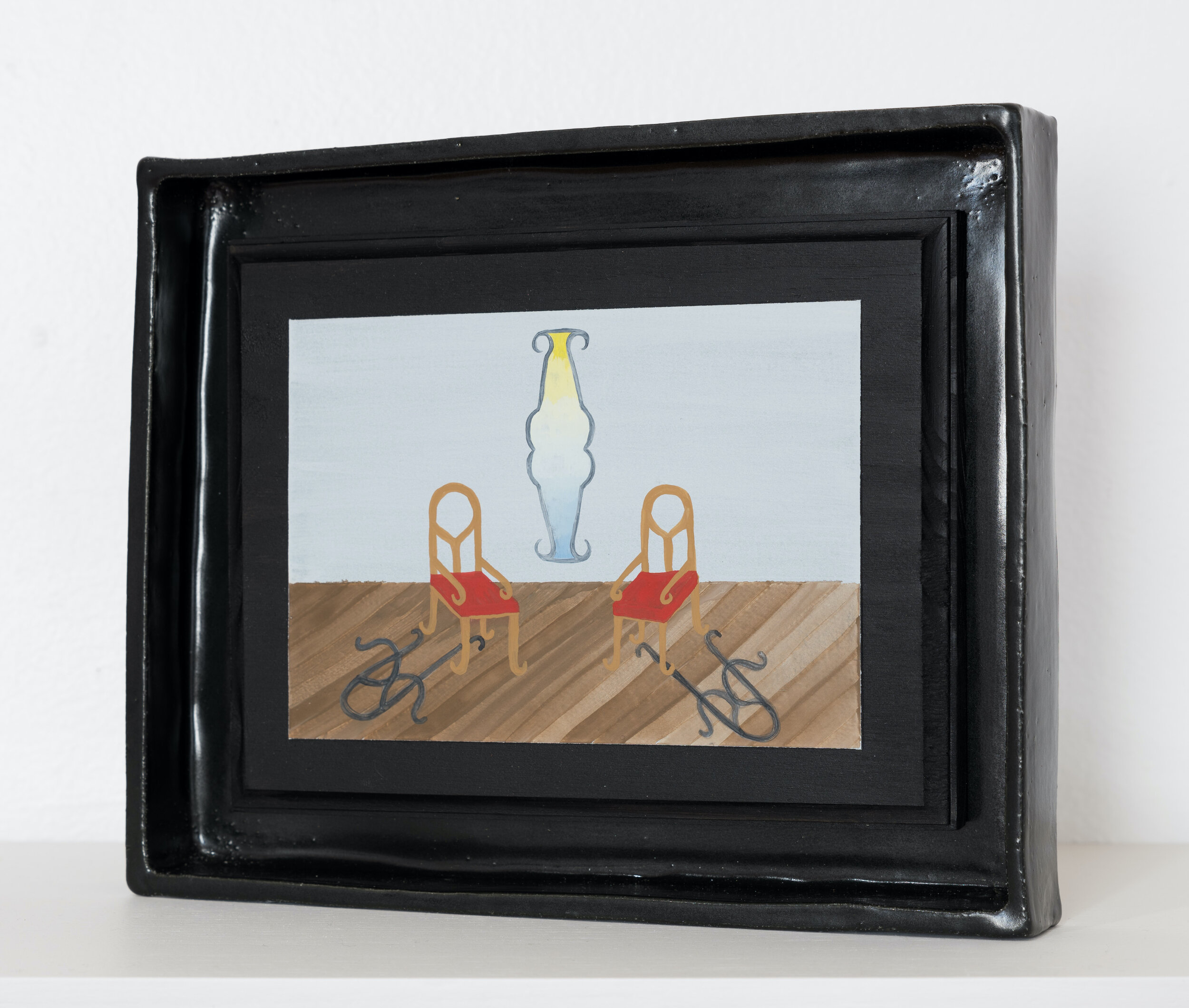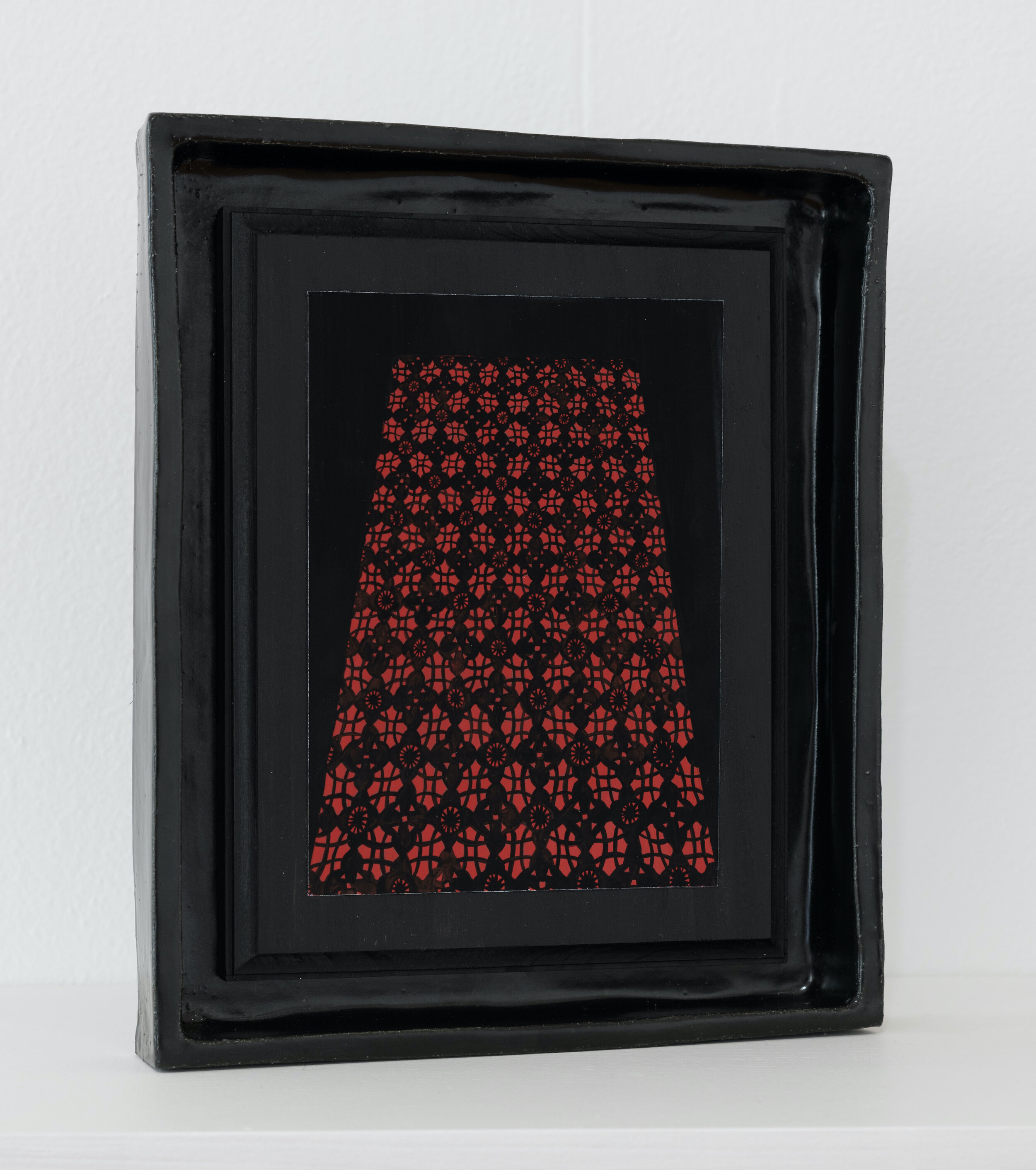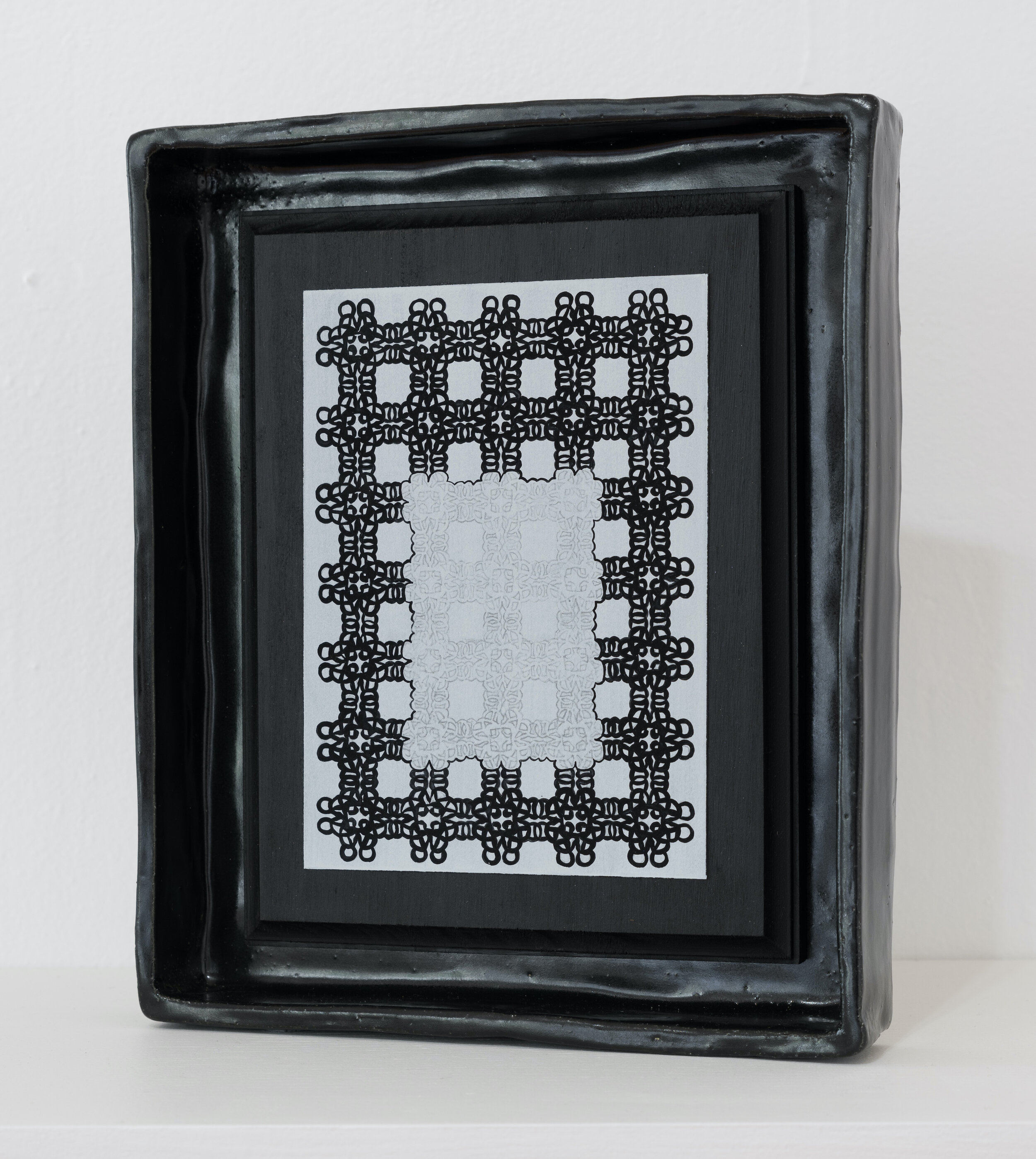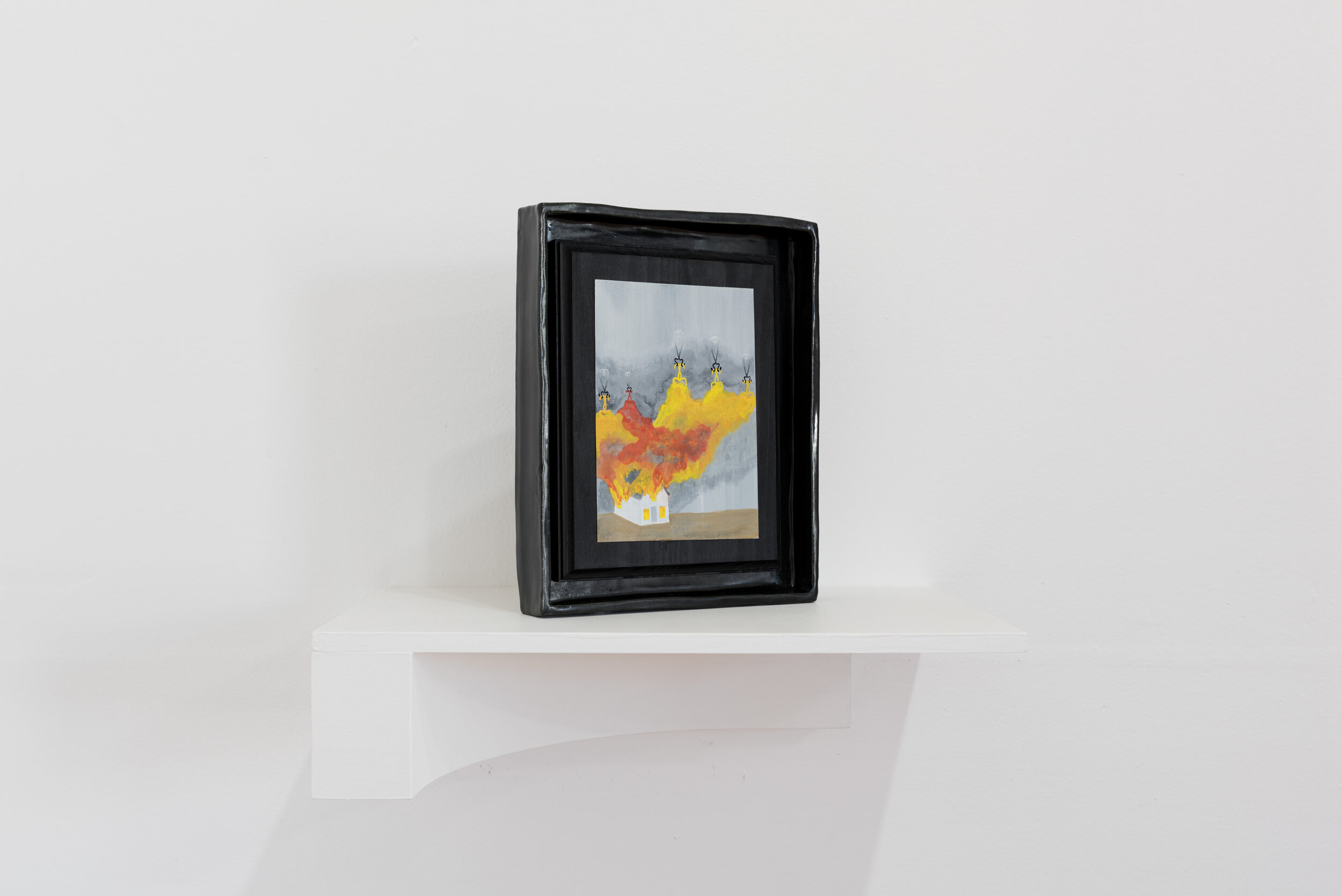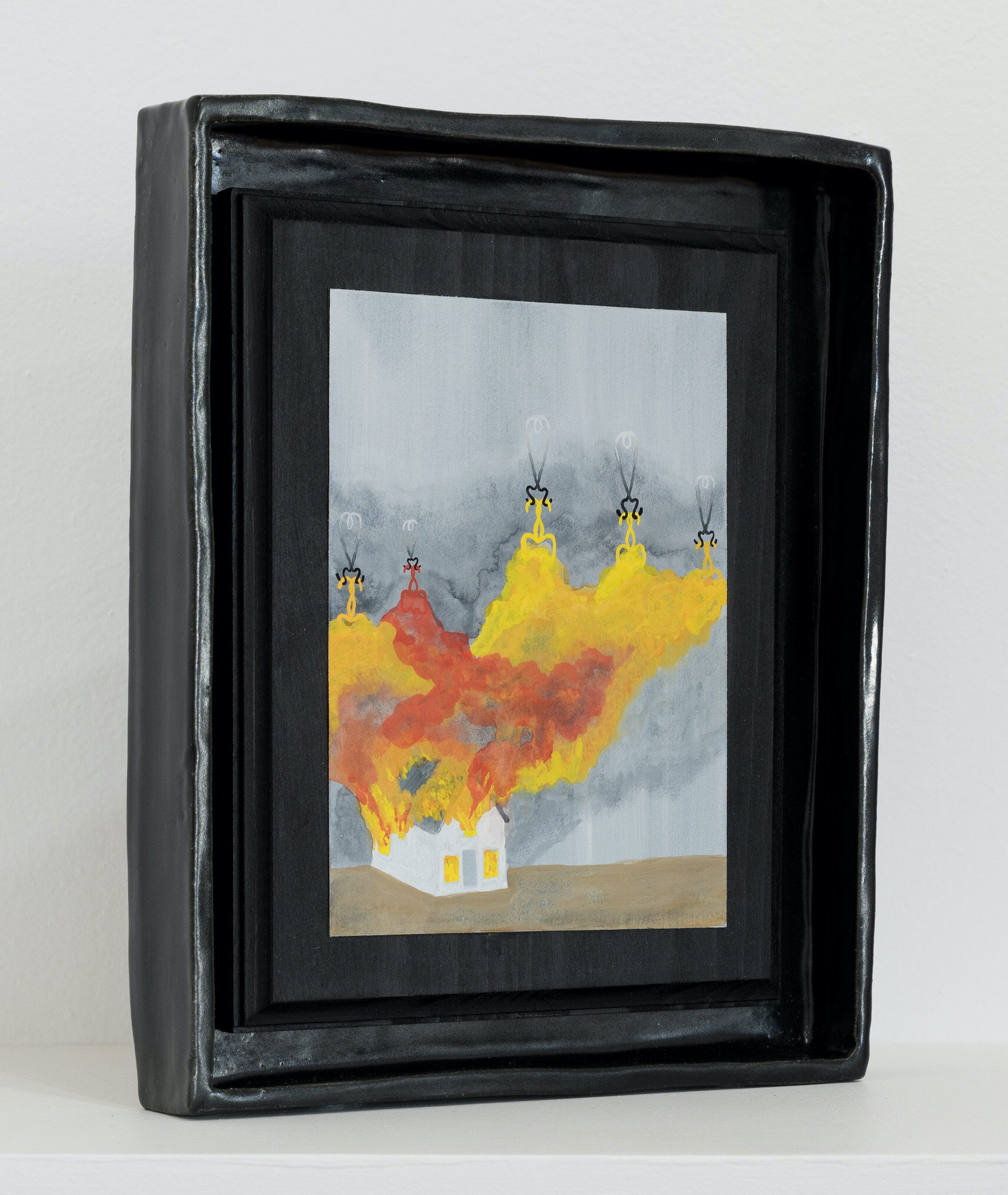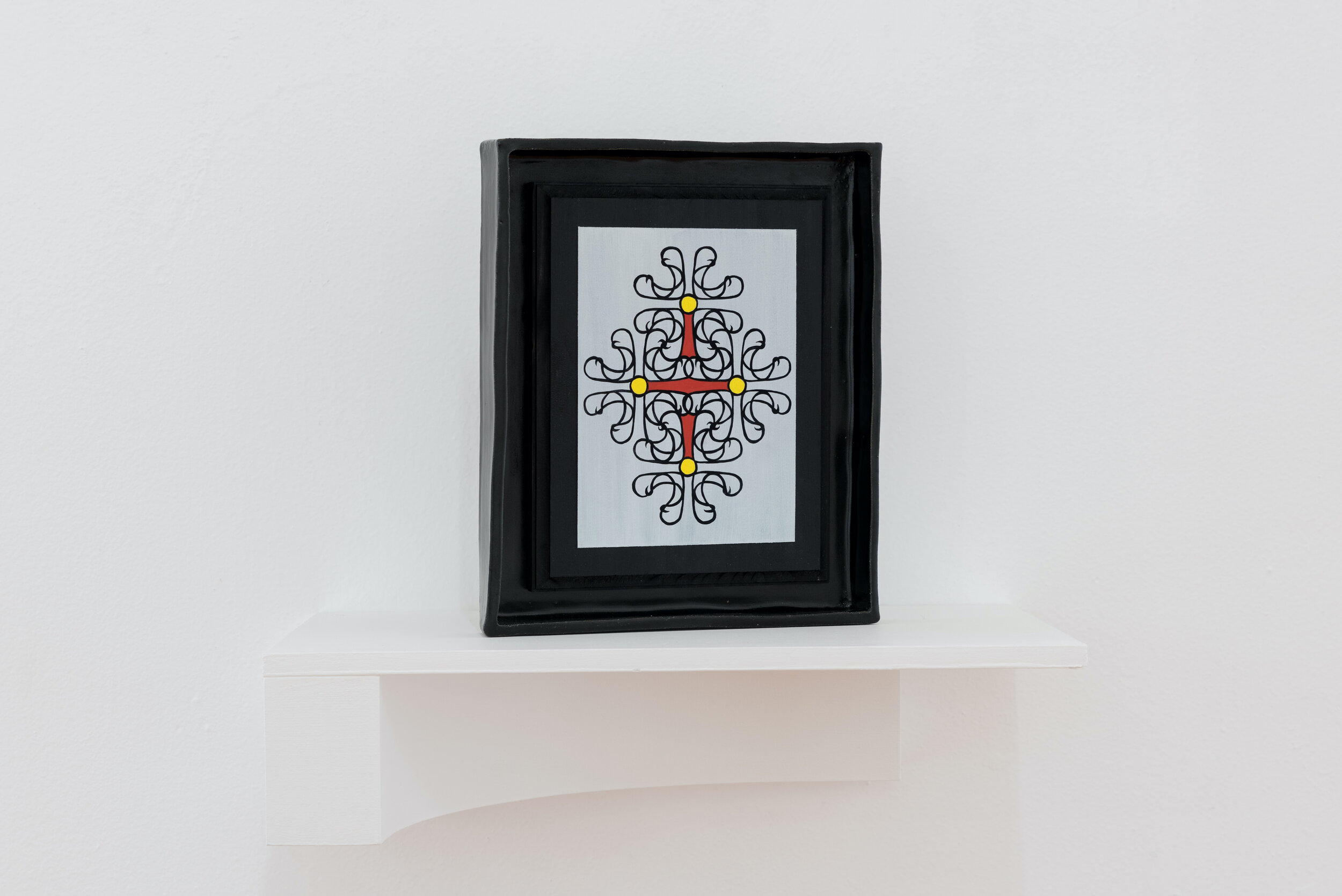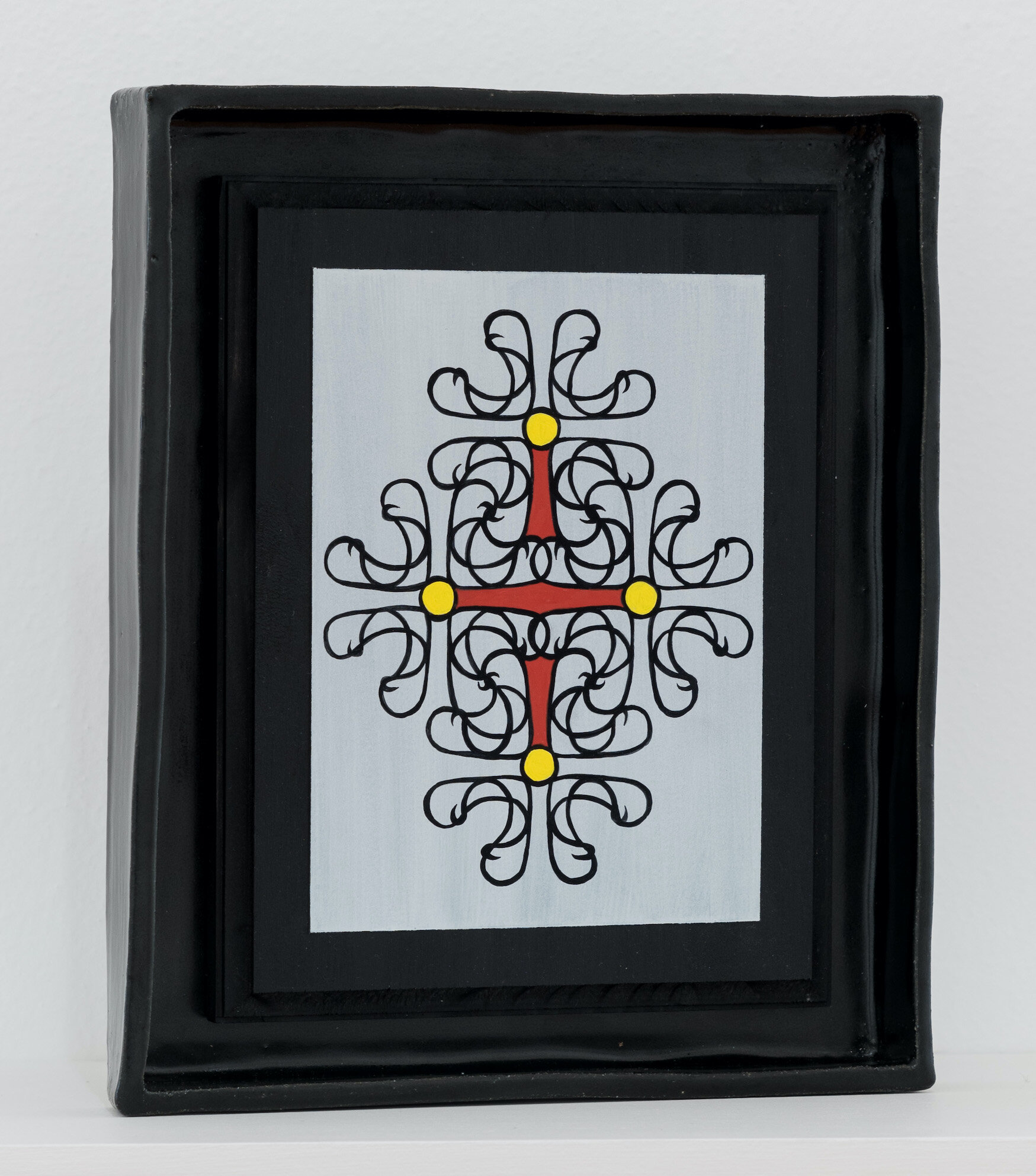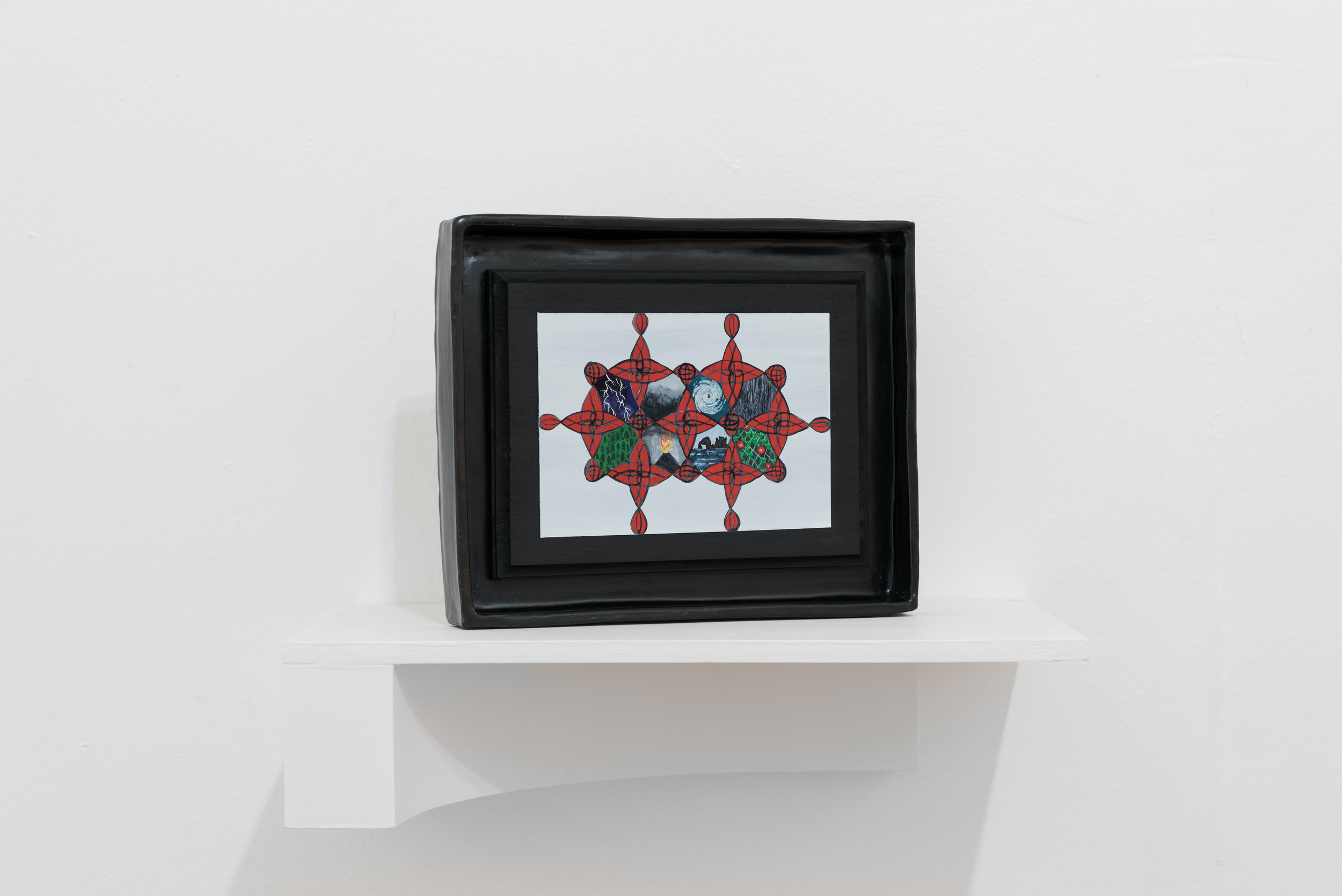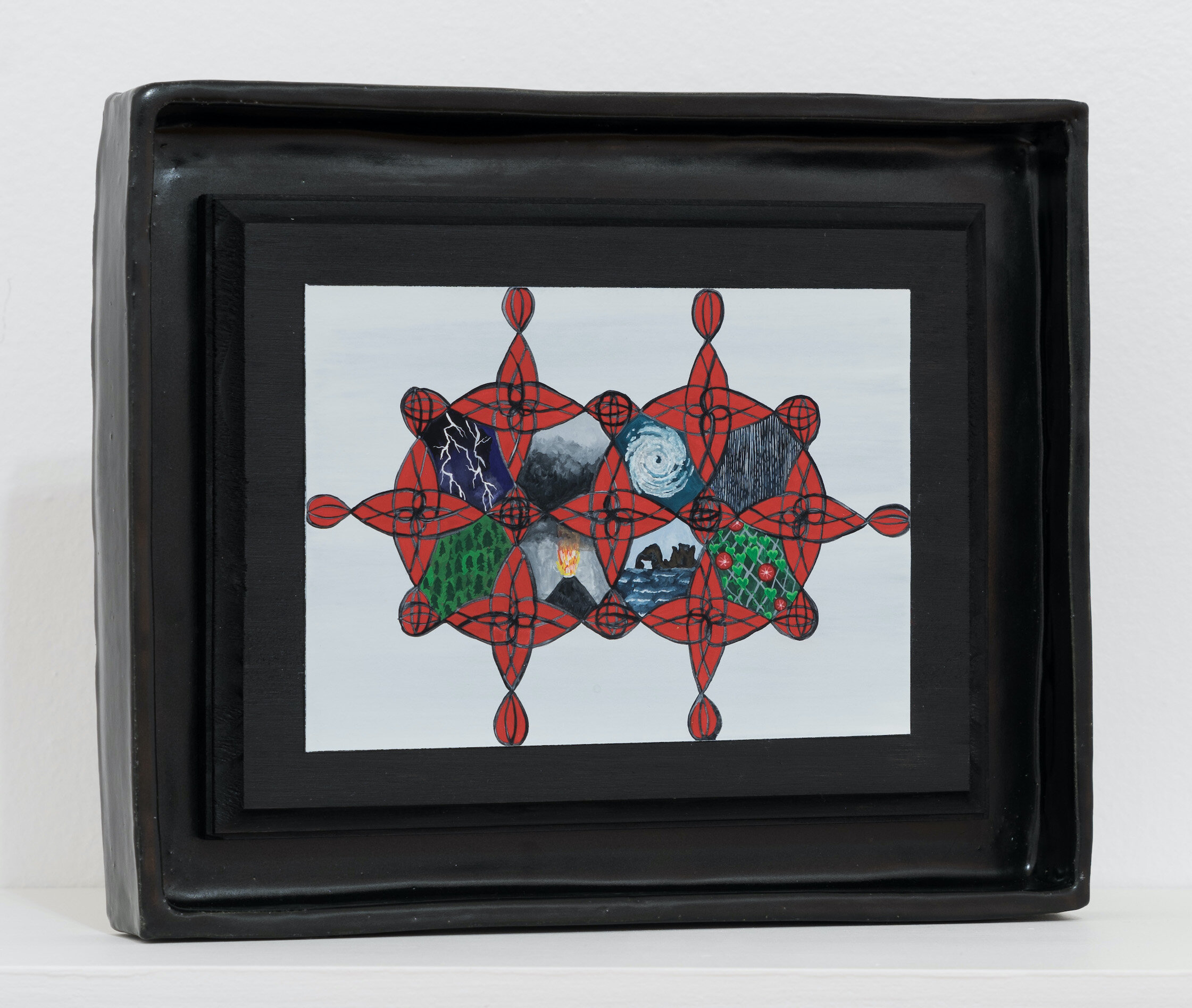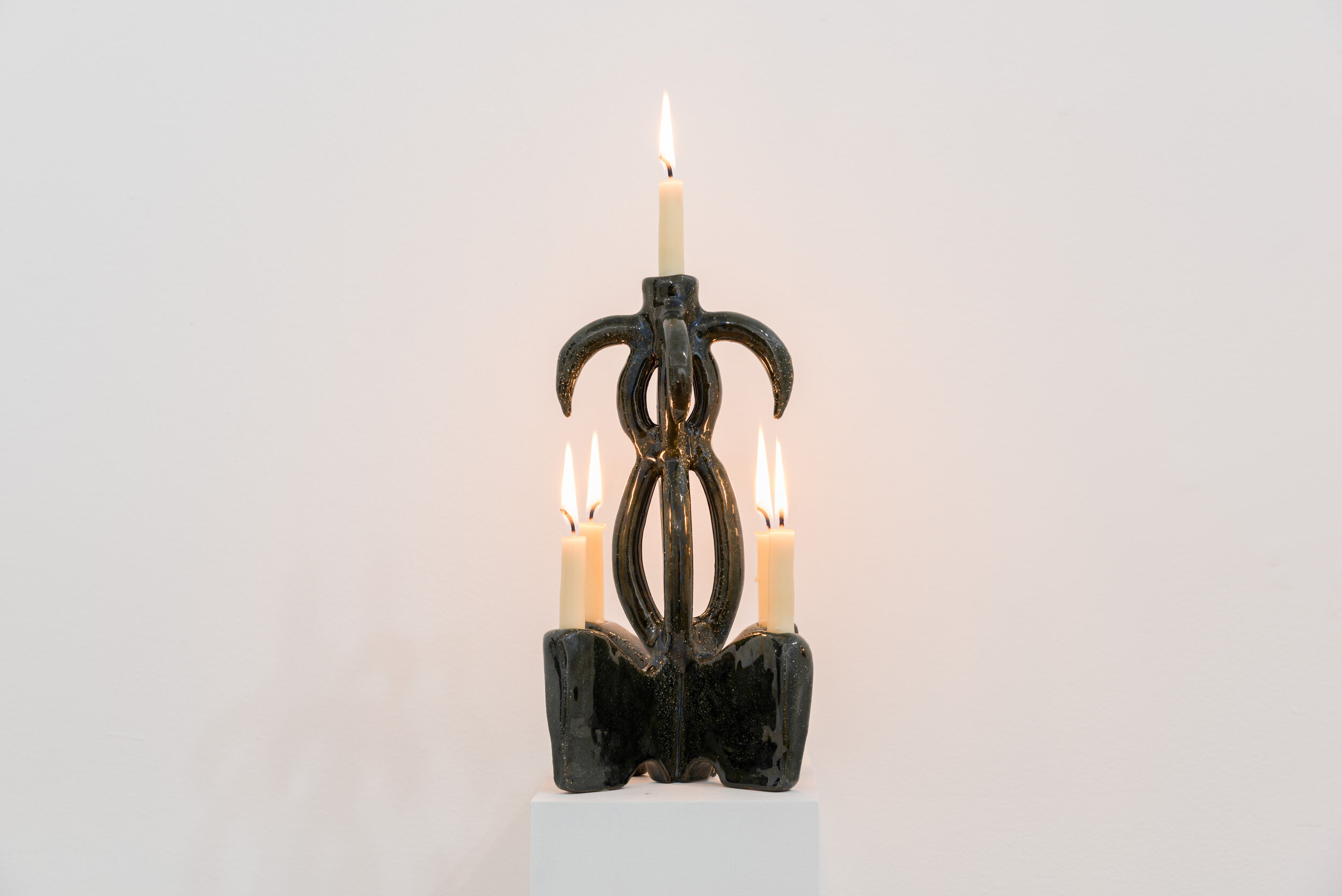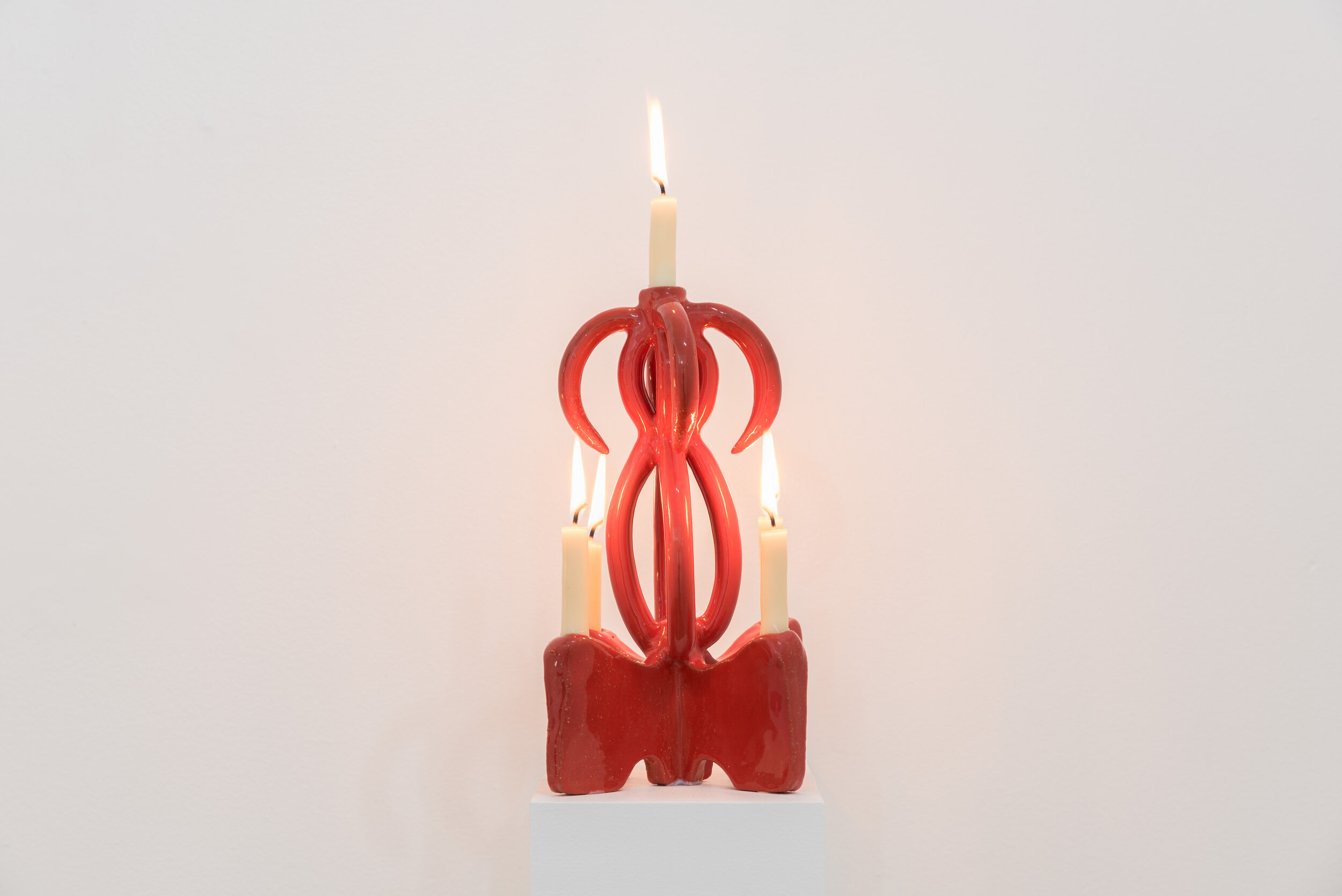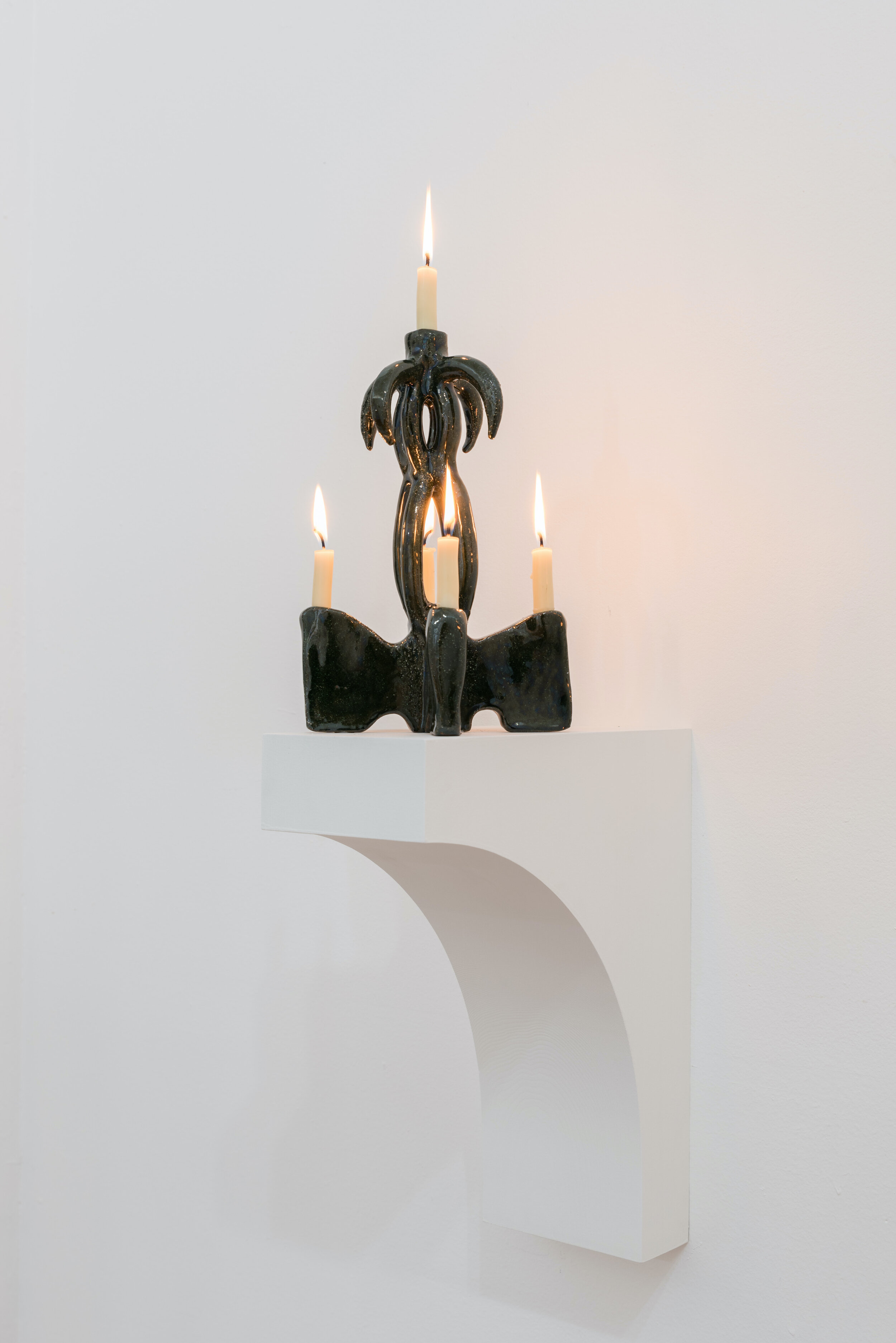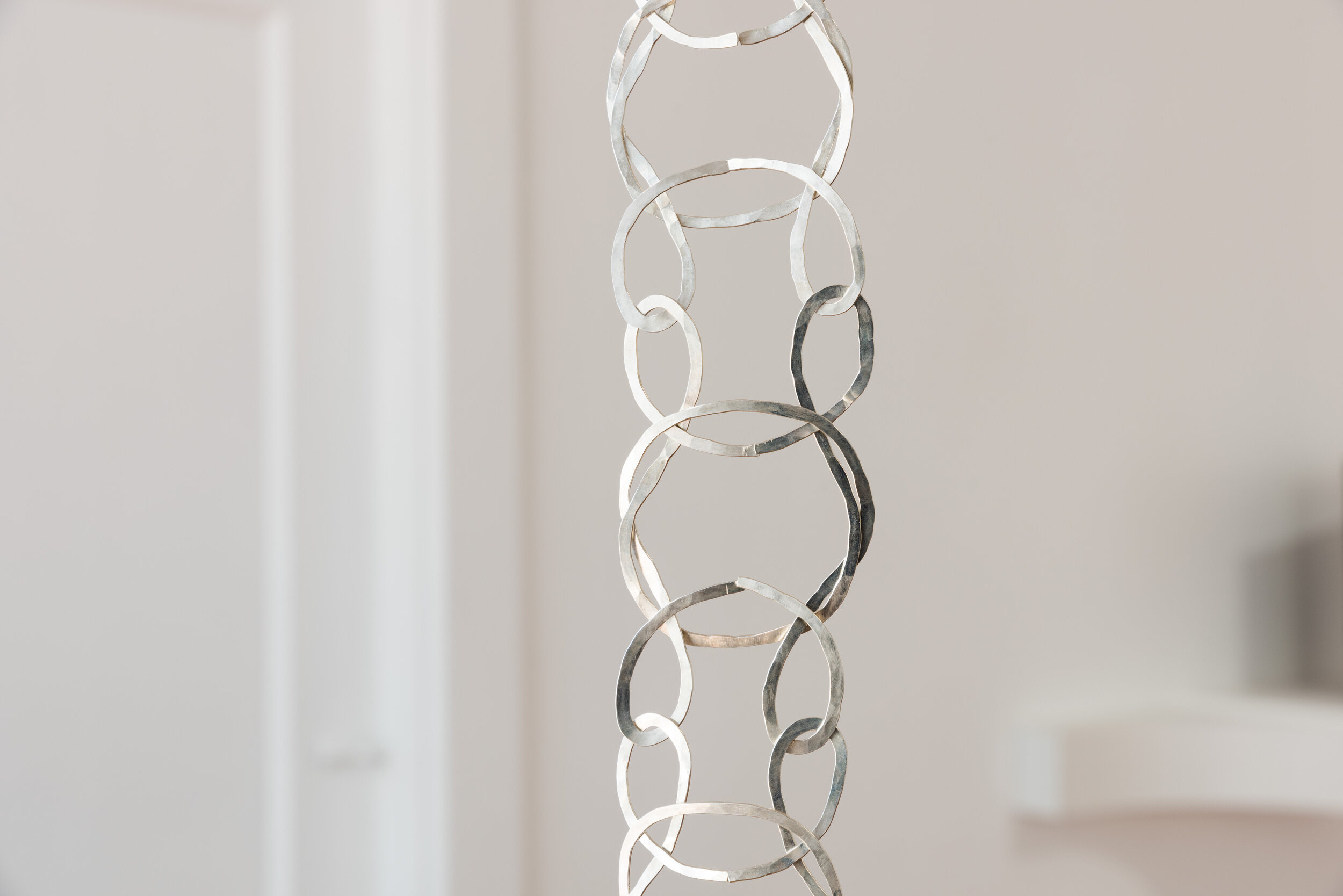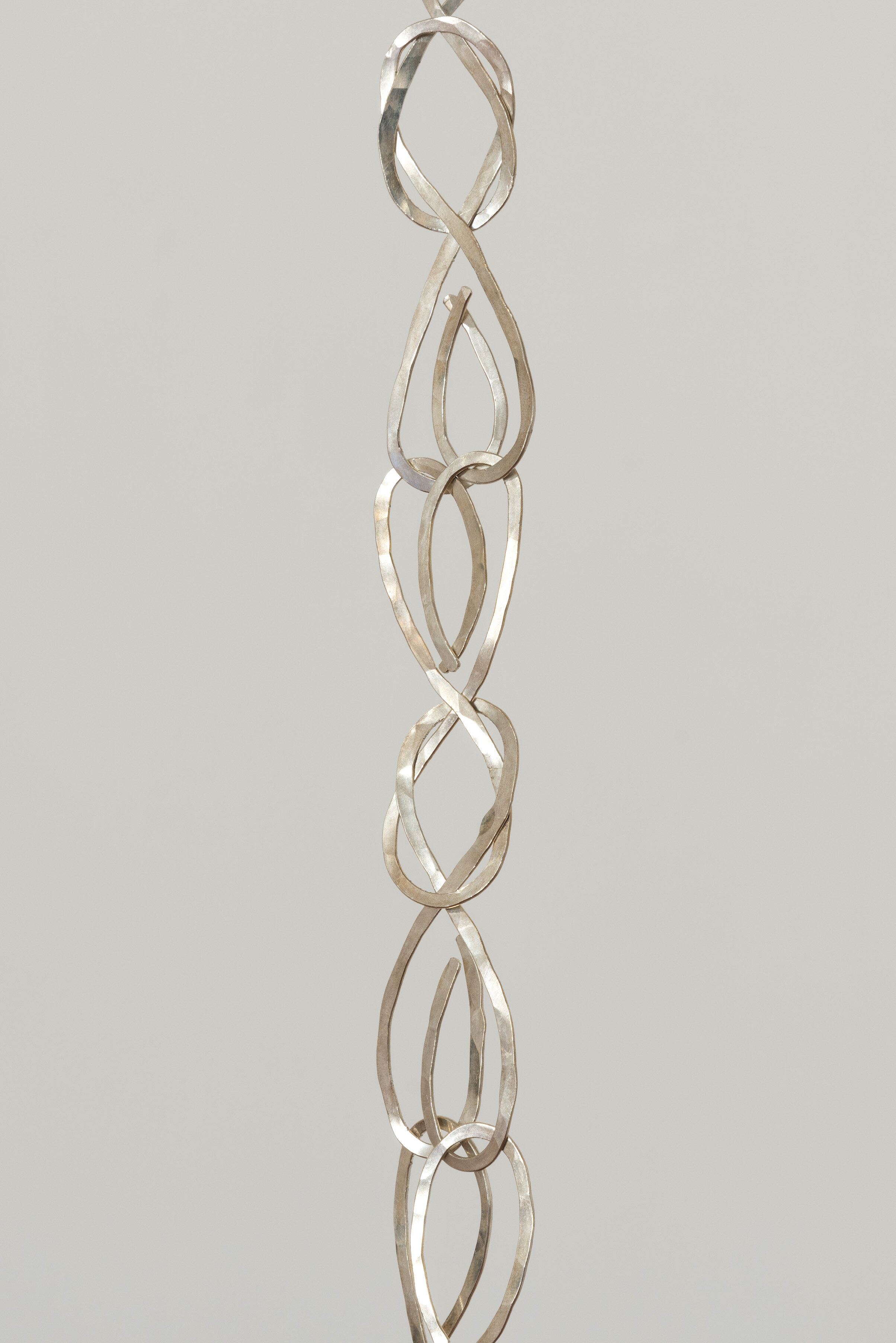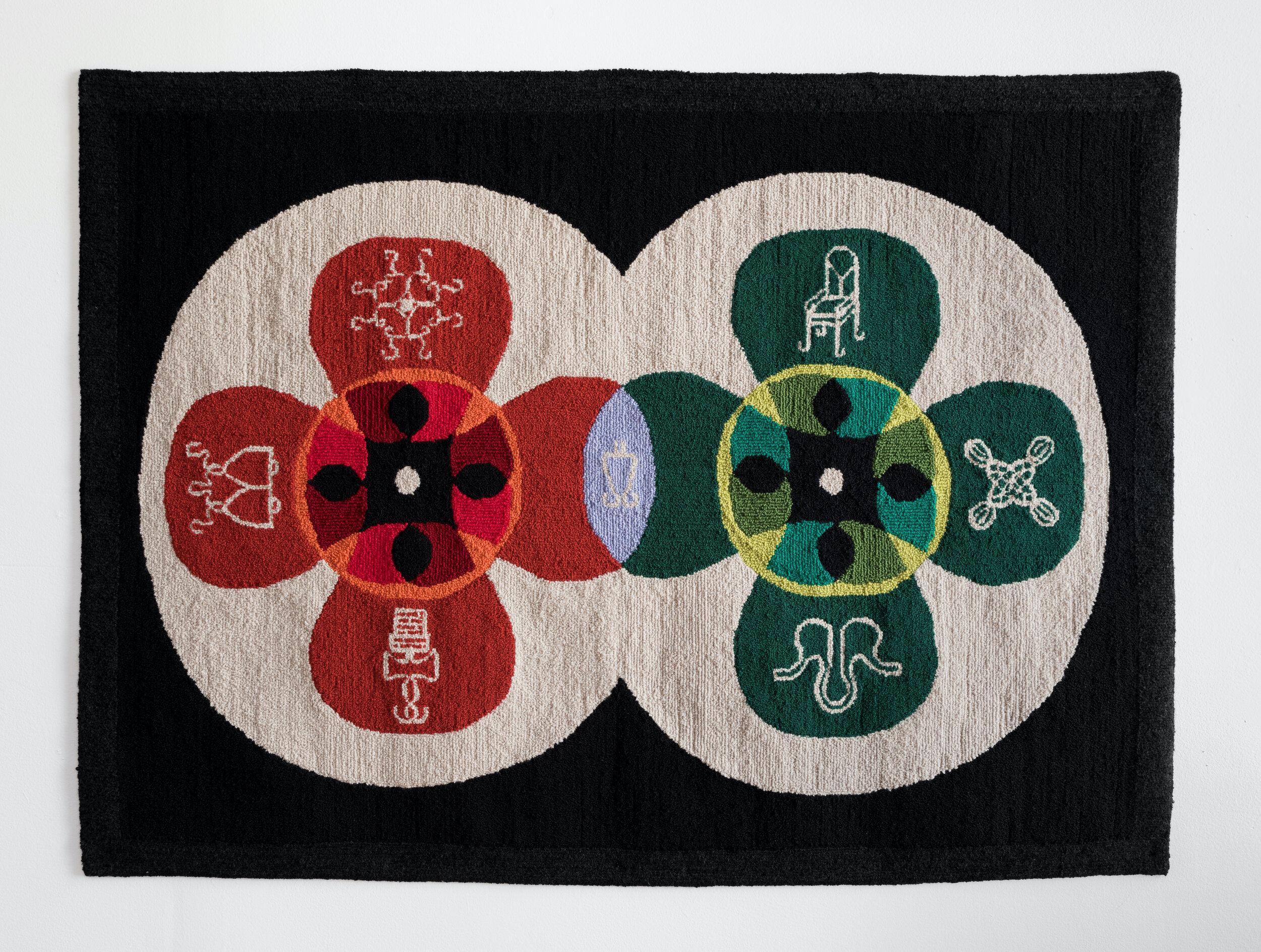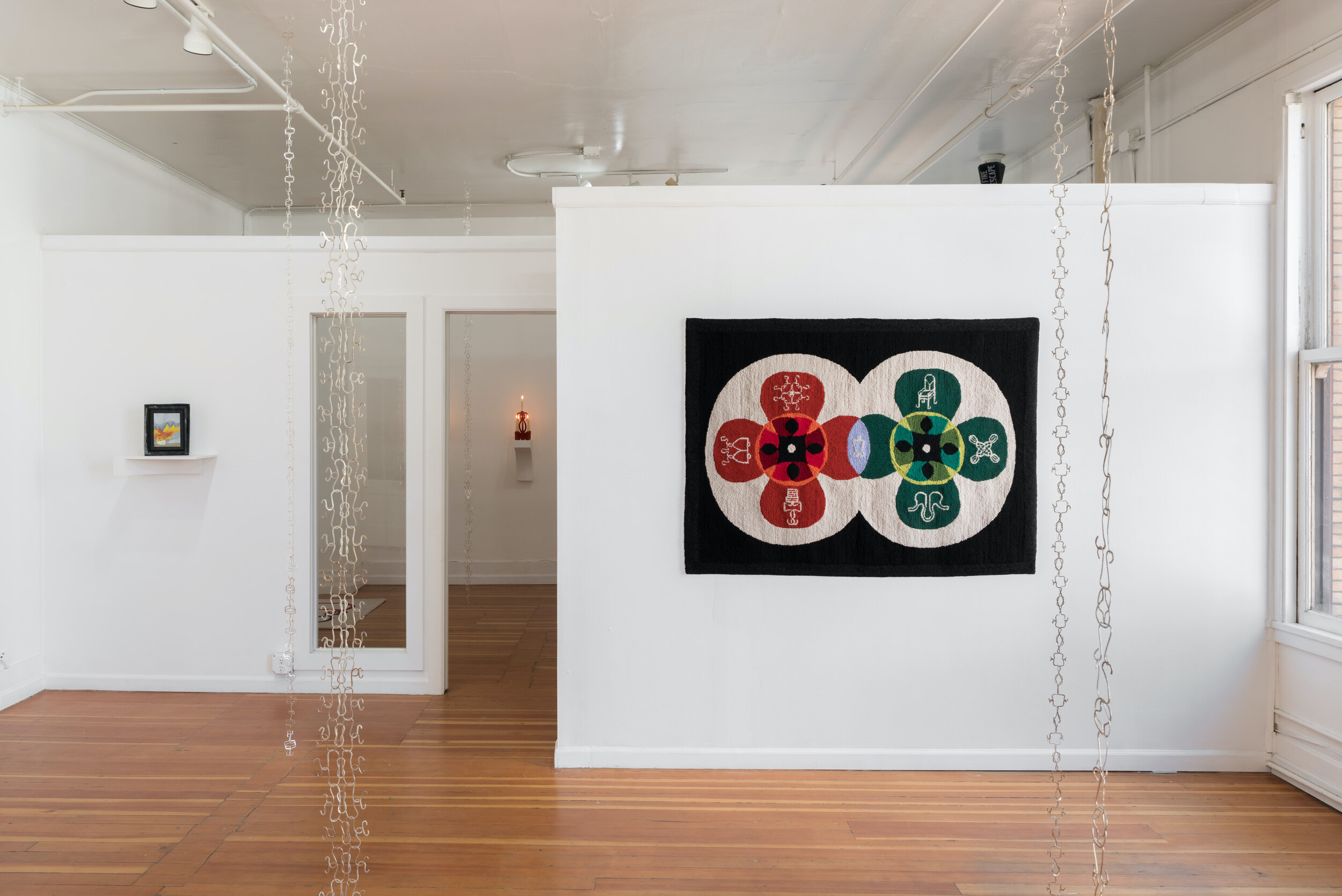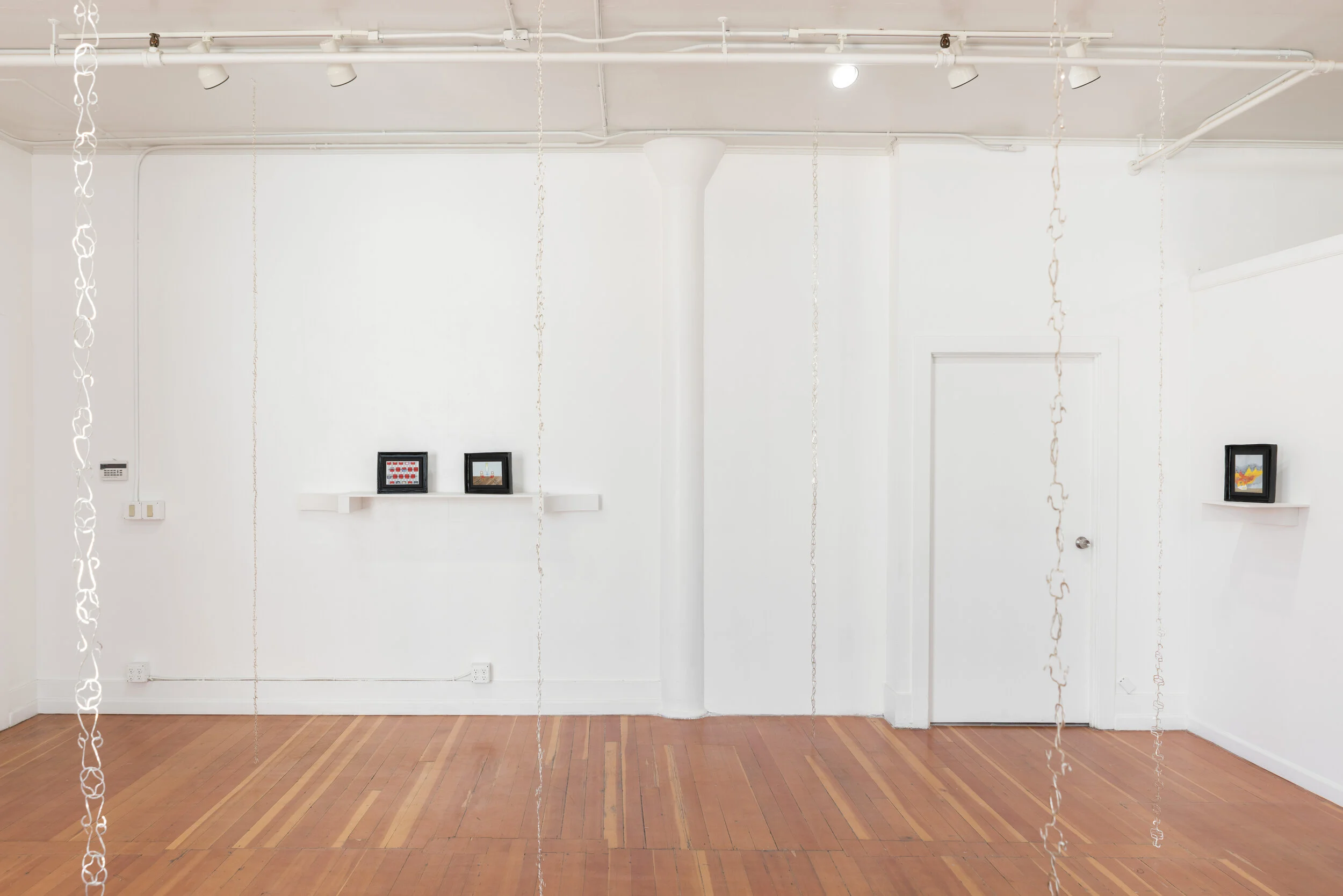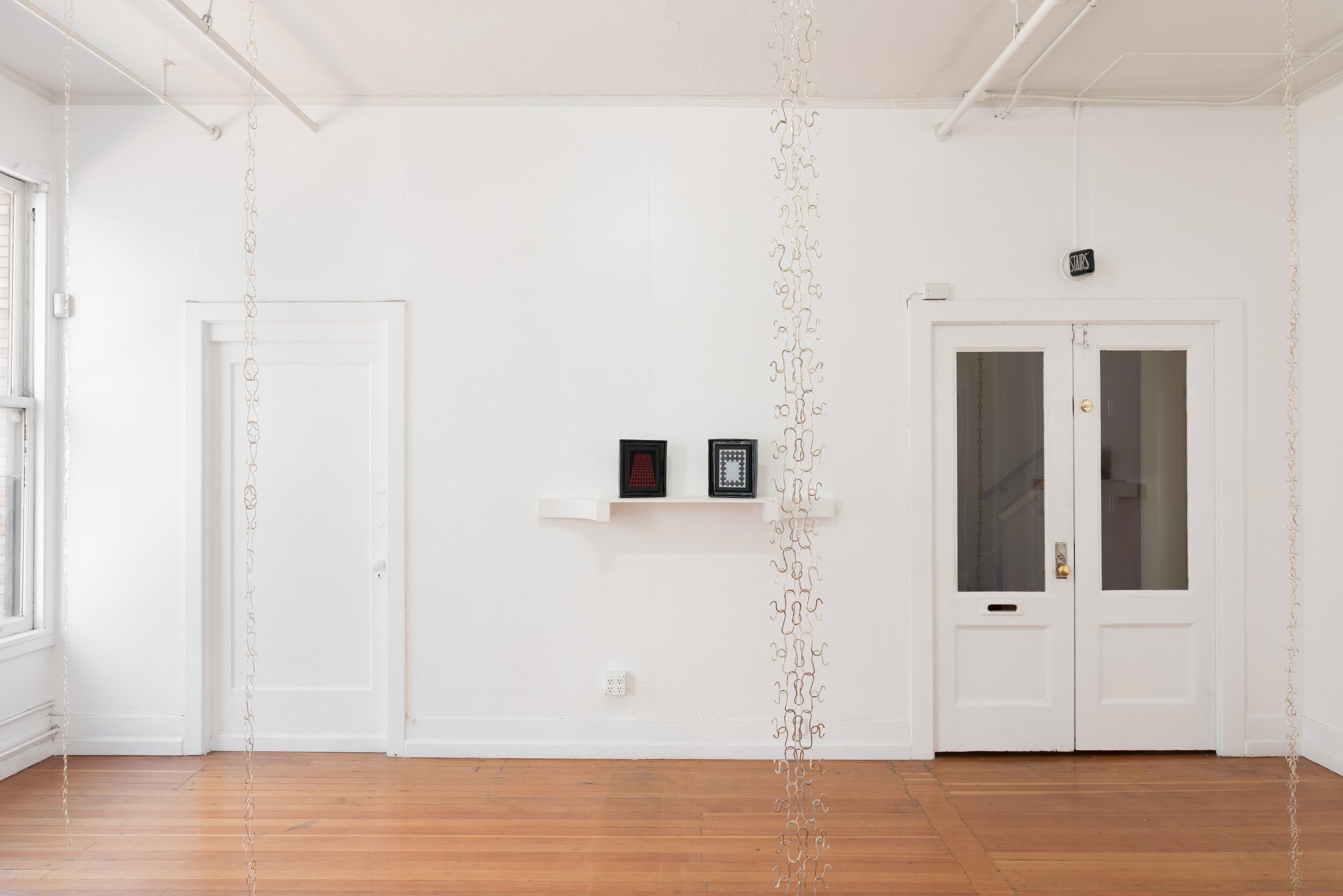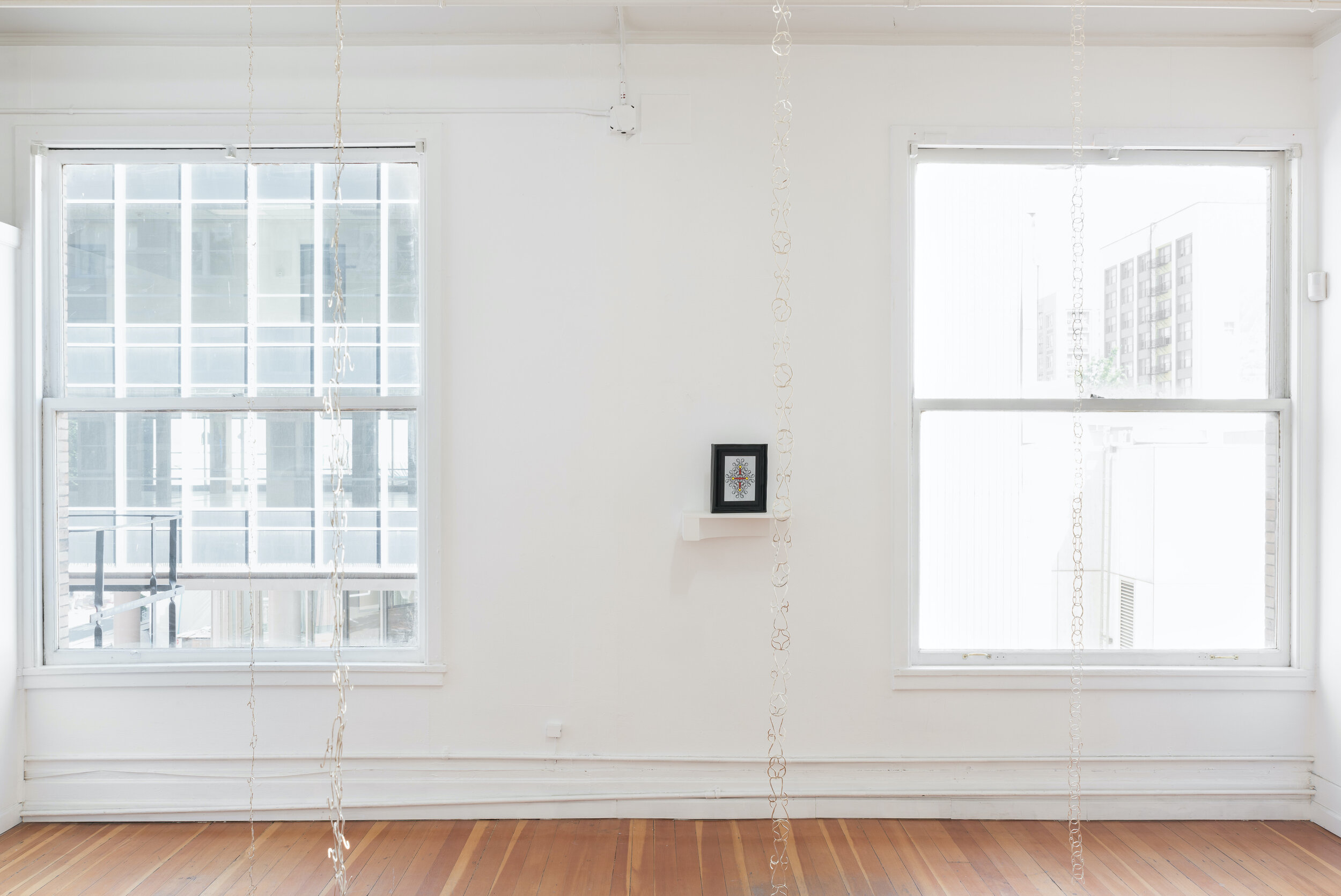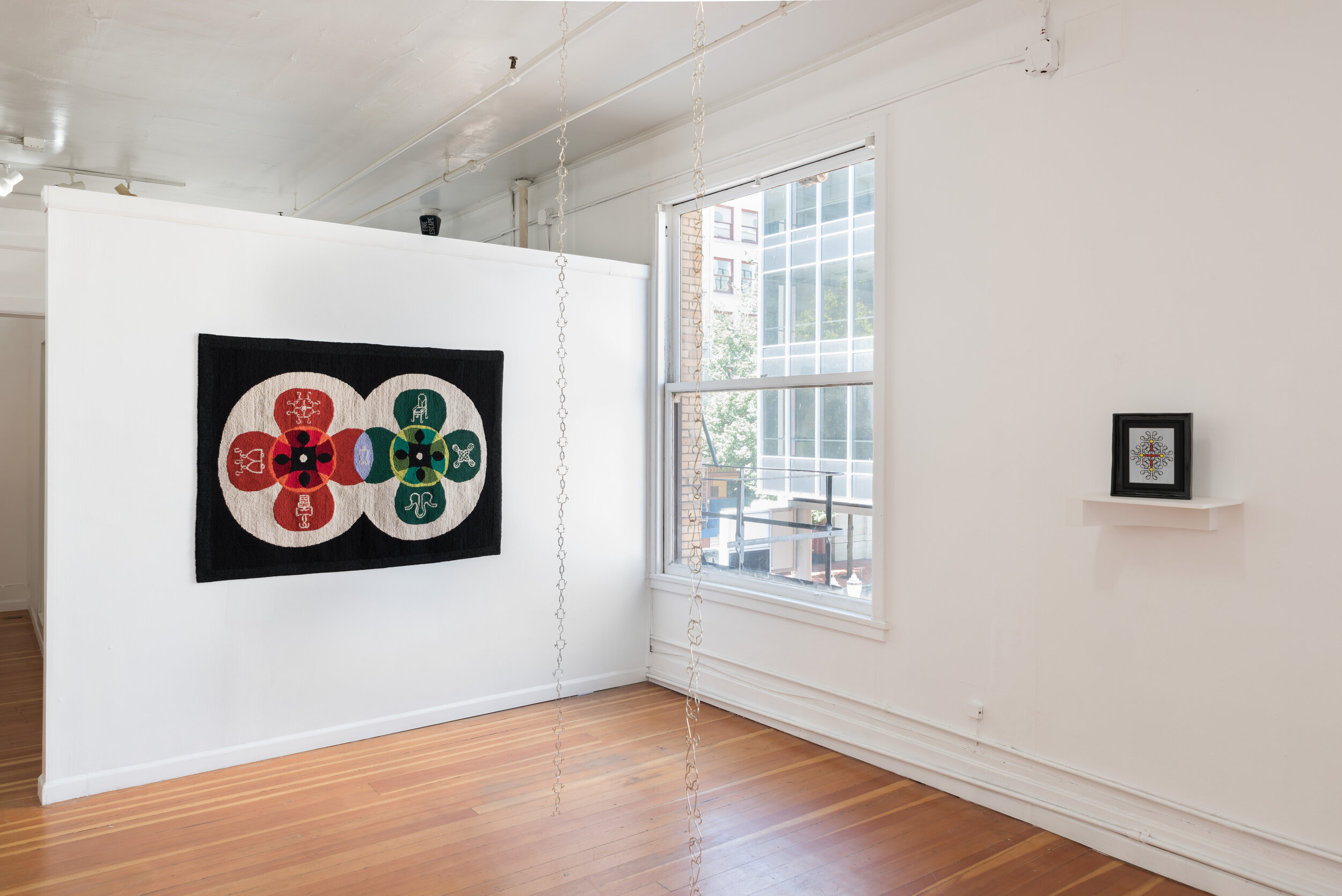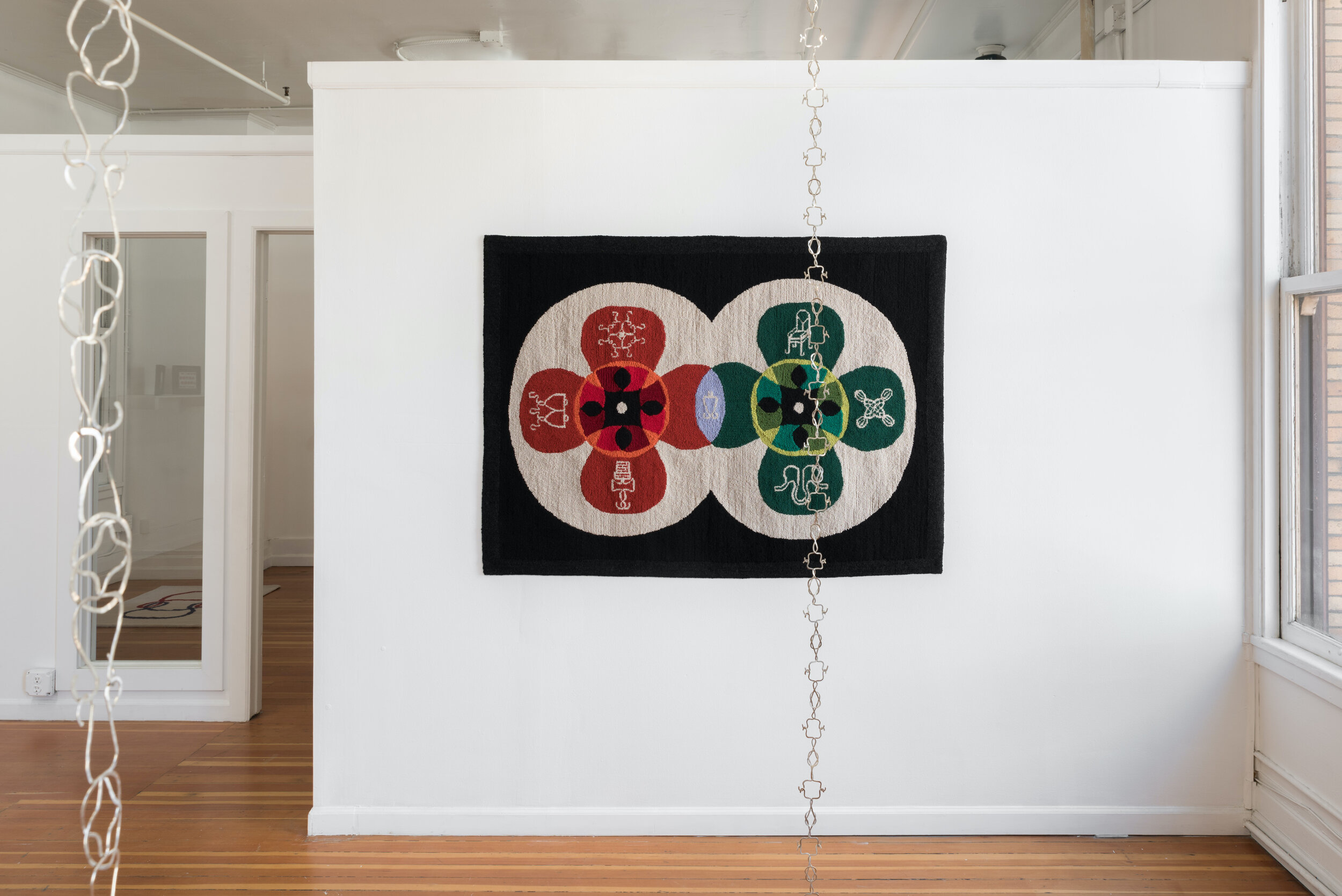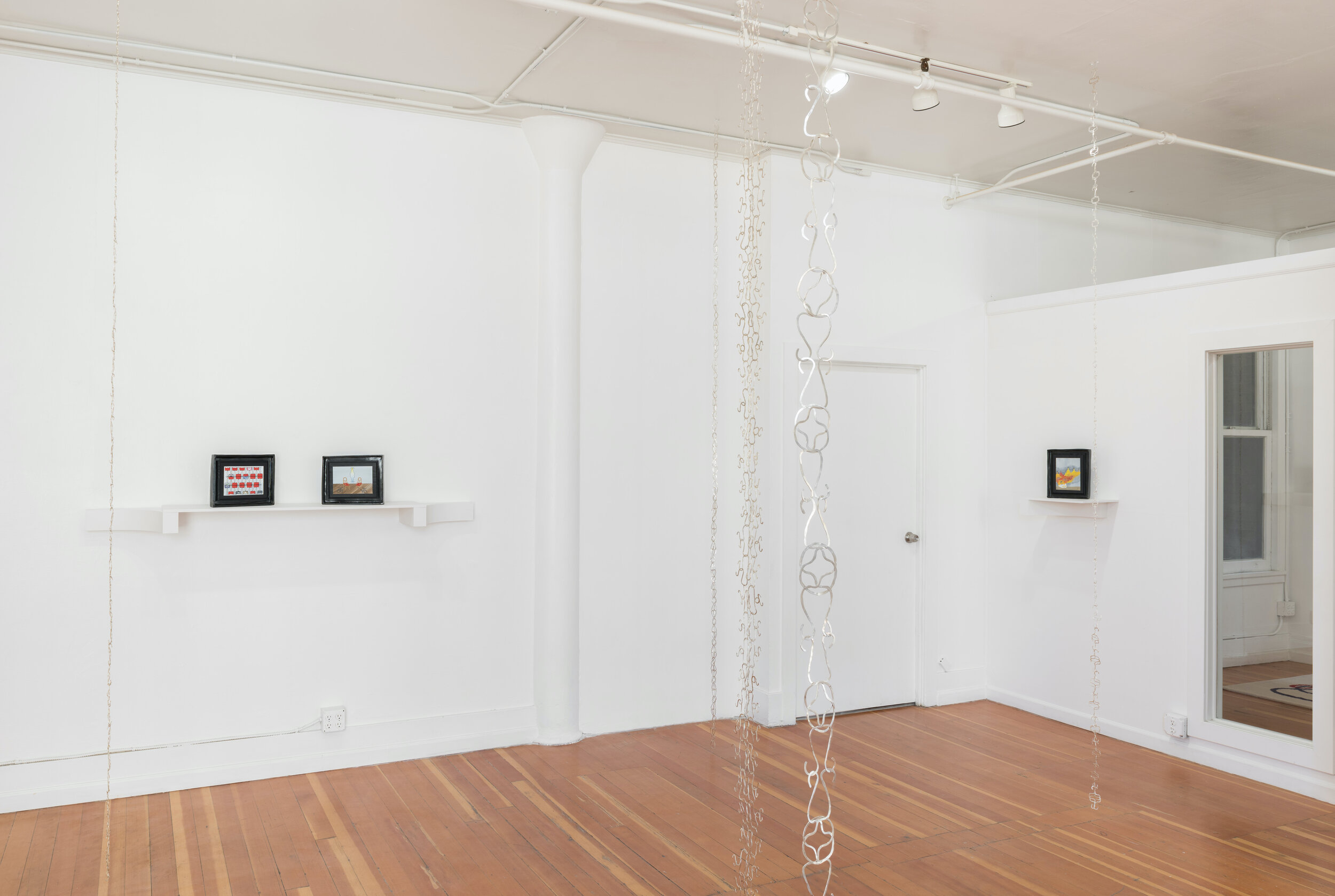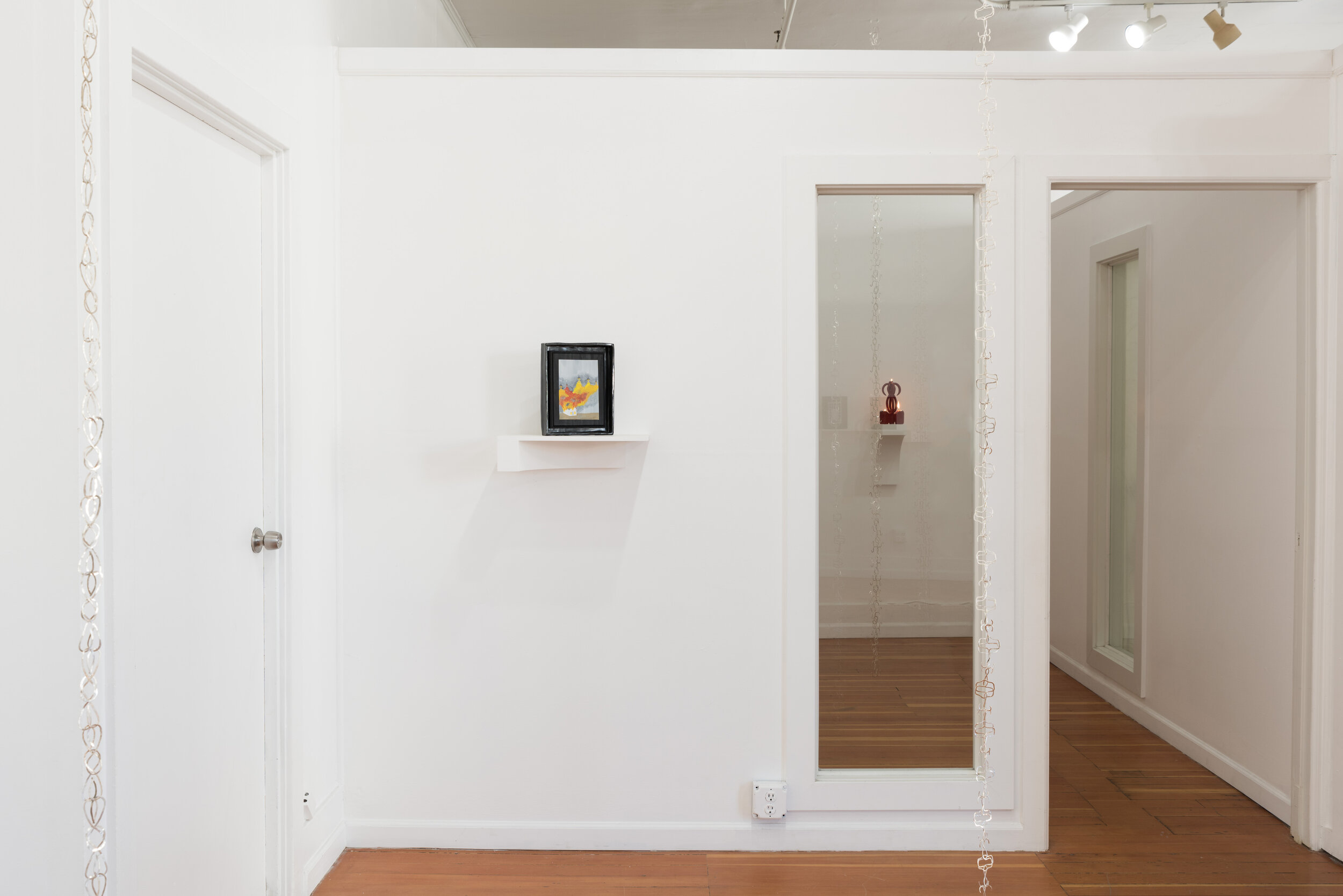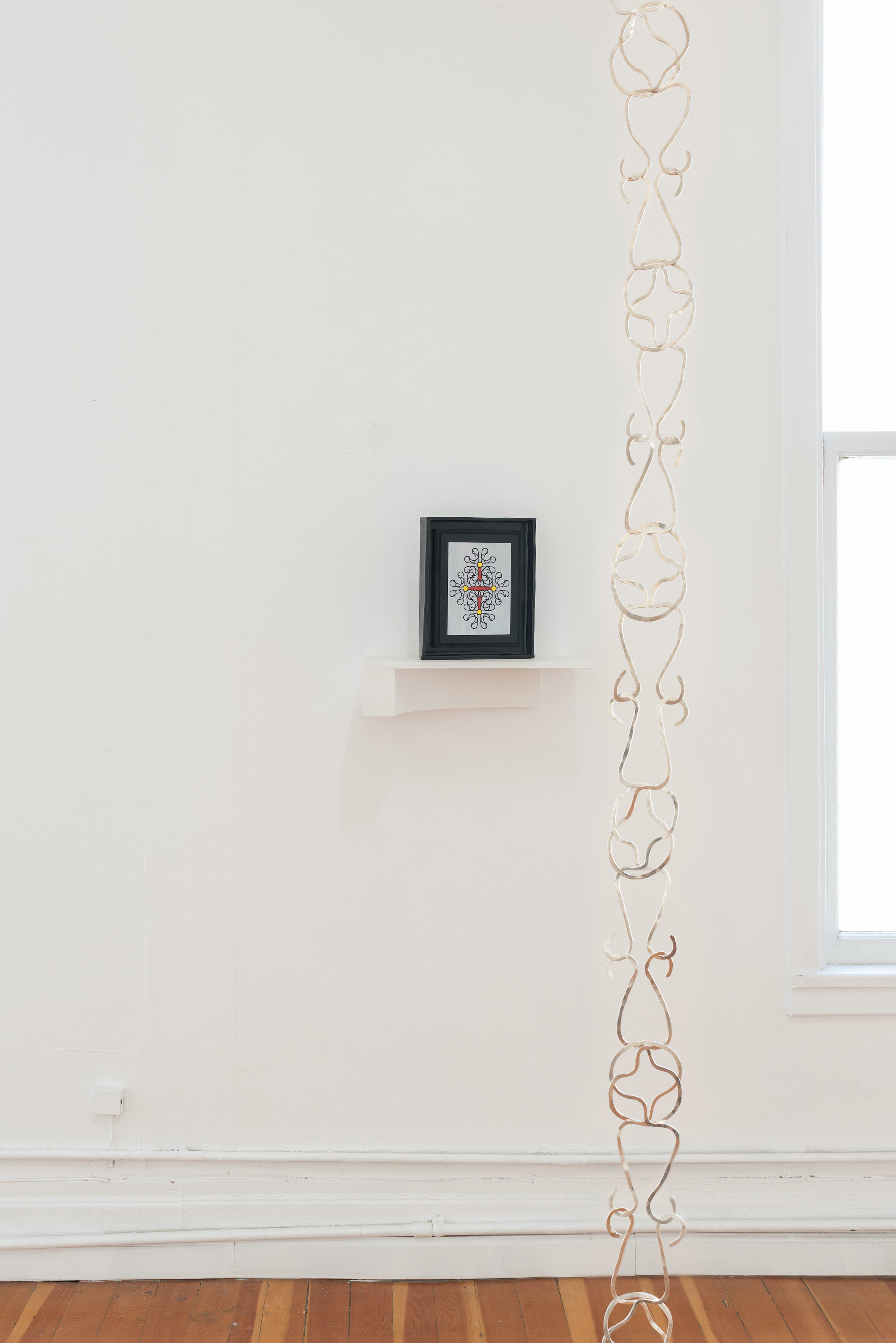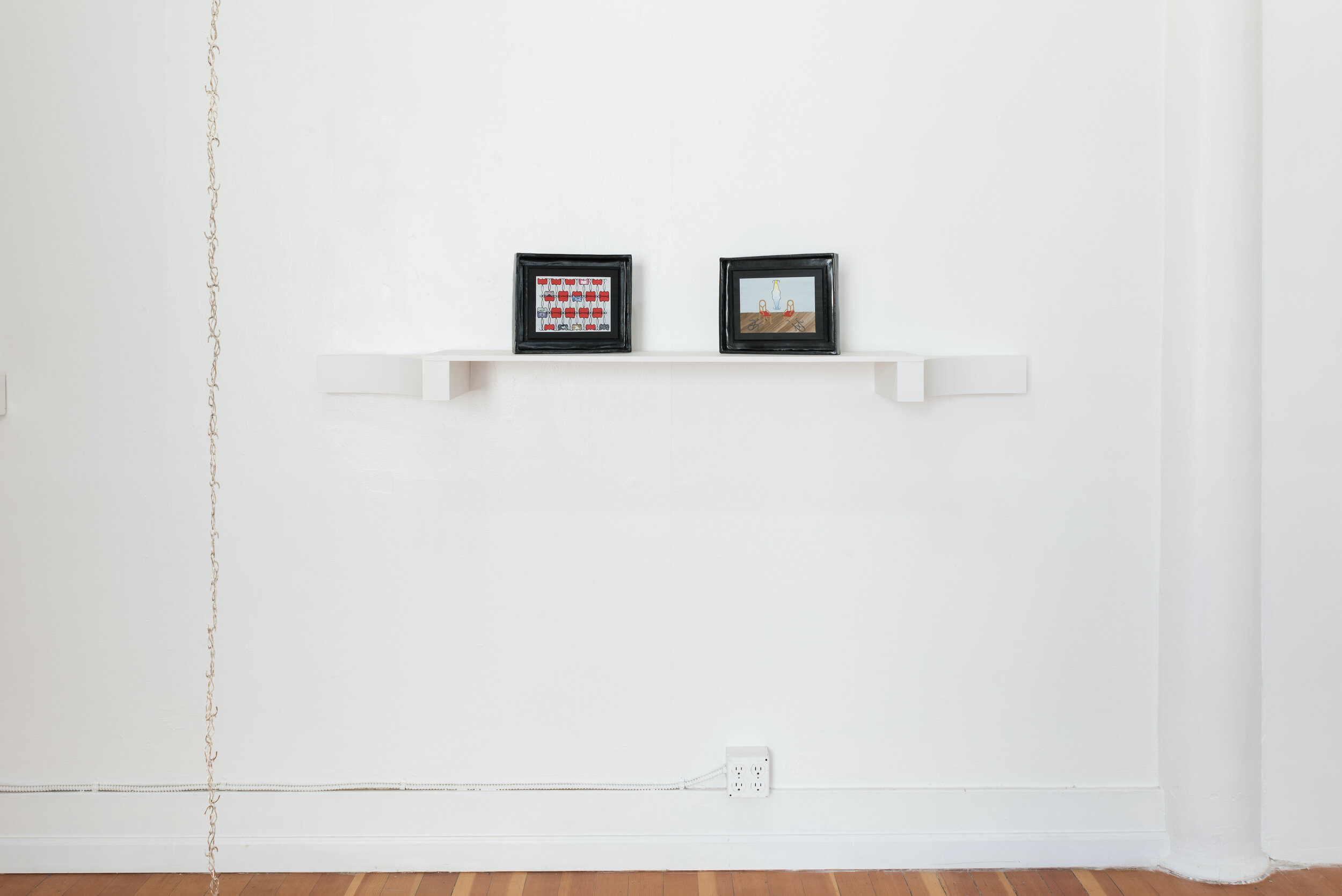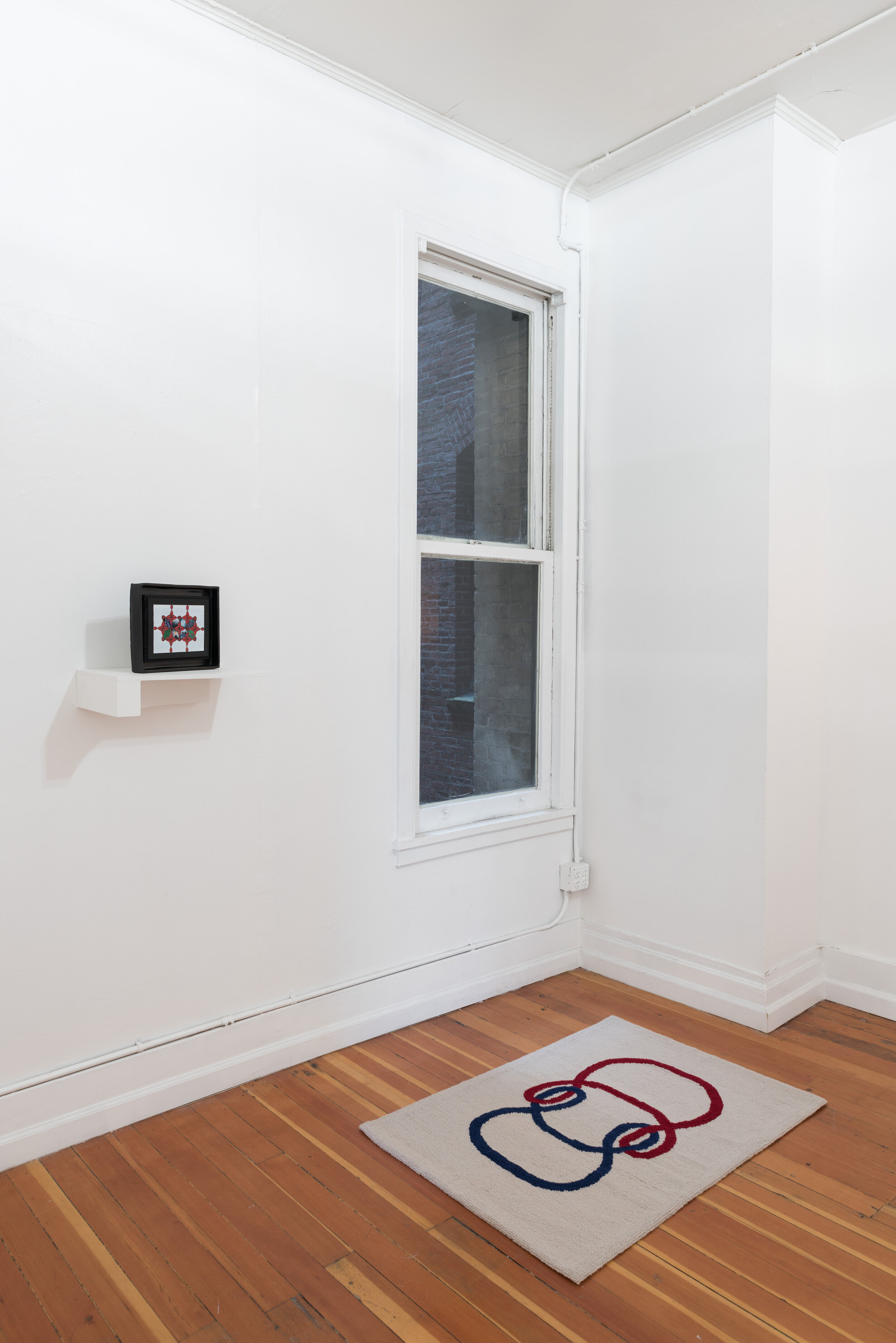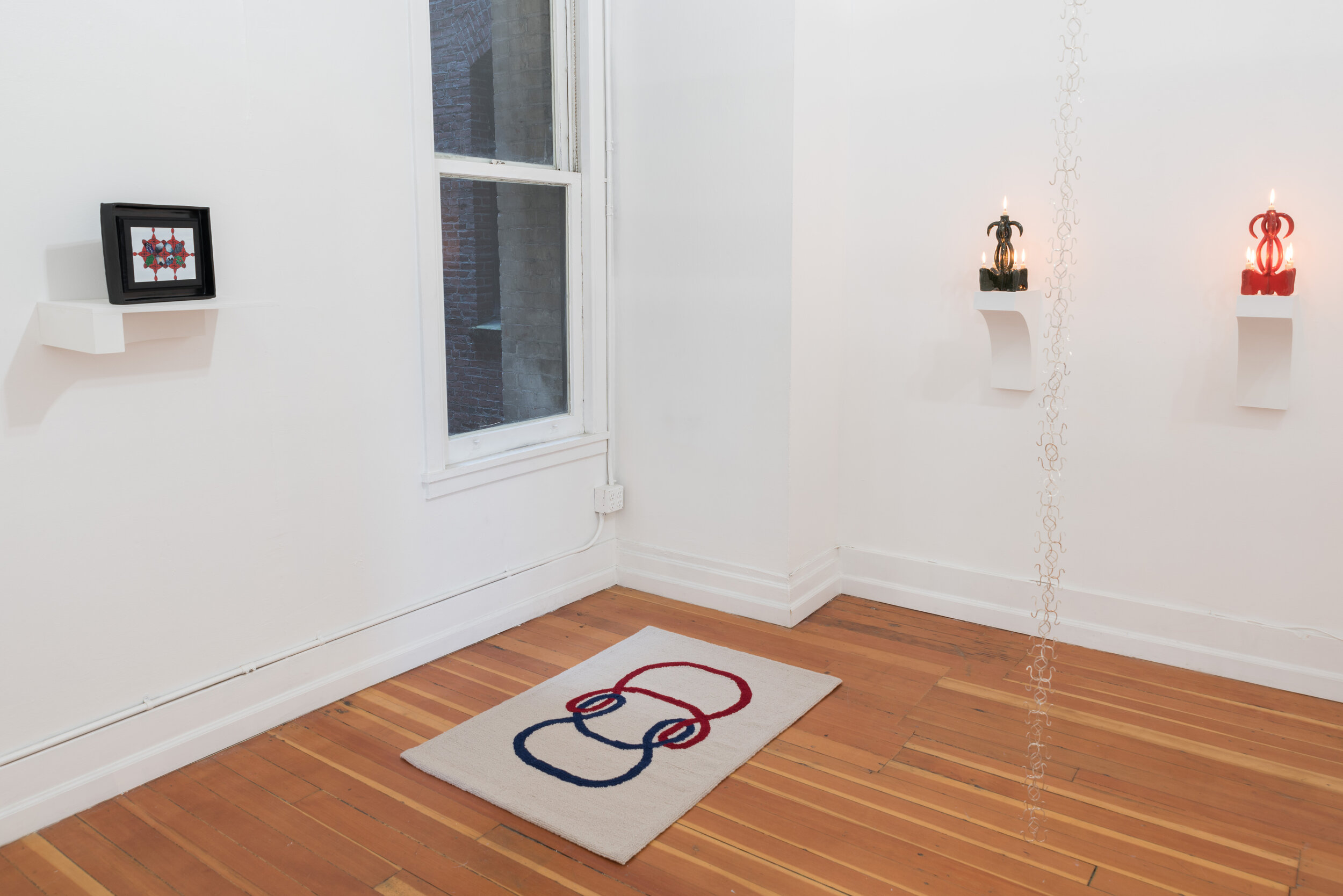Giantess
Rose Dickson
August 14 - September 27, 2020
@
Melanie Flood Projects
420 SW Washington St #301
Portland, OR 97204
Rose Dickson builds worlds where humans and objects share elemental bonds, and where balance is maintained by an endless negotiation between push and pull, barrier and passage. This entanglement of things is not scientific, instead it depends on an understanding that everything has a fundamental temperament, and that this temperament is often revealed through interaction. Dickson’s notebooks are filled with intuitive pairings of disparate things, weather patterns, furniture, human relationships. As a starting point she might take two familiar objects, a wooden table and a glass table, then hold the idea of these next to someone she knows well. The revelation in this process is that before any analysis the person in mind naturally gravitates toward one of the objects. Working backward from here, the pairing begins to make sense. If the person is more like the glass table, then they likely possess some of the latent associations with that object: transparency, fragility, sharpness. Dickson’s work mines this invisible network of connections, building a relational world where things define themselves by sounding against one another.
Engine Room (hand hooked rug) features two, wheel-shaped forms with pads resembling flower petals. Each petal carries a symbol ranging from familiar and domestic (a chair, two bells, a chimney) to completely abstract. The piece implies a synthesis at its center, where the overlapping petals generate a new form. One can imagine the engine starting, and the petals rotating to create endless new meaning. Engine Room follows a thread in Dickson’s work where domestic space and traditions of craft are recast as powerful and mysterious industries. It also points to the interrelated nature of this body of work. The jug featured on the green wheel existed first in ceramic, Double Vessel, and the chair on the same side appears again in her painting, Inflection Applies to Speech but is also Seen Here. We learn to read these symbols as ideas expanded by their continued expression through new mediums.
Reaching from floor to ceiling Dickson’s latching chains feature several interlinked pieces of hammered silver. At their large scale, the chains are delicate, thorny and sometimes forbidding. The individual forms that make up the chains rely on their own unique combination of friction and balance to maintain their shape. As the pieces organize into these large structures, they give clues about their temperament, some appearing to move upward against gravity while others barely seeming to hold together. The chains transform the gallery into a space that must be consciously navigated, and create natural superimpositions of their own forms onto counterparts throughout the space. The chains remind us of the role of these symbols in Dickson’s universe—infinitely scalable, both immense and molecular.
Silent Forces at Work (gouache on paper) depicts a burning house with red and yellow flames moving into a gray cloudofsmoke.ThepaintingpeelsbackalayertoshowtwoofDickson’ssymbols,inthiscaserepresentingair( ) tugging at fire’s ( ) edges. Their latched combination creates smoke. The piece shows the role these symbols play in their vast cosmology, and their flexibility as a new language. The same symbols that appear in elemental form here may also describe a person in Dickson’s life, or the style of communication between two people.
Dickson looks for meaning in the wealth of pre-language, pre-intellectual associations we carry with us. Her interest in human temperaments and relationships has expanded into a body of work that finds sympathetic vibrations across all things, and that aims at the gap between the nuance of our experiences and the language we have available to describe them. Viewing the work is not about solving its puzzles, but accepting the bundle of associations it transmits before we have time to think.

